Onto the Los Tres Volcanes.
This post comes from Salinas de Guaranda, a small village known for its cottage industry chocolate and cheese production. Rolling green hills surround the town and if you walk up the craggy ridge behind town it’s possible to catch a view of the glistening white summit of Volcan Chimborazo (6268m), our next destination.
We’ve taken two days off here to rest and for me to catch up with some work after a solid eight day stint of mountain riding. It’s been a zig zig path, at first following the Trans Ecuador dirt route to Quito and the Los Tres Volcanes bikepacking route through the stark volcanic landscape and open páramo flanking Volcan Cotopaxi, then towards the crater lake of Quilotoa and finally to within a day’s ride of Chimborazo. We’ve rarely been below 2800m and every day have crossed passes over 4000 metres, making riding at this elevation the new normal. It’s amazing seeing how our bodies have adapted. The following images cover the section of the ride from Otavalo to Lasso, where the Los Tres Volcanes route crosses the Pan American Highway.
We’d had a day off in Otavalo to recover from the gruelling 10 hour hike-a-bike (last post) that had carried us up to the spectacular sweeping páramo of the Reserva Cotacachi Cayapas. Out of Otavalo the Trans Ecuador MBR goes straight into a 18km / 1300 metre climb to access the Páramos de Mojanda. Climbing on these cadence killing cobbles soon has us realising we were far from recovered.
But we quickly left town behind, climbing past the last few basic mudbrick homes and small fincas.
The páramo above Otavalo doesn’t quite have the remote feel of our previous days, but it’s a perfect spot to spend the night nonetheless. With such a sweet spot to camp it seemed silly to ride any further, so we stopped while the sun was still above the ridges and snoozed the rest of the afternoon away.
In the morning we climbed up above the laguna to a saddle and a long long windy descent on dirt down to Malchingui. On the way we spotted an Andean fox. They’re quite large; like a cross between a coyote and a fox, with a long bushy tail with a black tip. We’ve seen one more since too.
We took a short break in the sun in Guayllabamba and sat in the plaza watching this pig, which was complete when we arrived, be slowly cut up with a hacksaw for passing customers.
A mellow climb on double track led through a now much more arid environment, on the edge of a canyon, as we climbed up to El Quinche.
A typical menu del dia (daily special) meal here costs US$2-3 and usually comes with chicken soup for starters, if you’re lucky you’ll get a drumstick, but sometimes it’s a bit of neck or some feet. The feet are fatty with little dregs of meat, but at the end of the day it’s all calories for the road. More importantly it’s refreshing to see how no part of the animal is wasted here. Street side BBQs that we pass are often selling nothing other than chicken feet and necks.
After El Quinche the route picks up an abandoned rail line which it follows right to Tumbaco on the outskirts of Quito.
Tumbaco is well known among cycle tourists exploring Latin America, it’s the home of a legendary Casa del Ciclistas that’s been run by Santiago and his family for over 25 years. When I say ‘run’ it’s a very casual arrangement – you simply turn up and they have available grass to camp on, water, a cold shower, and a basement for cooking and lounging in. It’s very basic, but over the years it’s been a free refuge and meeting place for hundreds of cyclists.
Unfortunately I’d picked up a stomach issue en-route (symptoms started well before the chicken feet!) and was violently ill not long after we arrived. On the upside though we met Rich Lytle that evening, a fellow bikepacker who is equally enthusiastic to explore Ecuador via the mountains and dirt roads. We’d met Rich a couple of times before in Colombia, but each time we were headed in different directions. Finally in Quito our plans have coalesced and we’ve been hanging out and riding together for the past two weeks.
Rich started his tour about a year ago, although his itinerary has been quite a bit more convoluted that ours, complicated considerably by the theft of his bike in Bogota; when a man spent over 45 minutes apparently befriending Rich before tricking him into handing him his bike (so he could ‘see what it weighs’), at which point the man hopped on the bike and sped off.
The following day was bike maintenance day: new chains and new rear tyres for starters, until we realised we both needed new chainrings too (a 22T for Hana and a 40T for me), so we packed up camp at the casa and rode into Quito in search of parts.
Stretched out along a narrow mountain plateau and overlooking a deep canyon, Quito is in a grand location. There are comparisons to Bogota: the city is at 2800m and sprawls below a mountain backdrop. But Quito has a far more intact and beautiful historic centre. Where Bogota is a rough mix of colonial, modern and the decrepit, Quito’s centre is full of history and well preserved architecture. It’s attractive and invites you to explore.
Like Bogota, barrios sprawl up the steep mountainsides.
But the historic centre not only feels safer, it’s compact and cared for.
Despite containing a number of reasonably high end bike shops and a Shimano dealer, Quito shops don’t stock a wide range of parts. It took several shops to find a 22T chain ring and I had no luck at all finding a 40T (96bcd). A note to south bounders coming from Colombia, buy anything you think you might need there and even consider sending parts ahead – Colombia’s shops are much more comprehensively stocked.
After two days in Quito we biked back out to Tumbaco and then up to Palugo Farm on the edge of Pifo. This organic permaculture farm and outdoor school is run by the Dammer family; a name that has become synonymous with hardcore mountain bike adventures throughout the Andes. Along with Cass Gilbert (While Out Riding), the Dammer brothers (there’s three) are behind the bike exploration that has resulted in the Trans Ecuador Mountain Bike routes (dirt and single track) as well as a number of other bikepacking routes.
One of the brothers, Michael, with his partner Marcela (pictured) has lived in New Zealand, in the same town we’ve lived in, in a flat with friends of ours, but due to our travels our paths have never quite crossed, until now. Our timing was a bit off though, as Michael, Thomas and Mattias were off exploring a new bike route in Bolivia during our visit. But we still spend a great couple of nights at the farm in the company of Marcela and Marcia (Thomas’ wife) and the extended family.
A hallmark of the Dammer brother’s style is their use of natural materials, and their incredible self built, off grid homes that combine a very fluid, organic design and construction. These images are from Thomas and Marcia’s home, which is truly a work of art and a beautiful space simply to be in.
After a great day hanging out at Palugo Farm we finally hit the road in the company of Rich (Rich World Travels) and followed pavement most of the way to Pintag where the Los Tres Volcanes route commences. We stocked up on food for three days and hit the cobbles in the direction of Cotopaxi National Park.
Despite waiting out the worst of Ecuador’s wet season by extending our ride in Colombia, we’re still copping almost daily rain and sometimes mud. Though we’ve been very lucky with the latter so far.
Finally we left the farm road cobbles behind and climbed further onto the páramo, by now swallowed in afternoon mist and cloud.
And then dropped onto the broad volcanic plains surrounding Cotopaxi – but sadly this was the best view of the mountain we got in three days.
We camped for the night in the canyon of the Rio Pita, sheltering from the drizzle in a shallow cave to cook dinner for the night.
And in the morning climbed closer to Cotopaxi on a series of rough tracks that wove past small streams and through mossy boulder fields.
Rich is riding a newly built Tumbleweed Prospector, equipped with a Rohloff internally geared hub. He’s loving the bike so far.
Hana and I are often tweaking our loads and equipment depending on the climate we’re riding in. Ecuador is notorious for fickle weather and cold and damp even outside of the wet season, so we have full wet/cold weather clothing on board, but we’ve both discarded a few items to save weight for Ecuador’s tough riding and inevitable hike-a-bikes. It’s been a good move. I’m down to one pannier now (essential due to my laptop), and it’s been liberating. Pushing the bike is simpler now and it’s easier to lift over streams and rocks. I thought that a single pannier would make the bike handle badly, but the truth is I have hardly noticed it.
Rich detoured at this point to take a second breakfast at Tambopaxi lodge, while we pressed on into a persistent headwind and occasional drizzle.
Despite the weather the landscape was consistently beautiful and the riding excellent on smooth volcanic soil.
As we crested the saddle on the eastern side of Cotopaxi the rain and wind kicked in harder and we rode straight into its teeth until we could hide behind a boulder for lunch. But what a place to be riding a bike!
We rode downhill, sometimes on singletrack and sometimes on stony roads.
After a stretch of pushing and riding across swampy páramo we passed some straw-roofed farm buildings, crossed a river and turned south west, the wind and drizzle finally to our backs – giving us a gentle hand as the route begins a long and gradual climb to a saddle at 4100 metres.
The road petered out at Tambo, nothing more than a few rustic straw-roofed farm buildings, and from there it was back to pushing and riding over the open páramo. The route here is marked as a road on the map, but in reality it’s nothing more than a wide swathe of swampy, shorter grass, through a tussocky landscape.
In the late afternoon we spotted a choza (shepherd’s hut made from sod and straw), sadly it was locked, so we made ourselves at home among the dust and cow shit in the porch, brewing up, eating and hoping the rain would stop long enough to pitch the tent. All the while we wondered if Rich might pop out of the mist – assuming him to be an hour or two behind us.
There’s a volcano out there somewhere. A gloomy afternoon faded into a misty darkness and still no sigh of Rich. We figured he might have sweet talked his way into some shelter back at Tambo.
Morning brought some patches of blue sky and rainbows. Things were looking up!
But half an hour later the cloud base dropped and it was drizzling again. There was water everywhere – as if it hadn’t actually stopped in weeks: puddles, swamps, streams and water courses running all over the grasslands.
As we began the long hike-a-bike up to the saddle we seemed to leave the perma-drizzle of the basin behind.
Four horsemen appeared over a ridge and passed us by, headed to the settlement at Tambo. It was a virtually wordless encounter, and soon they were dots in the distance.
The main hike-a-bike over, we coasted across grass to the final push to the saddle.
We crossed the 4100 metre saddle and followed muddy single track and then a grassy ridge that soon connected us to a road. A liberating moment! We were free to pedal and coast and make some real progress at last. And even better, we’d left the worst of the rain behind.
The road rode like singletrack at first, as we sped down the long gentle ridges with a boisterous tailwind.
And then blissfully smooth double track. We dropped hundreds of metres, into pine forest, before making a steep climb and a final descent down to the warmth of Mulaló at 3000 metres and finally Lasso at the Pan American Highway.
We found a room for the night at the Cabañas Los Volcanes – a really pleasant family run hostel (US$12 each + $3 breakfast) and soon realised Rich was there too. After leaving Tambopaxi Lodge, he’d ridden for an hour along our route before realising he’d left his backpack behind. By the time he’d backtracked and collected it it was well into the afternoon, so he decided to detour and take the main road (TEMBR dirt route) that climbs up to 4000m on Cotopaxi. He hiked higher, then spent the night and rode out to Lasso the next day.
More soon from the remainder of the Los Tres Volcanes. One down (with no views) two to go…
Do you enjoy our blog content? Find it useful? We love it when people shout us a beer or contribute to our ongoing expenses!
Creating content for this site – as much as we love it – is time consuming and adds to travel costs. Every little bit helps, and your contributions motivate us to work on more bicycle travel-related content. Up coming: camera kit and photography work flow.
Thanks to Biomaxa, Revelate Designs, Kathmandu, Hope Technology and Pureflow for supporting Alaska to Argentina.

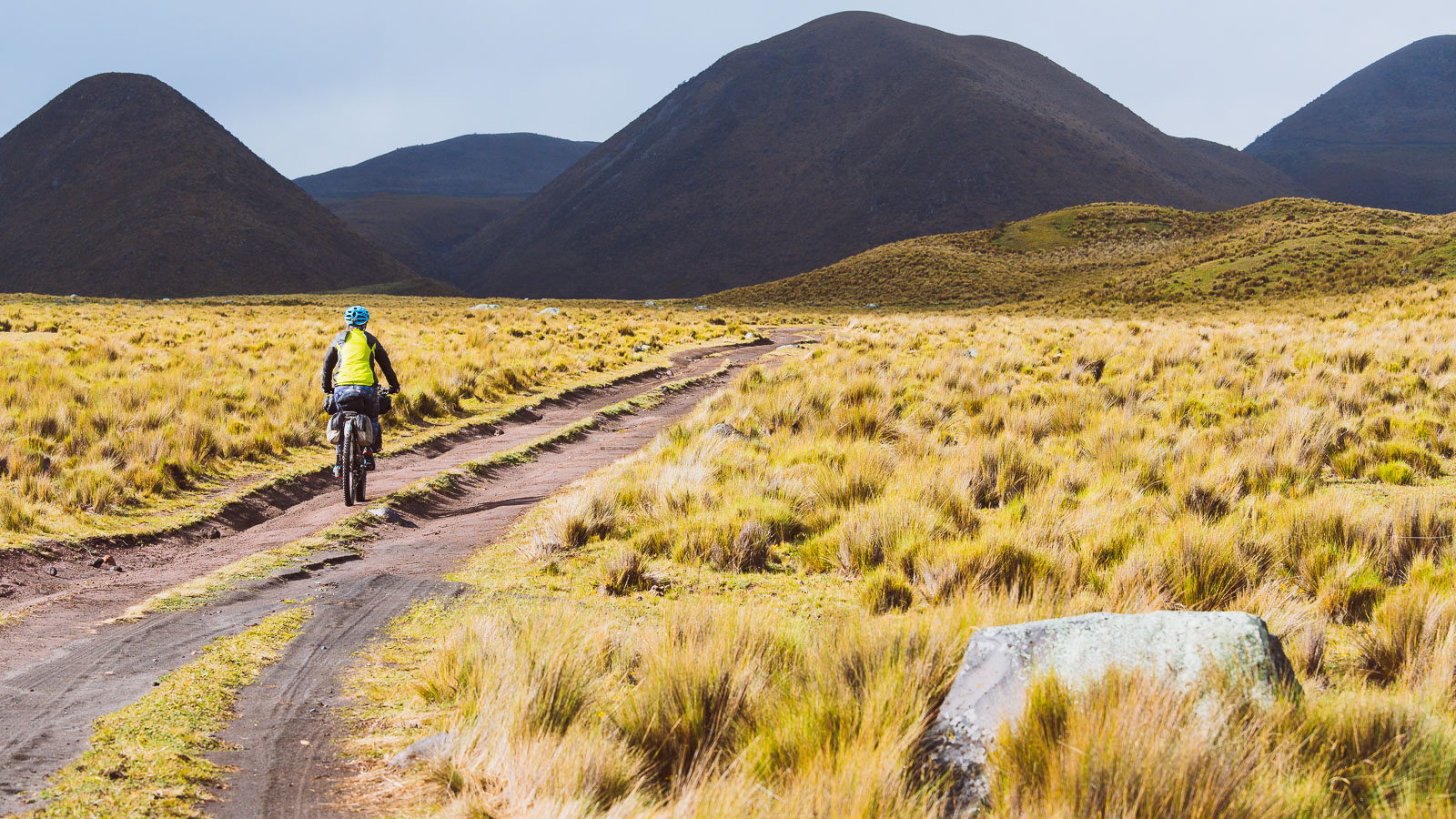
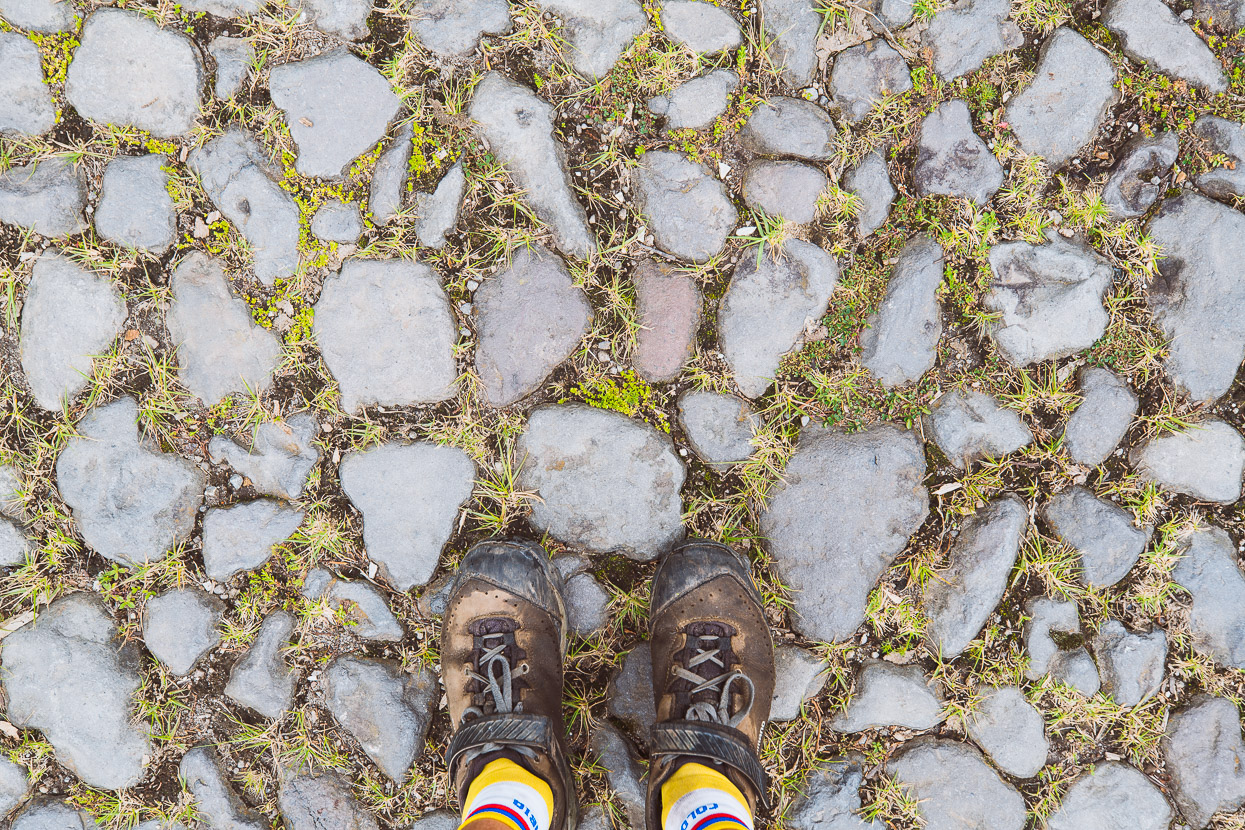
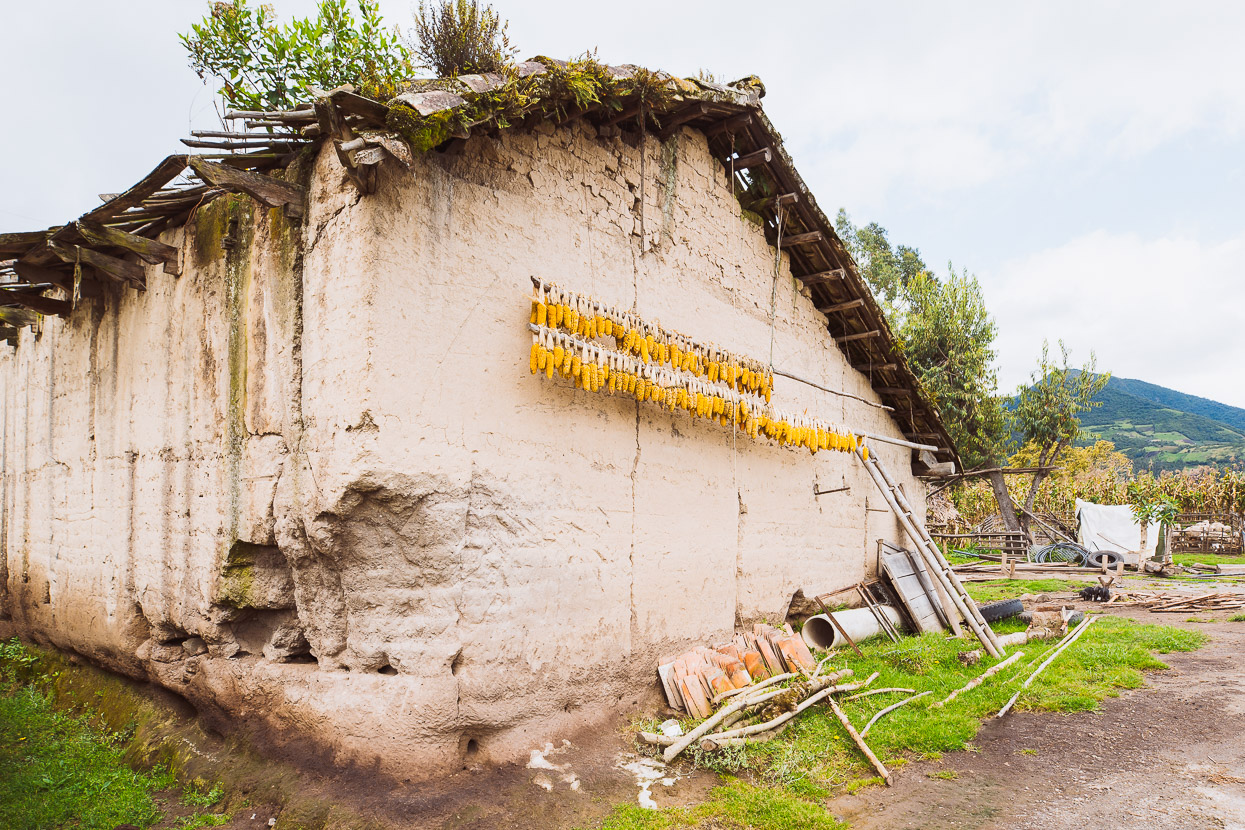
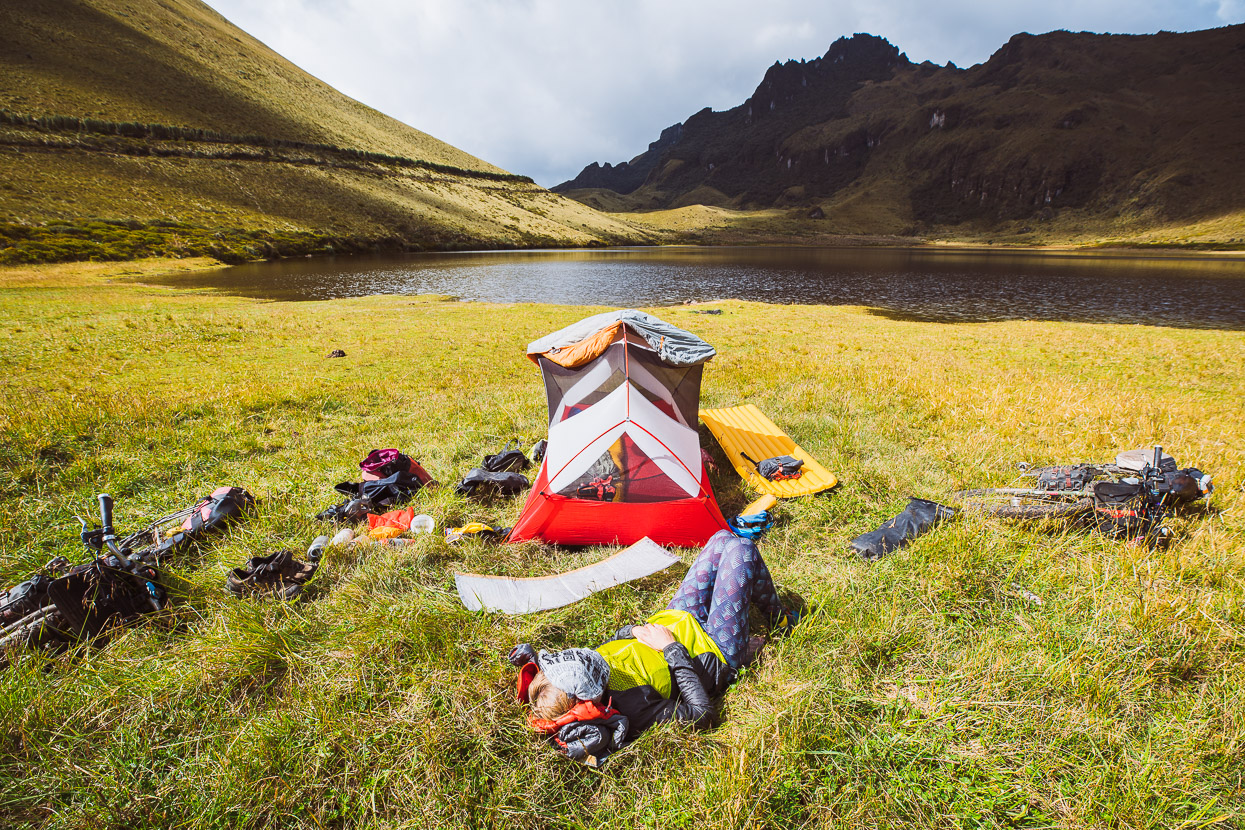
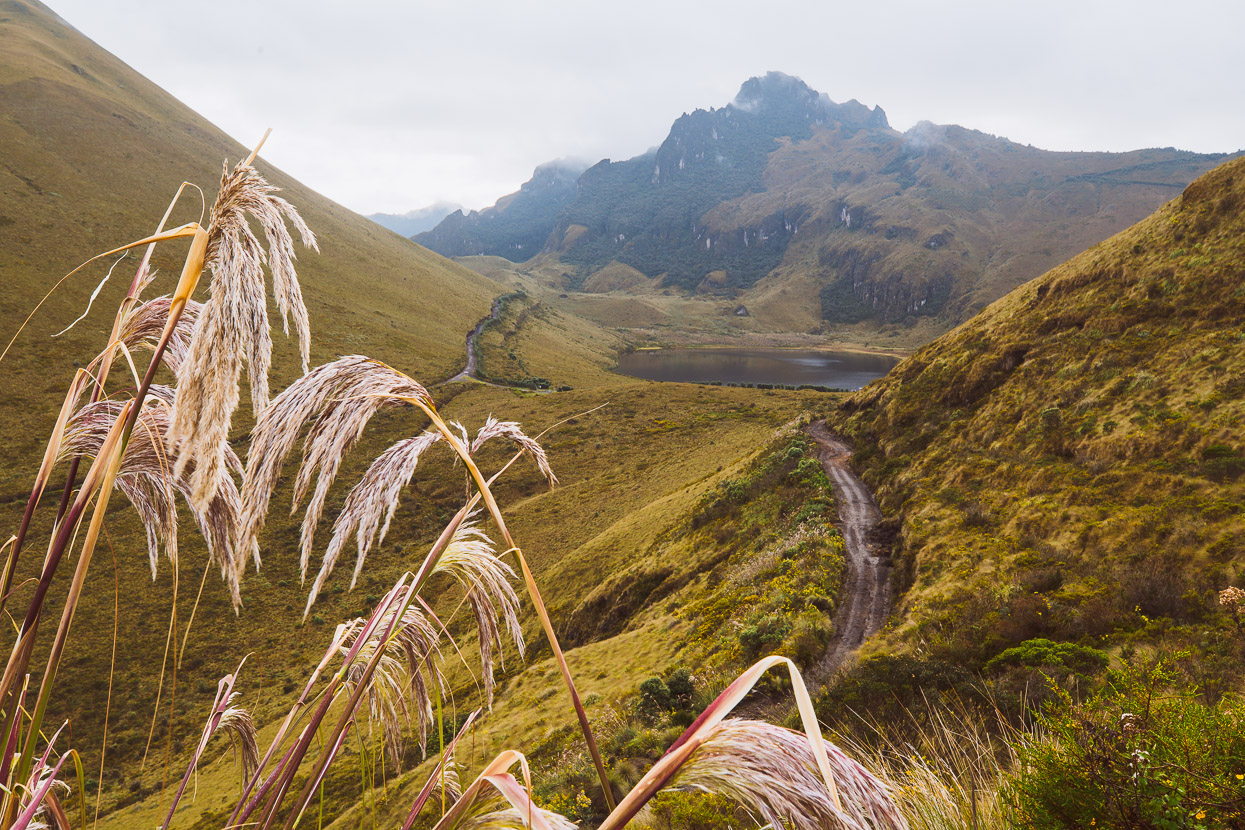
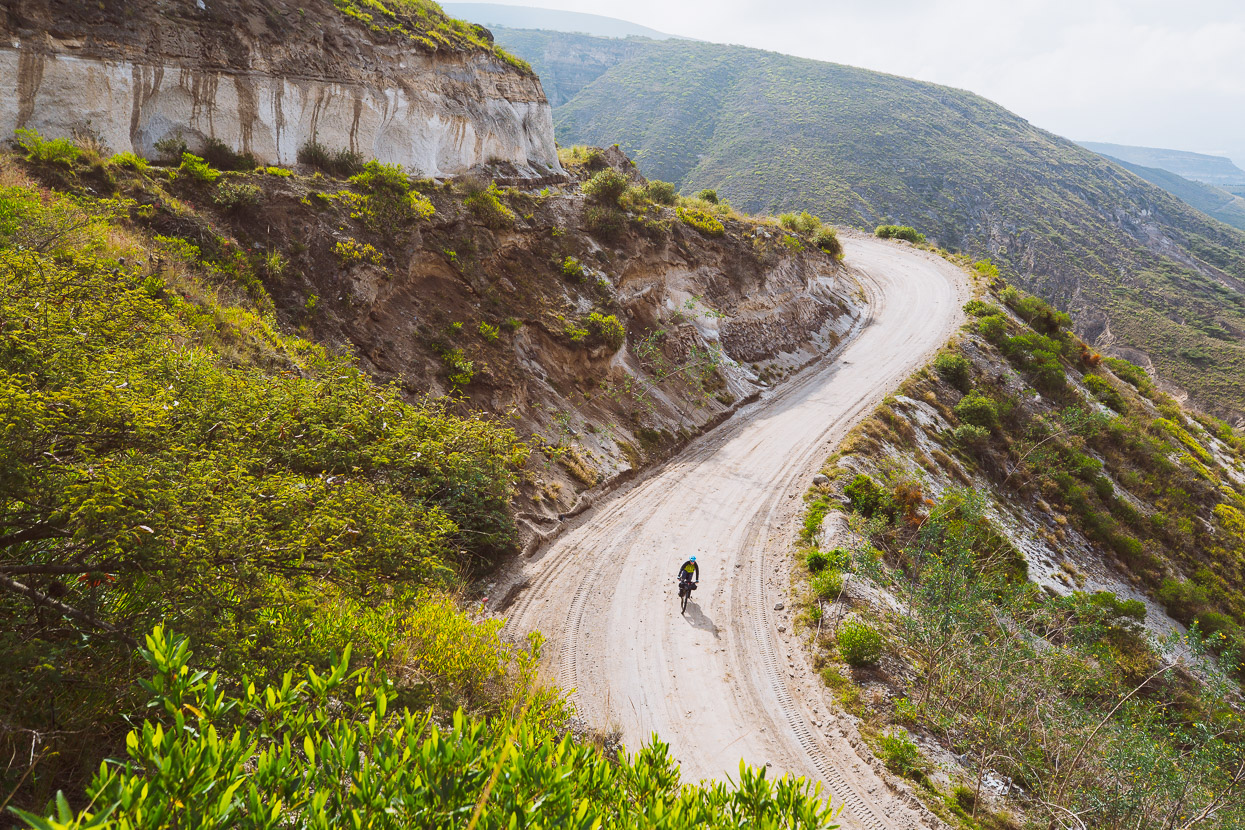
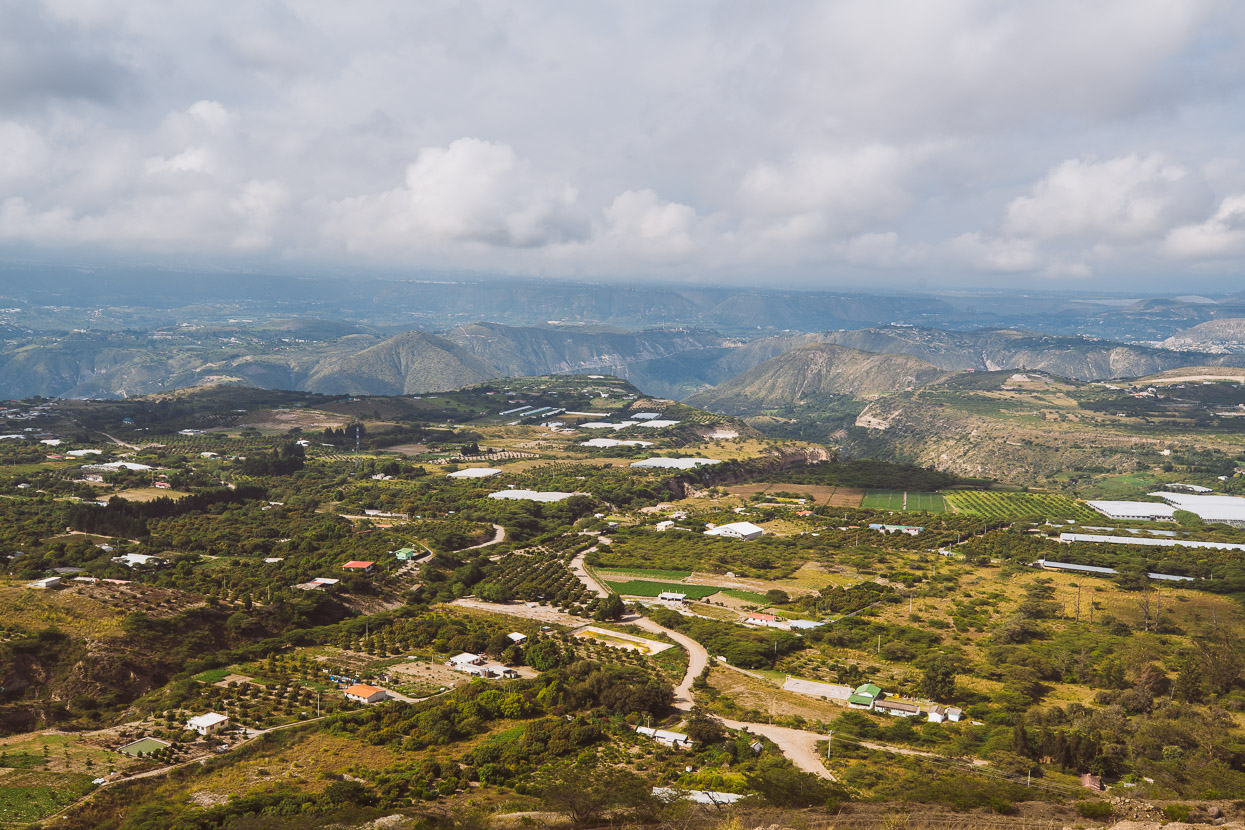
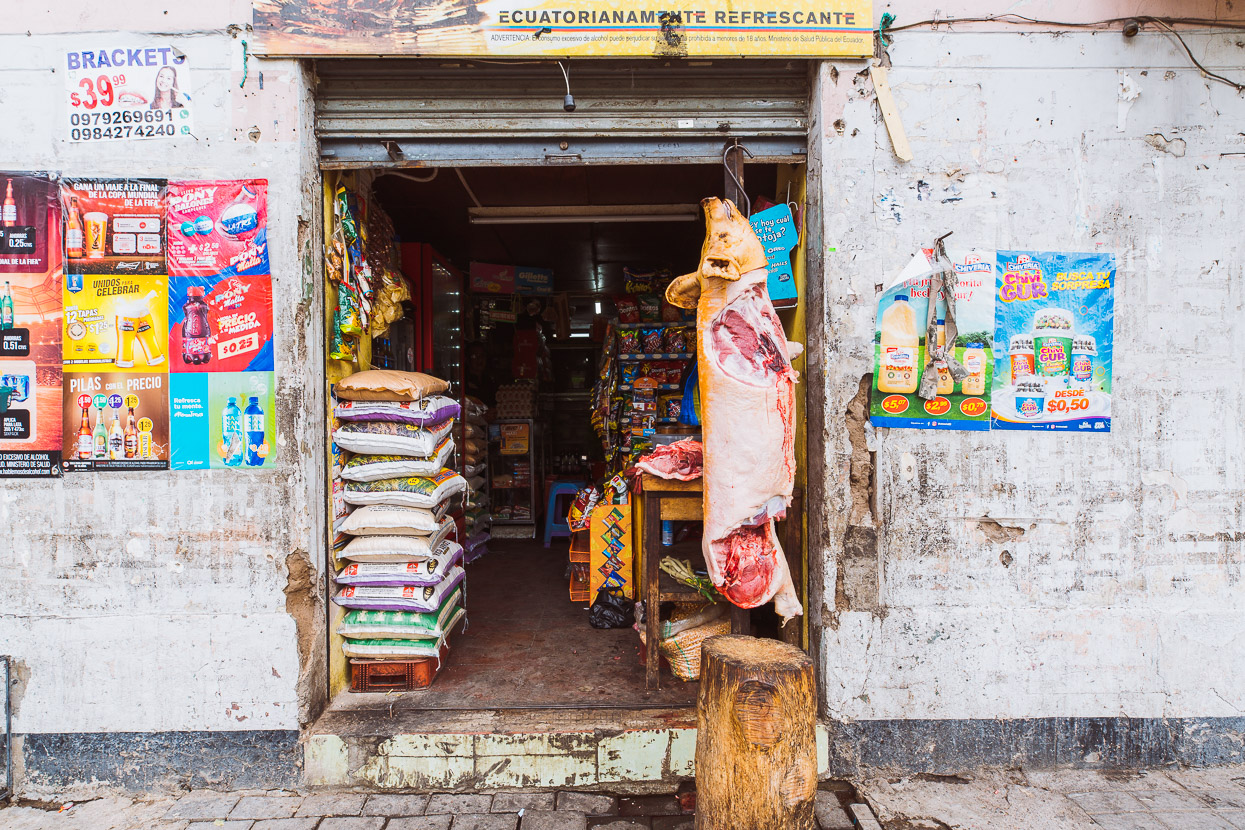
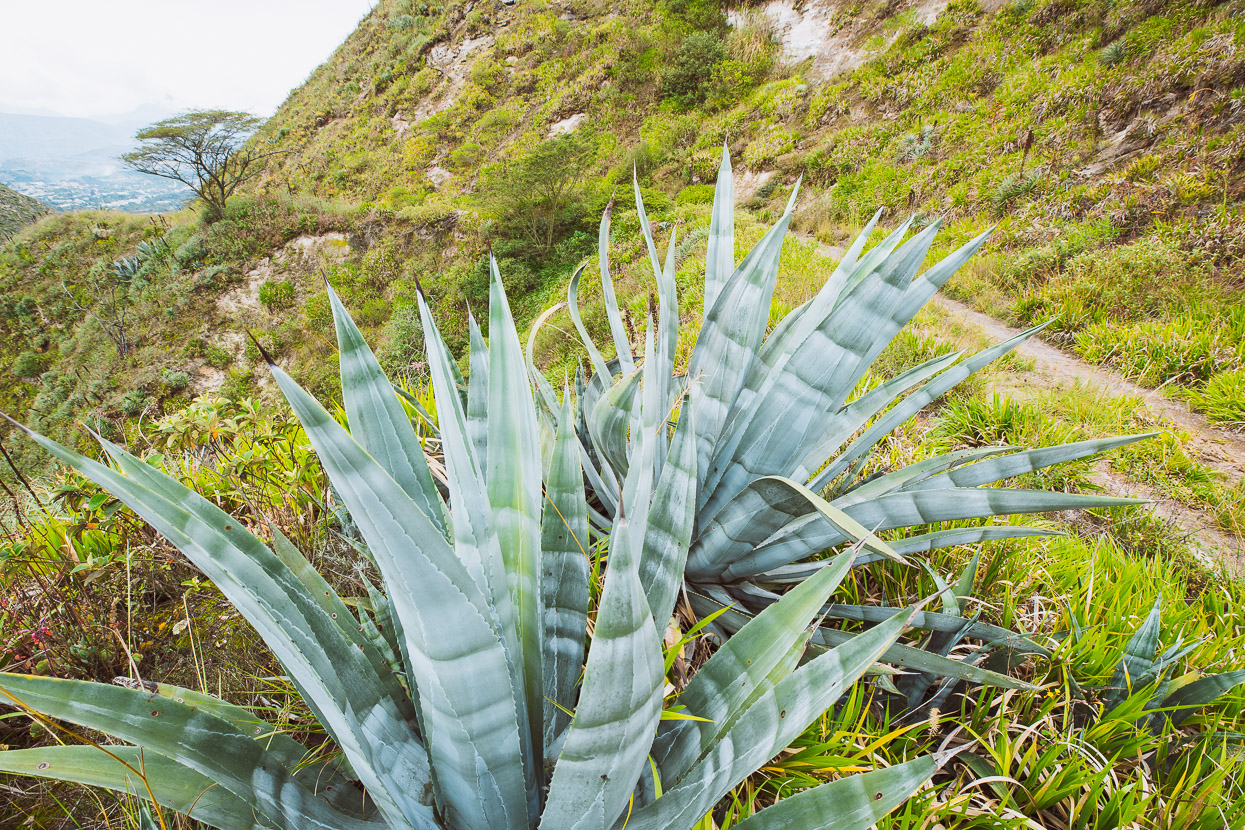
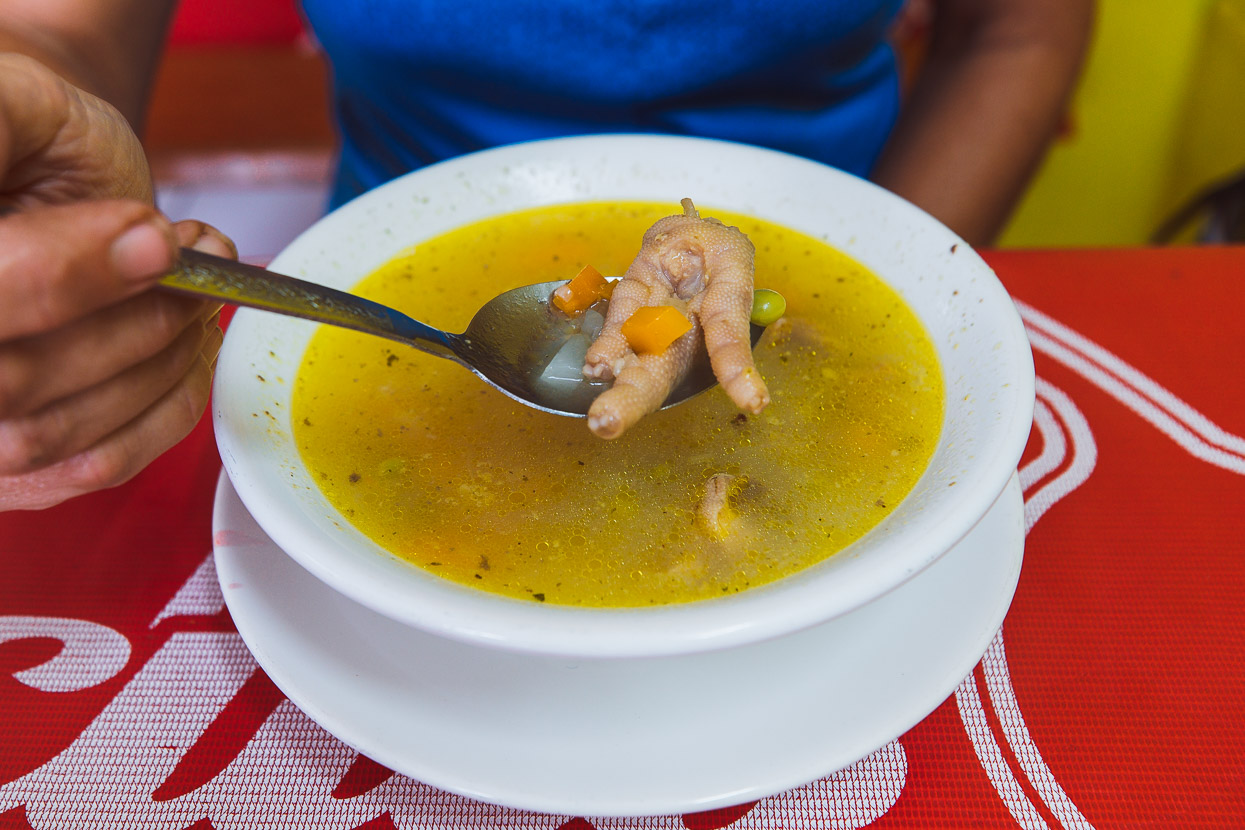
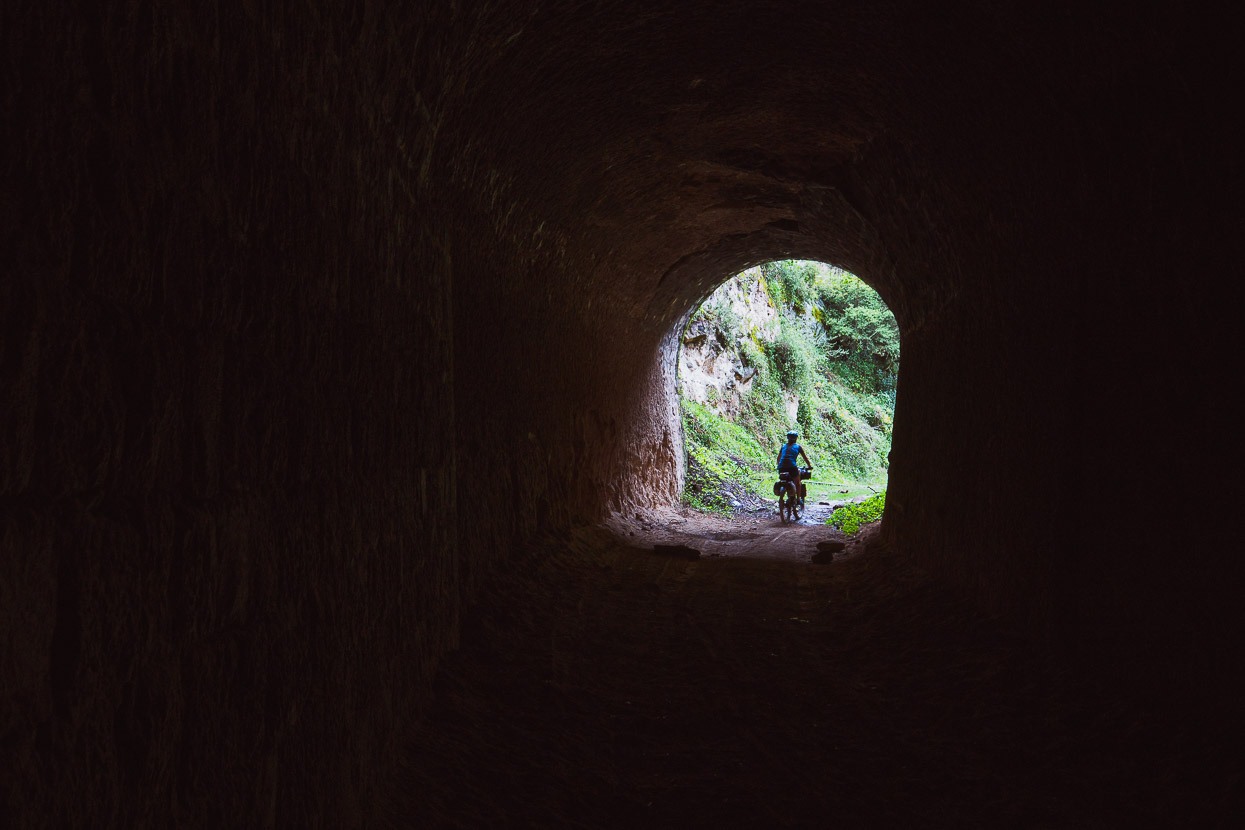
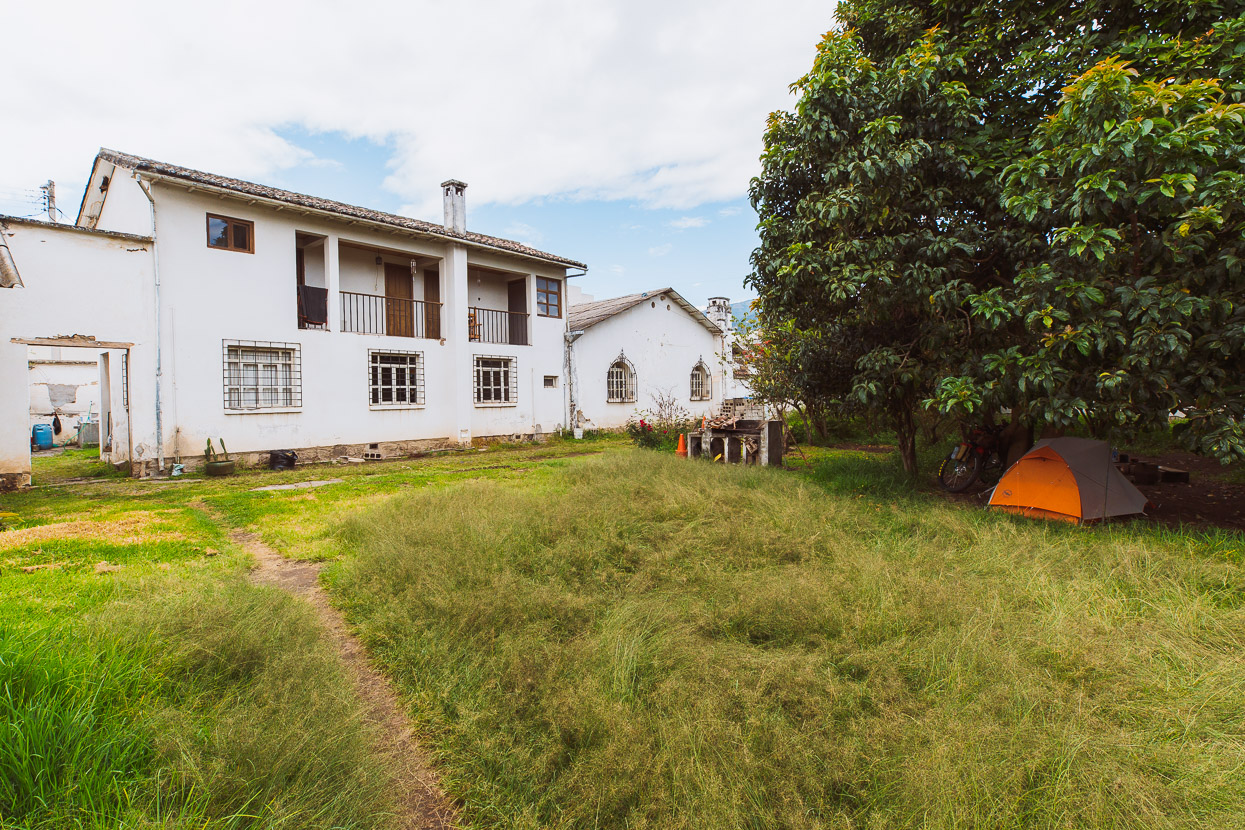
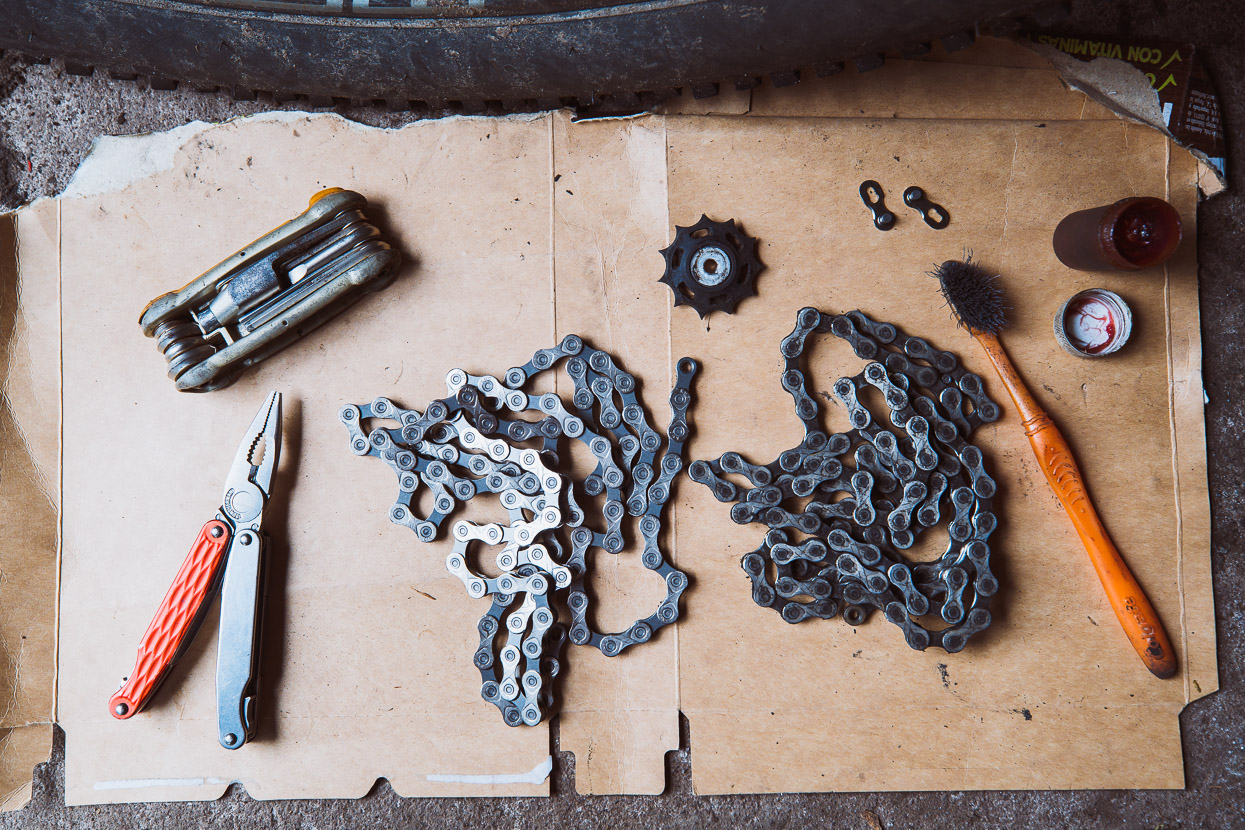
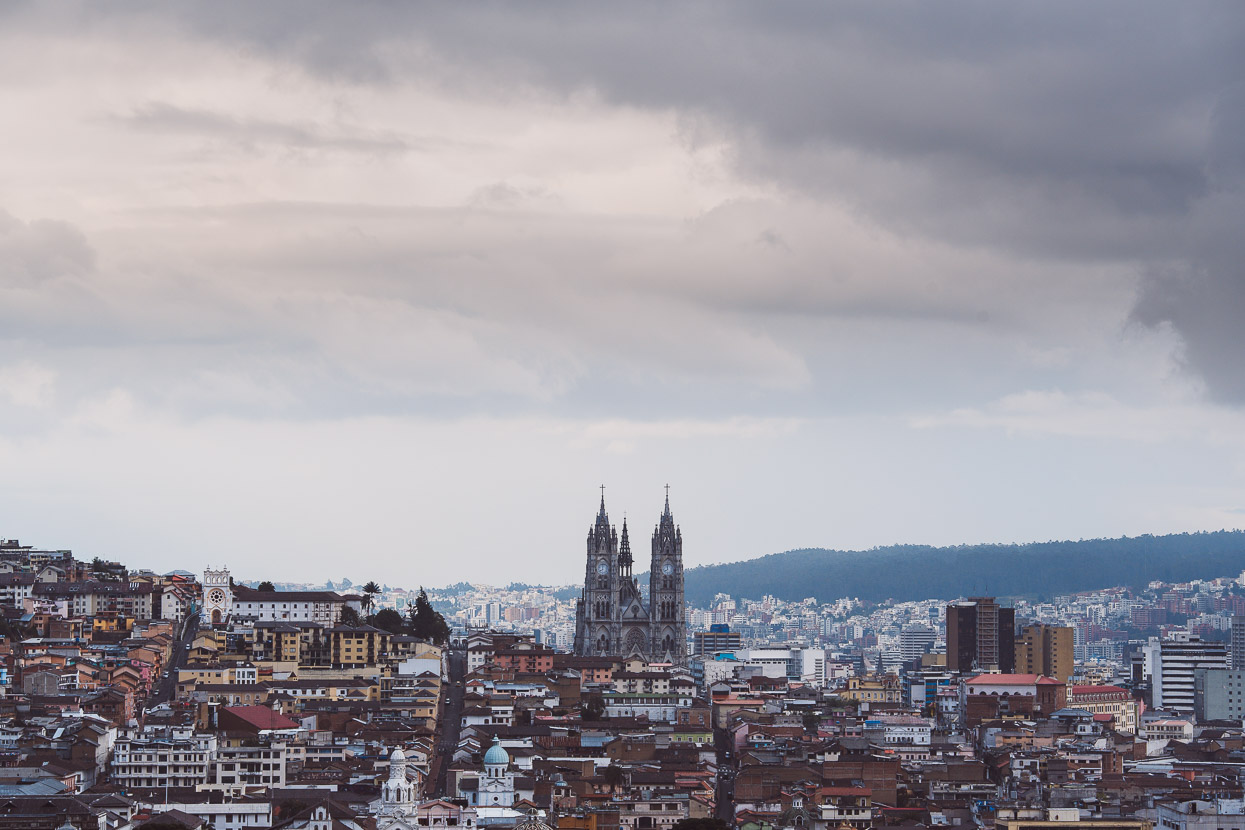
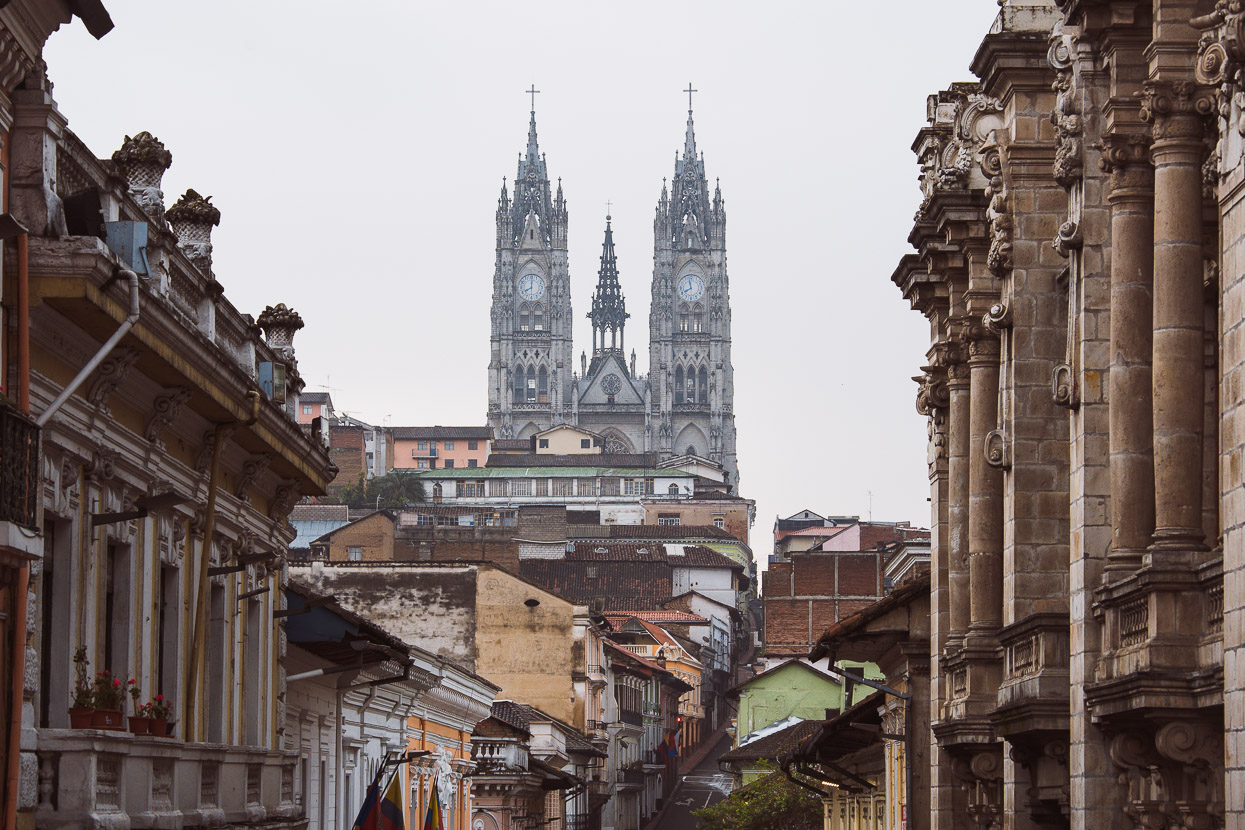
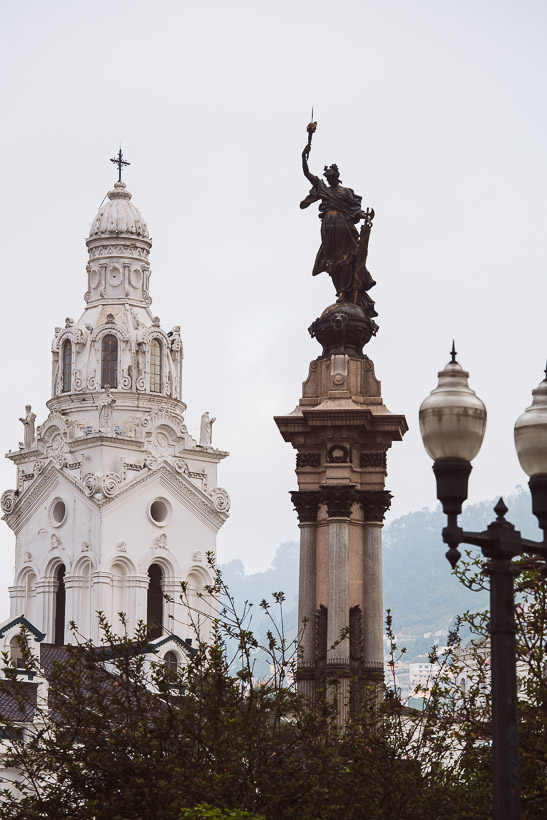
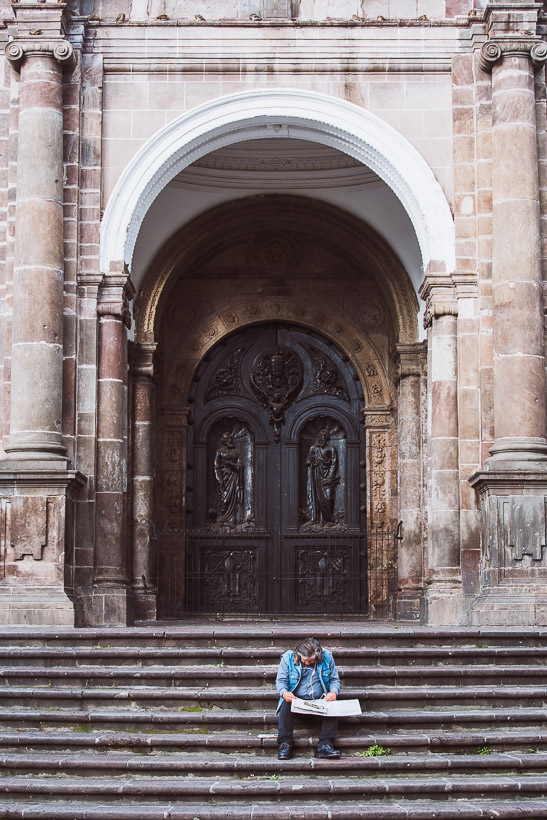
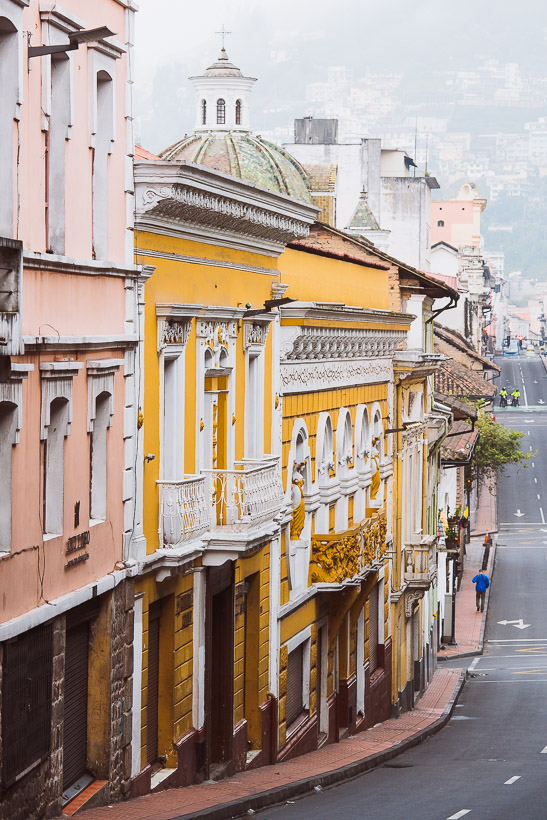
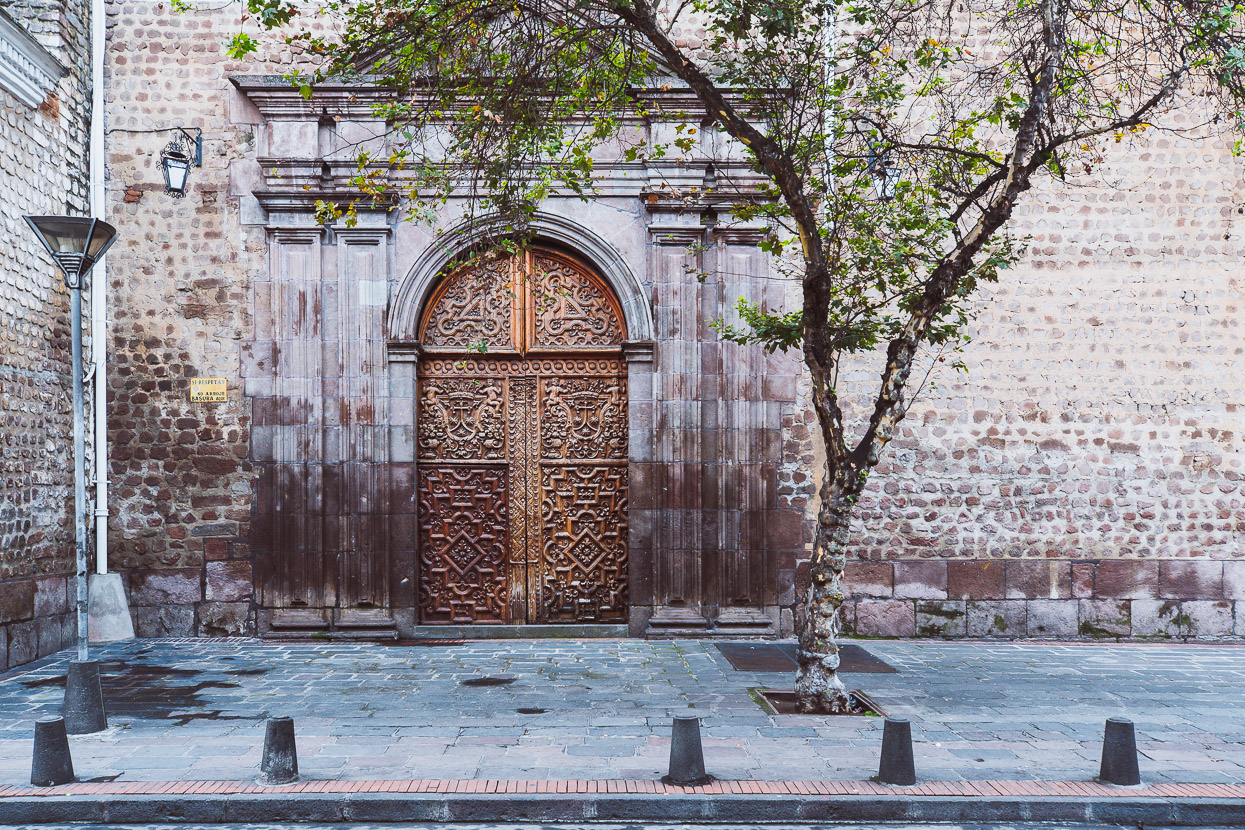
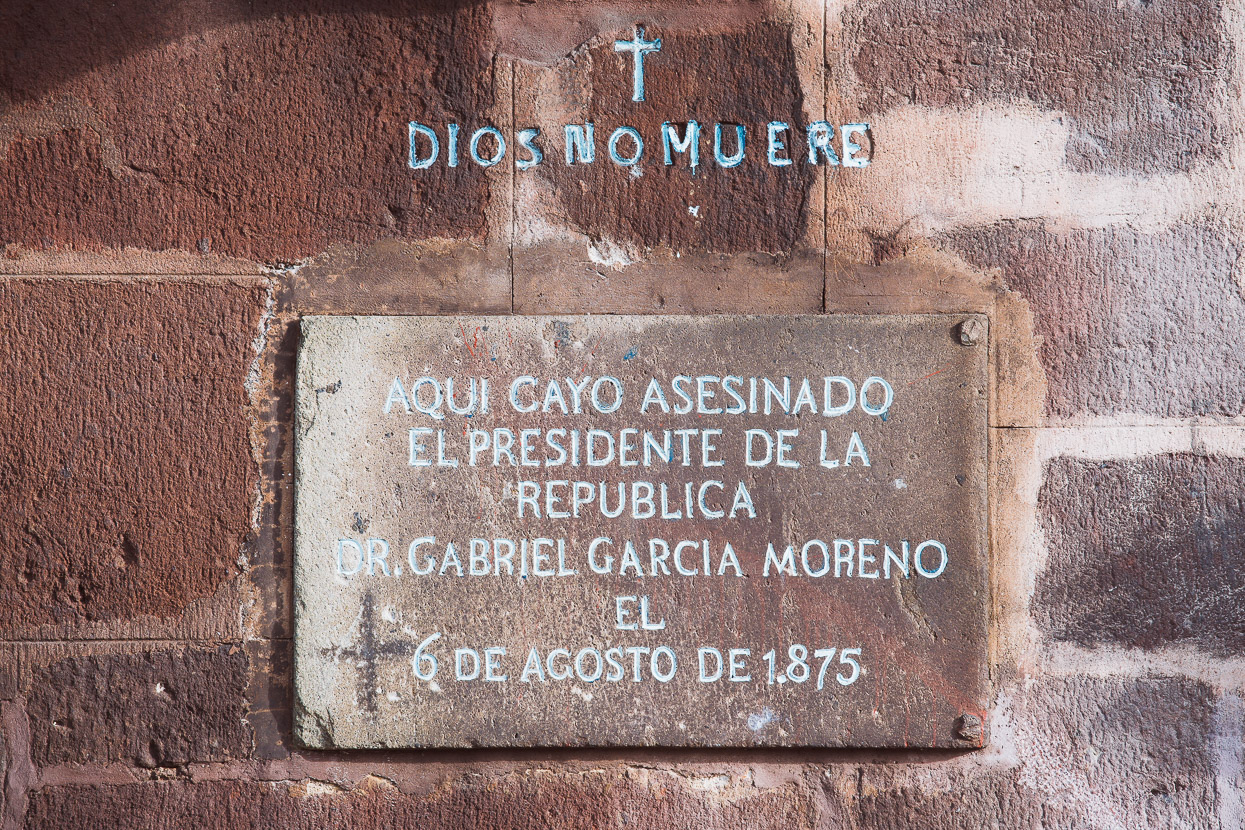
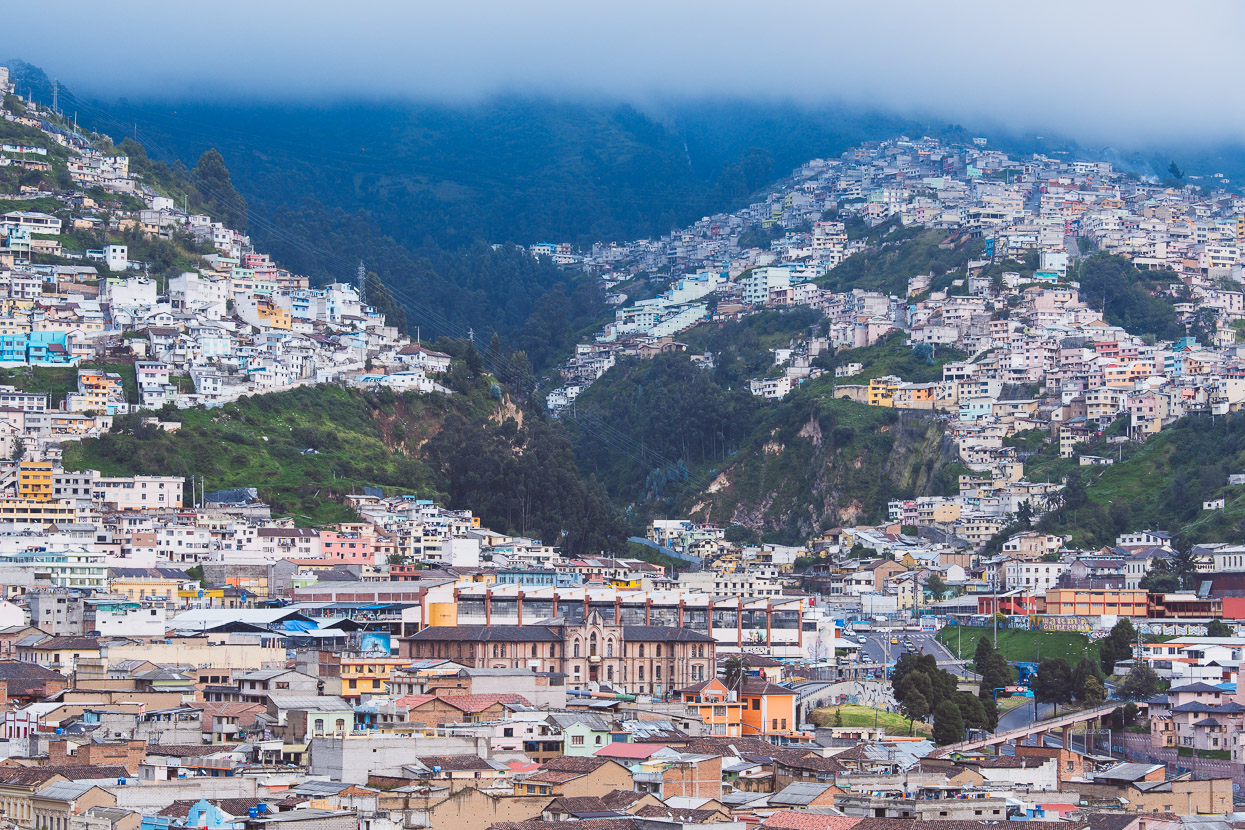
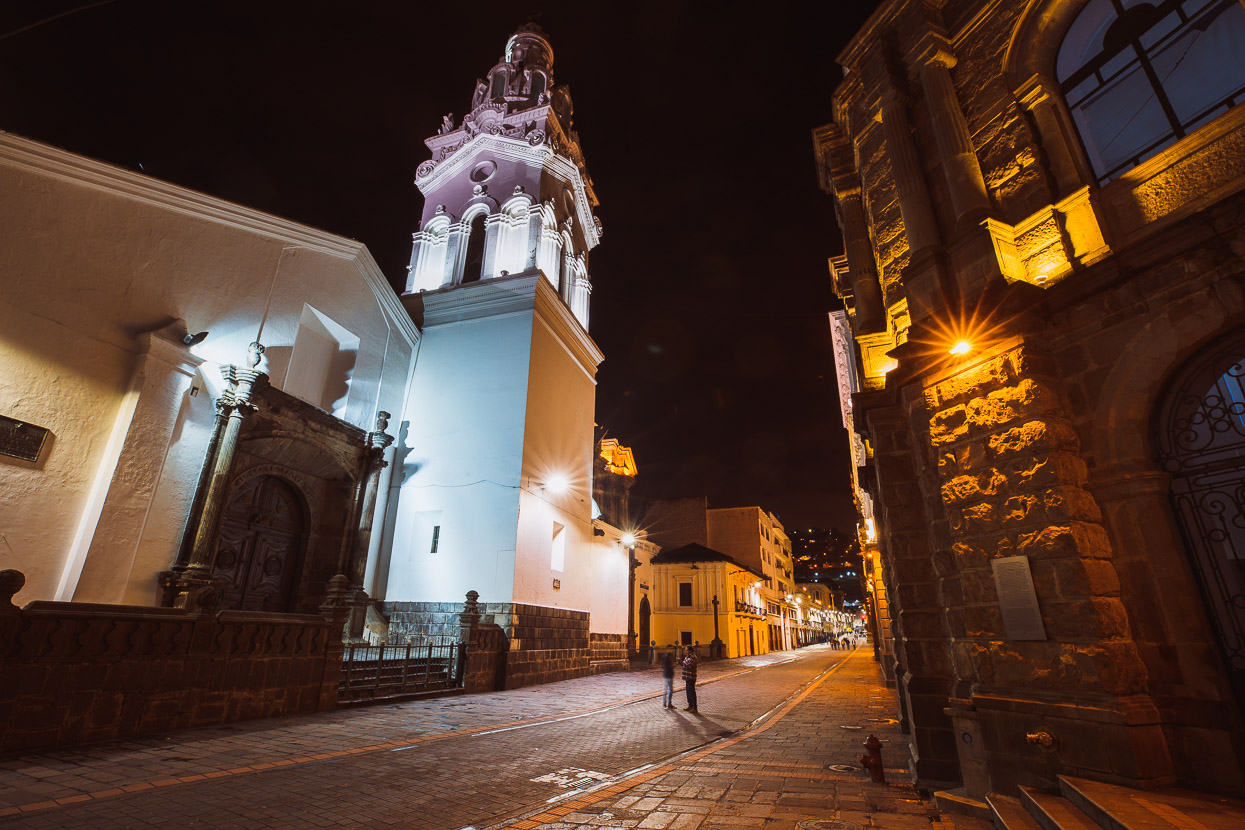
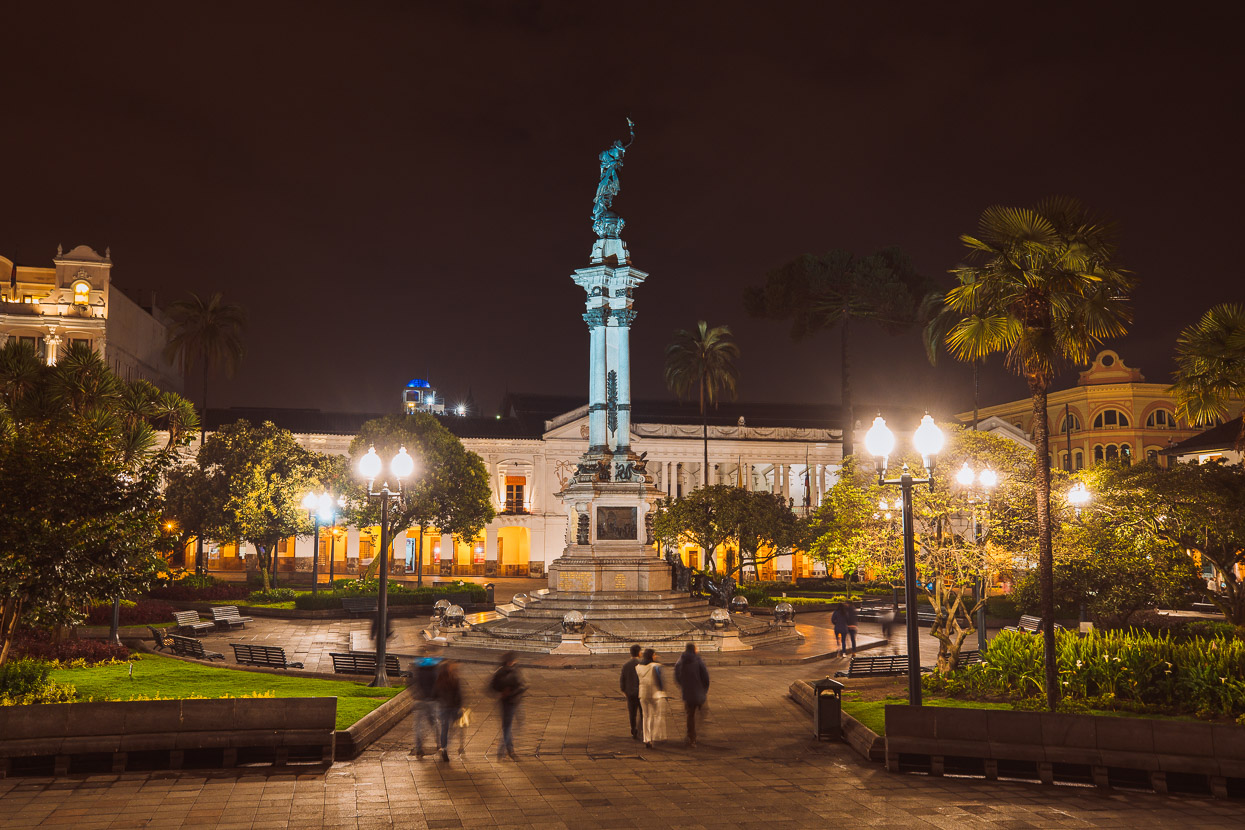
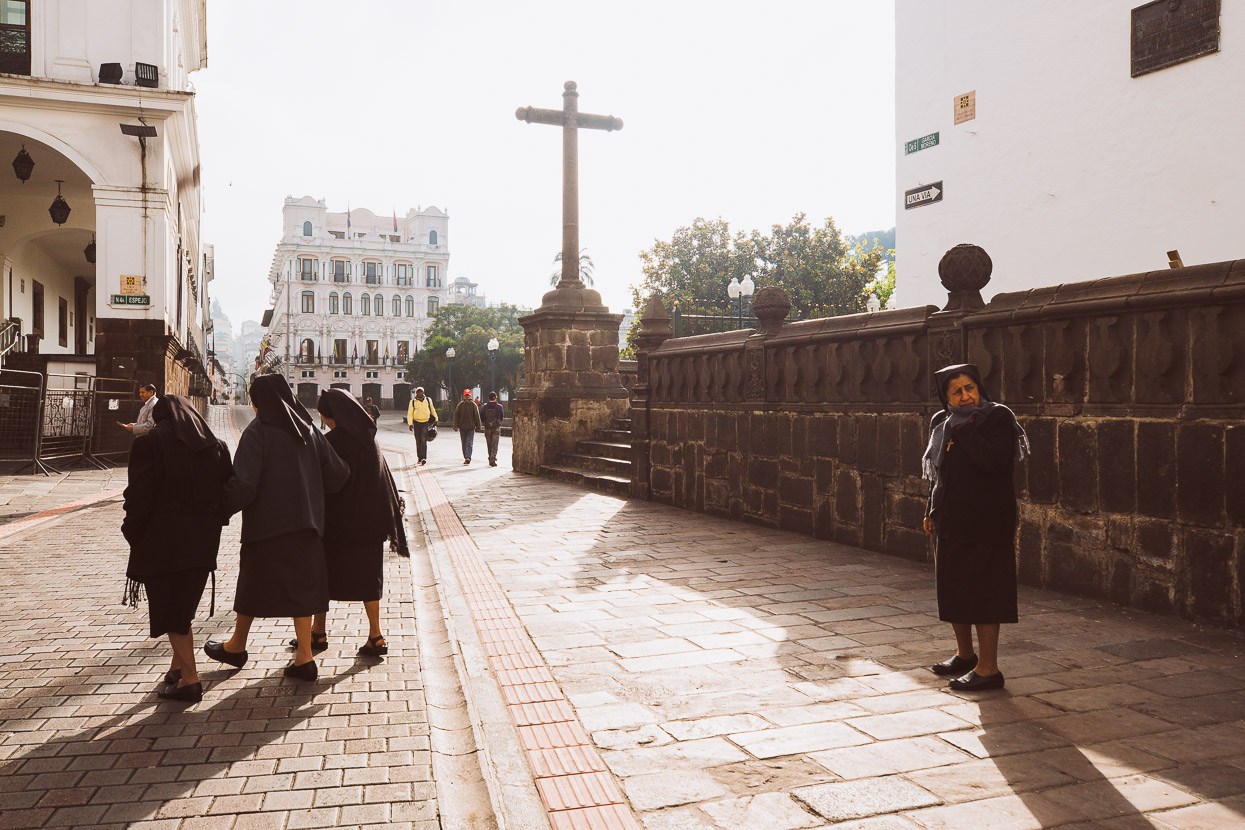
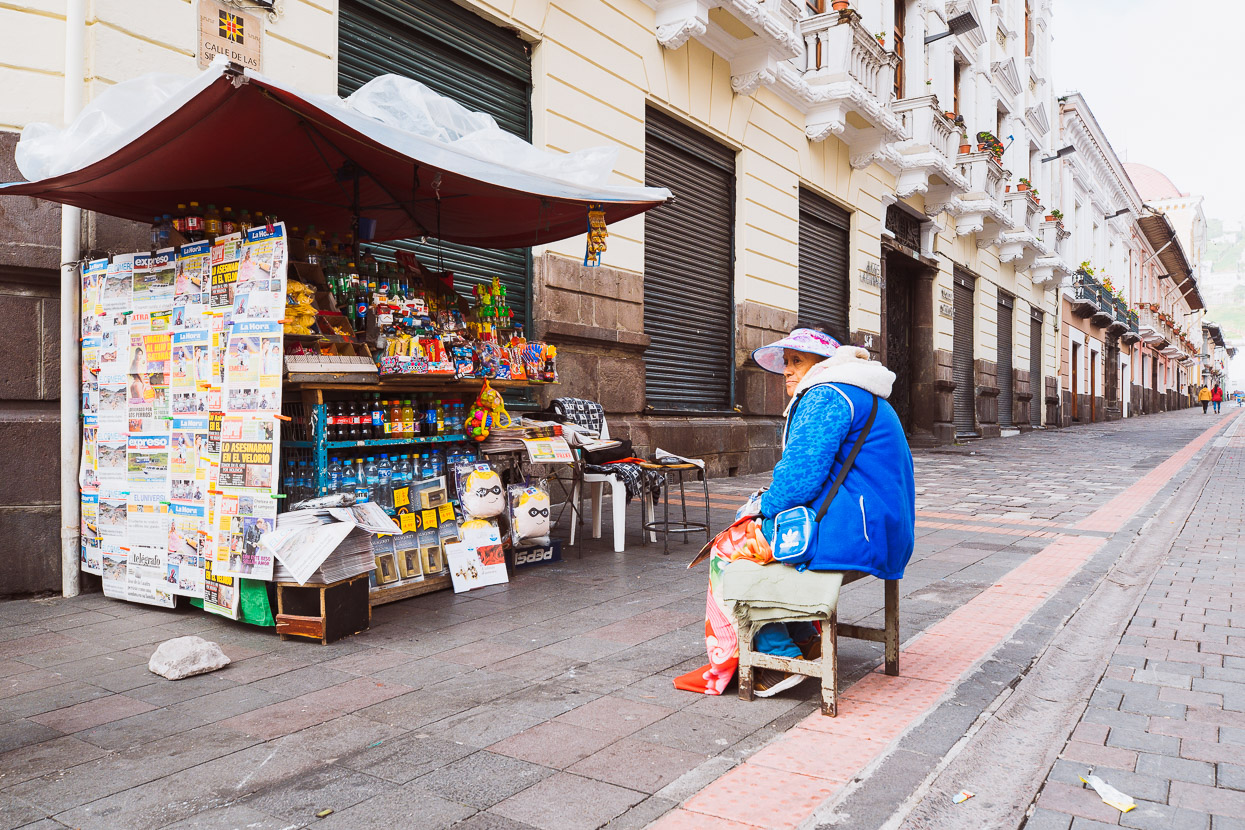
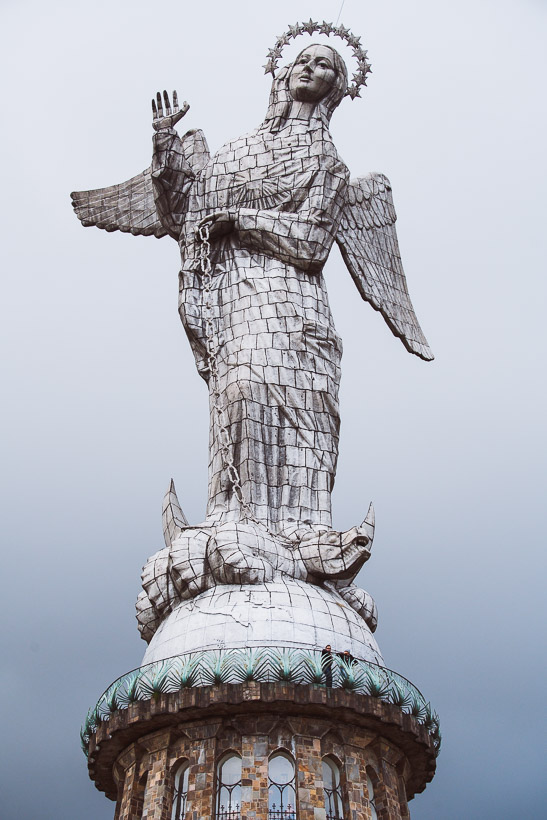
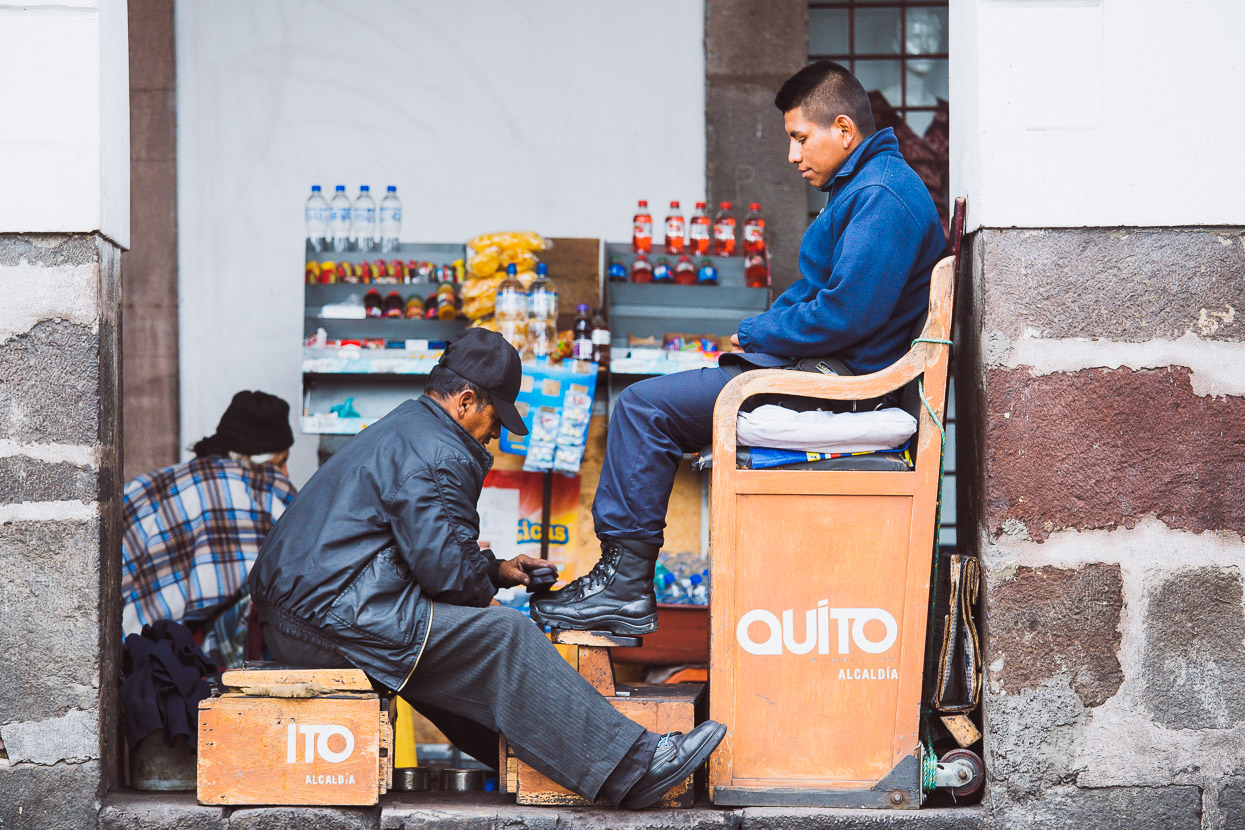
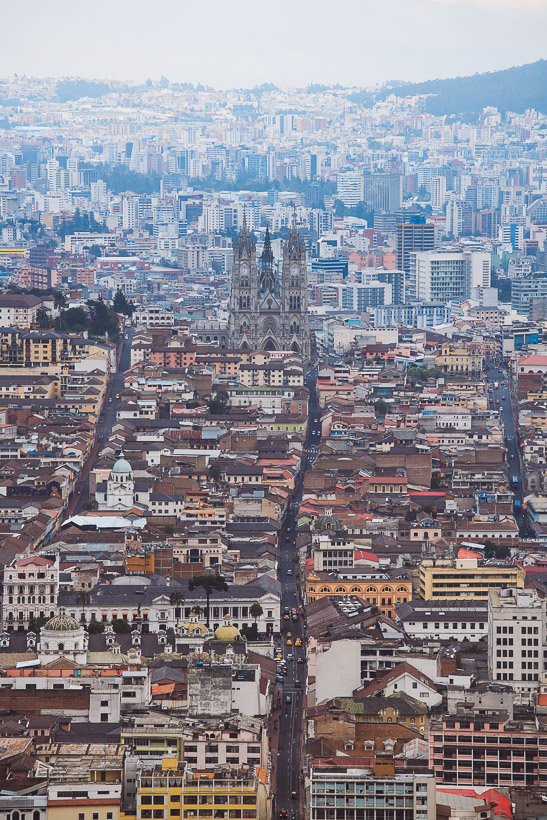
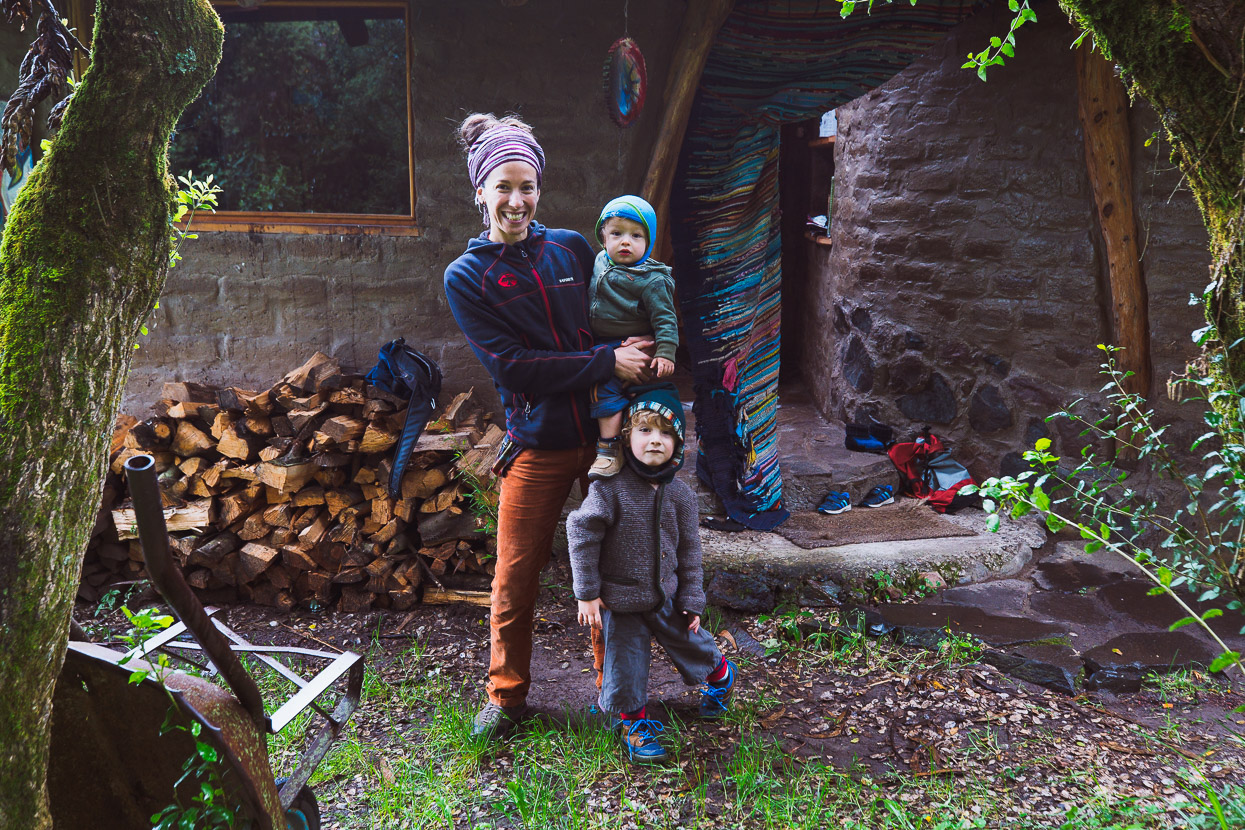
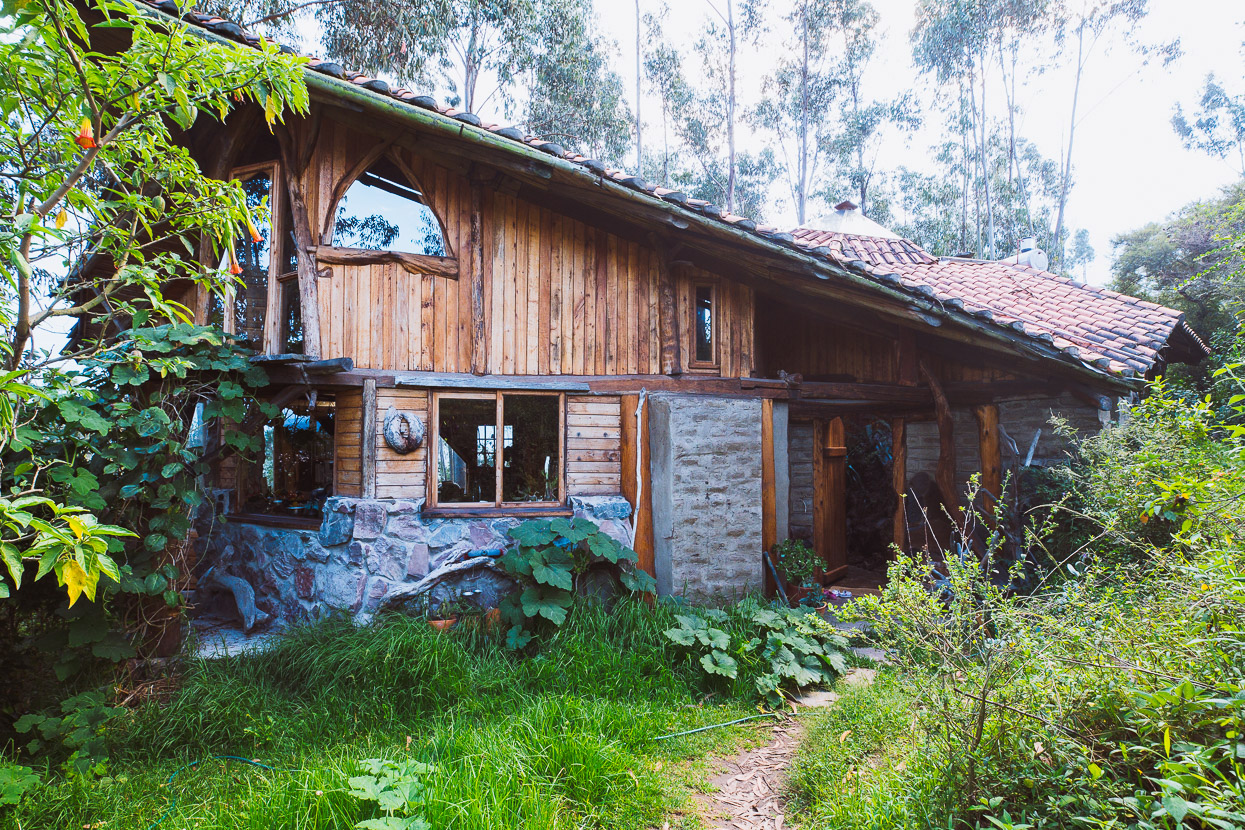
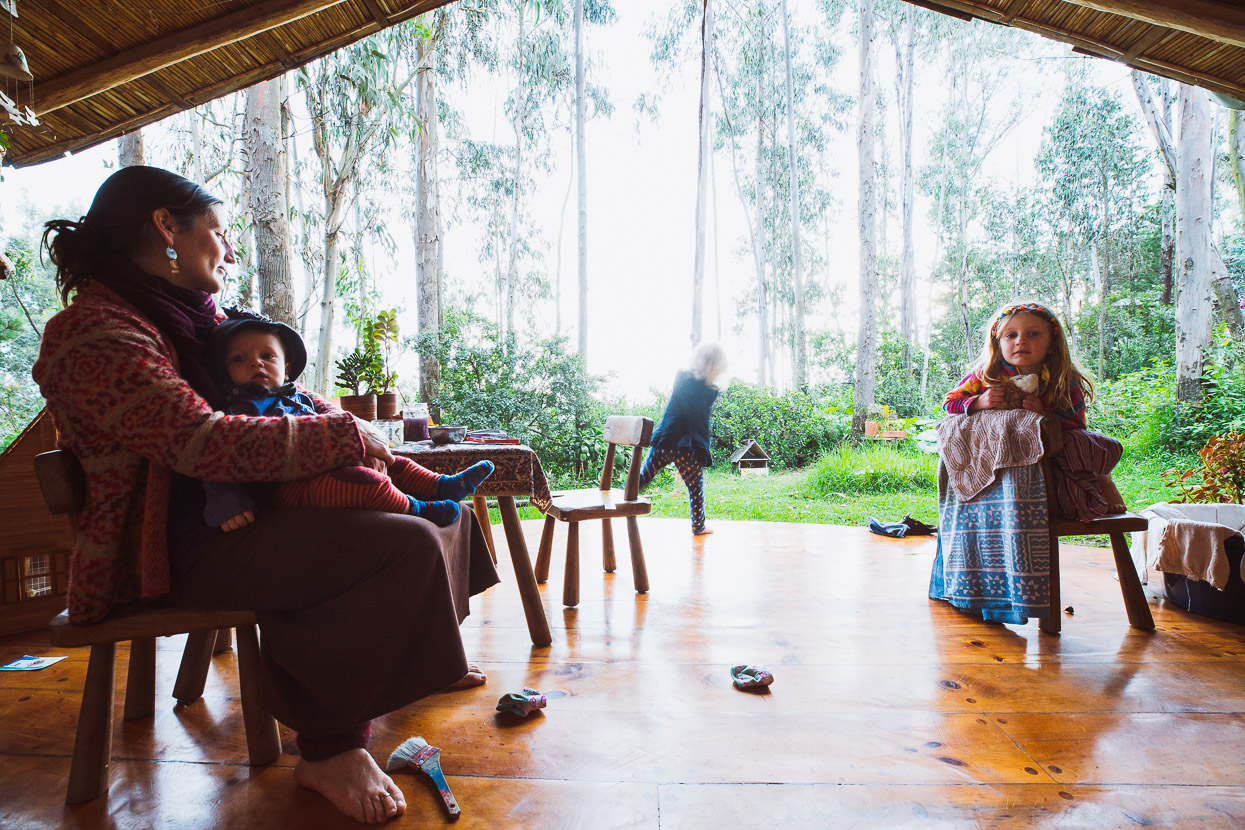
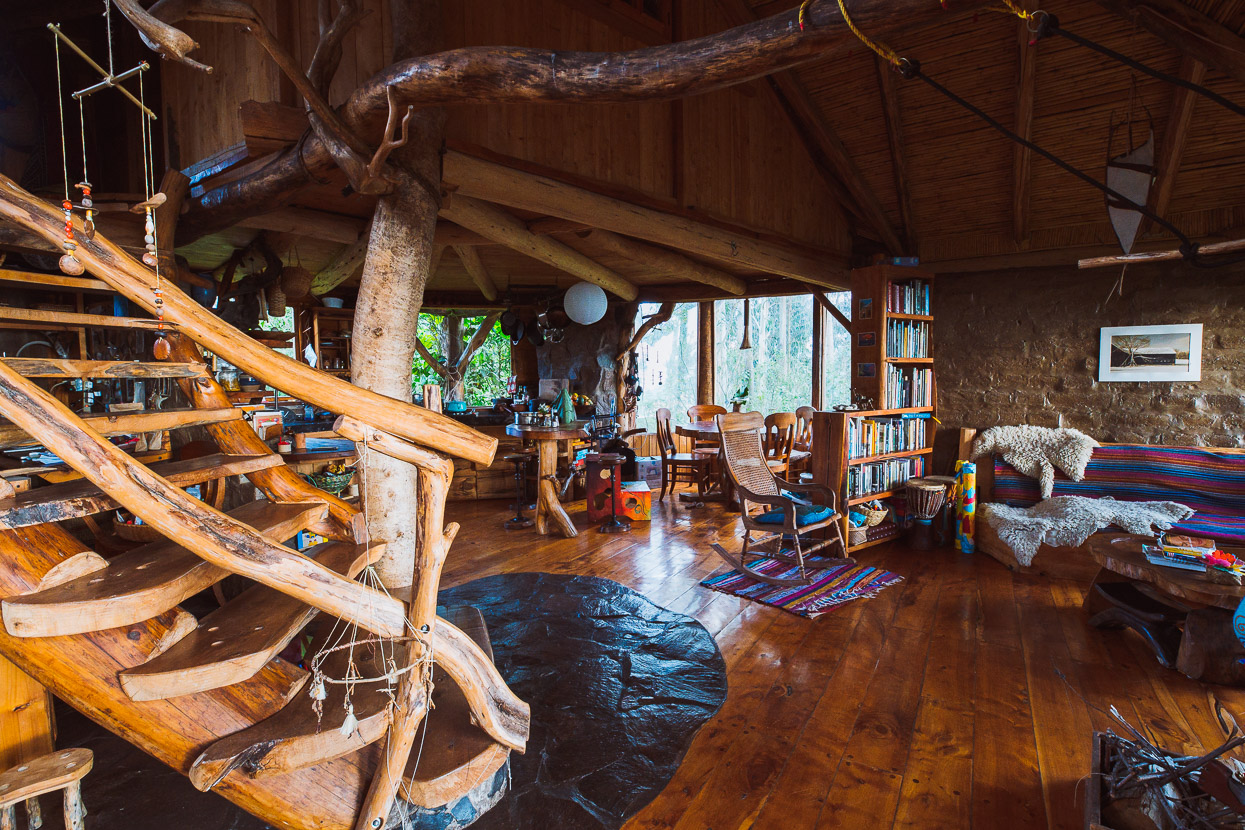
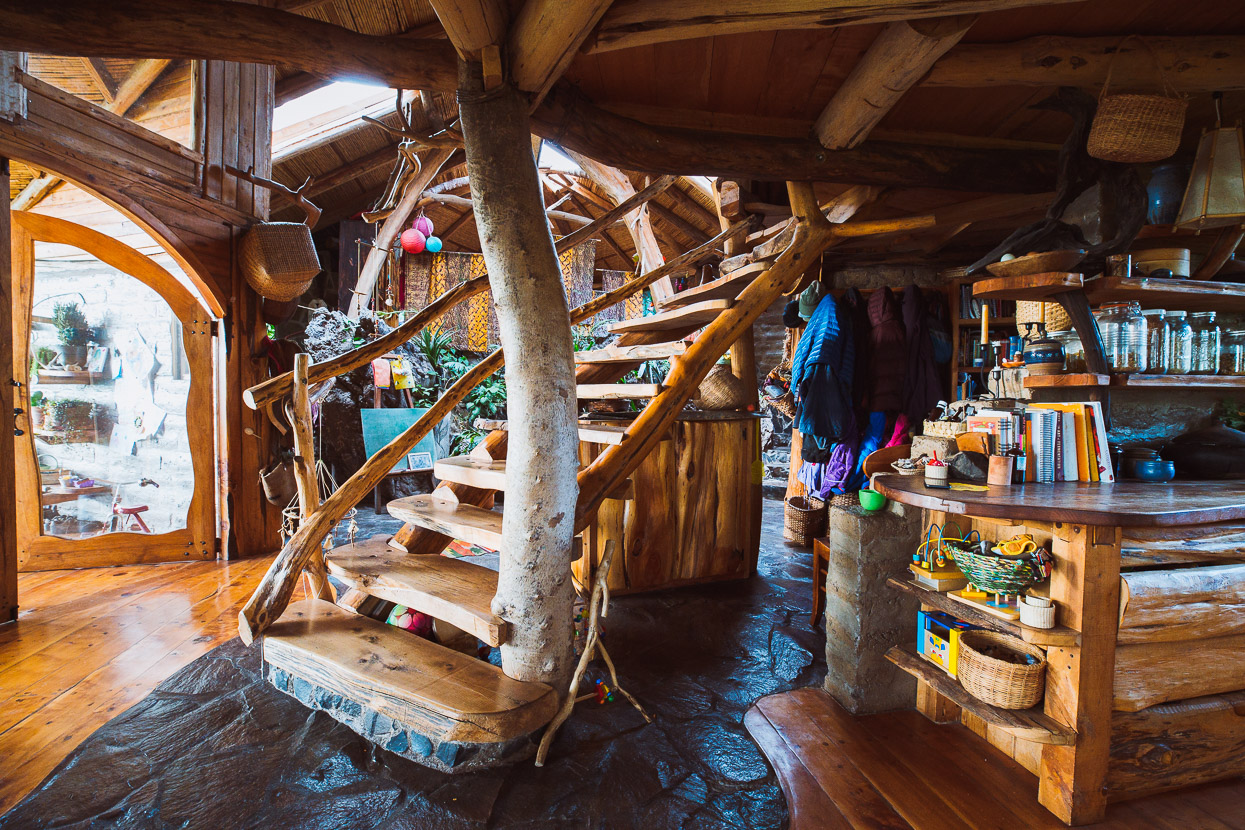
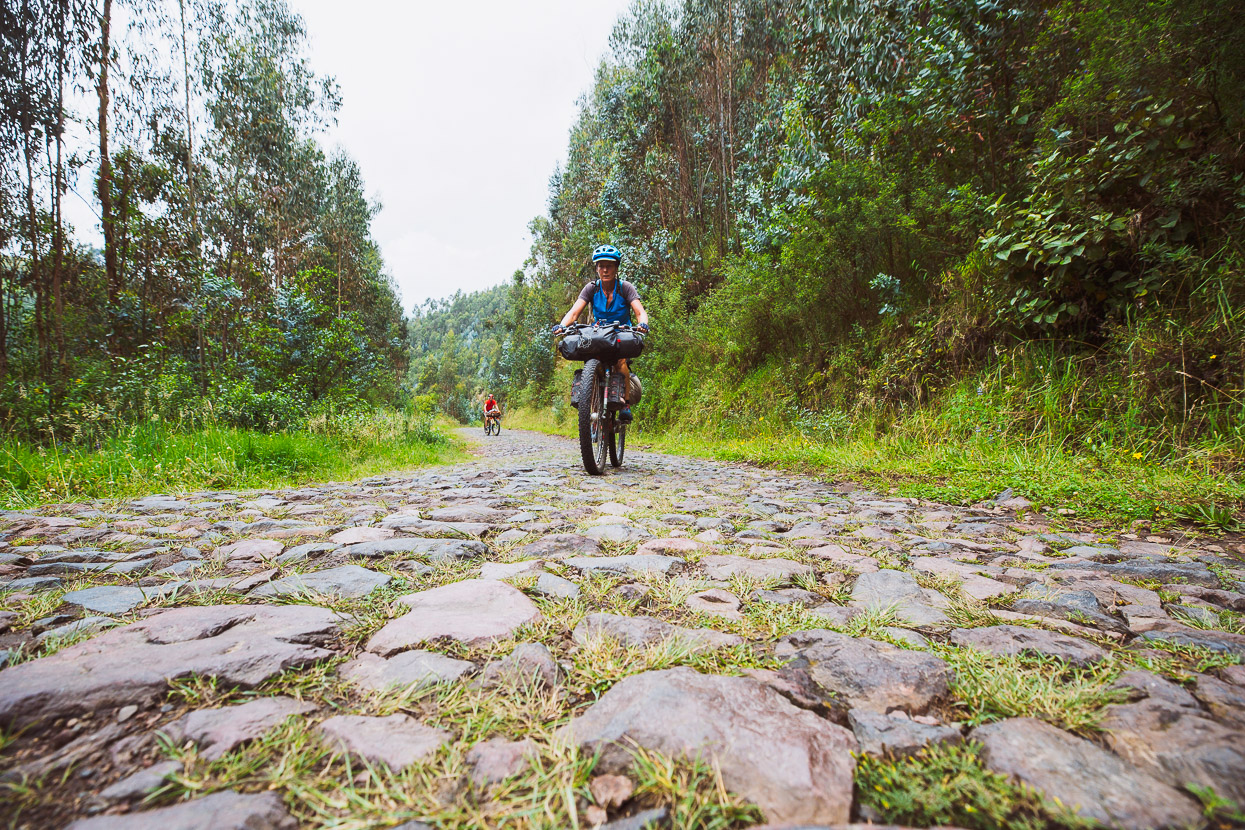
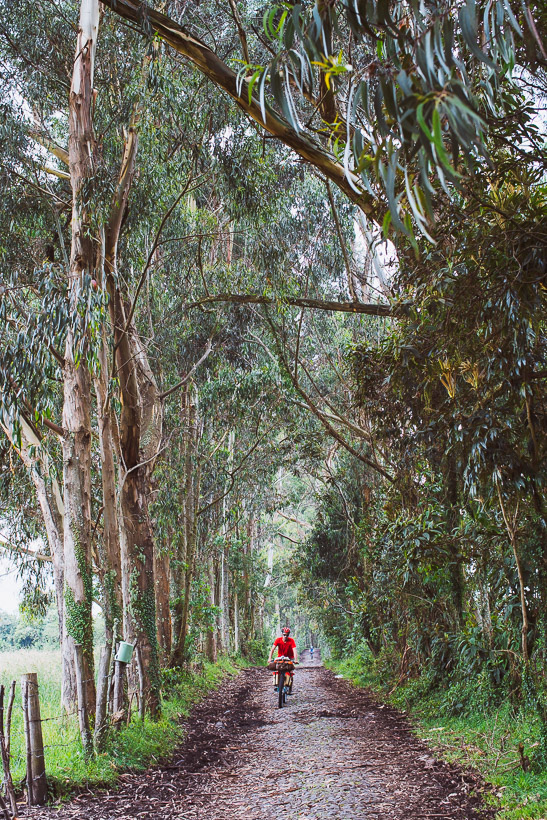
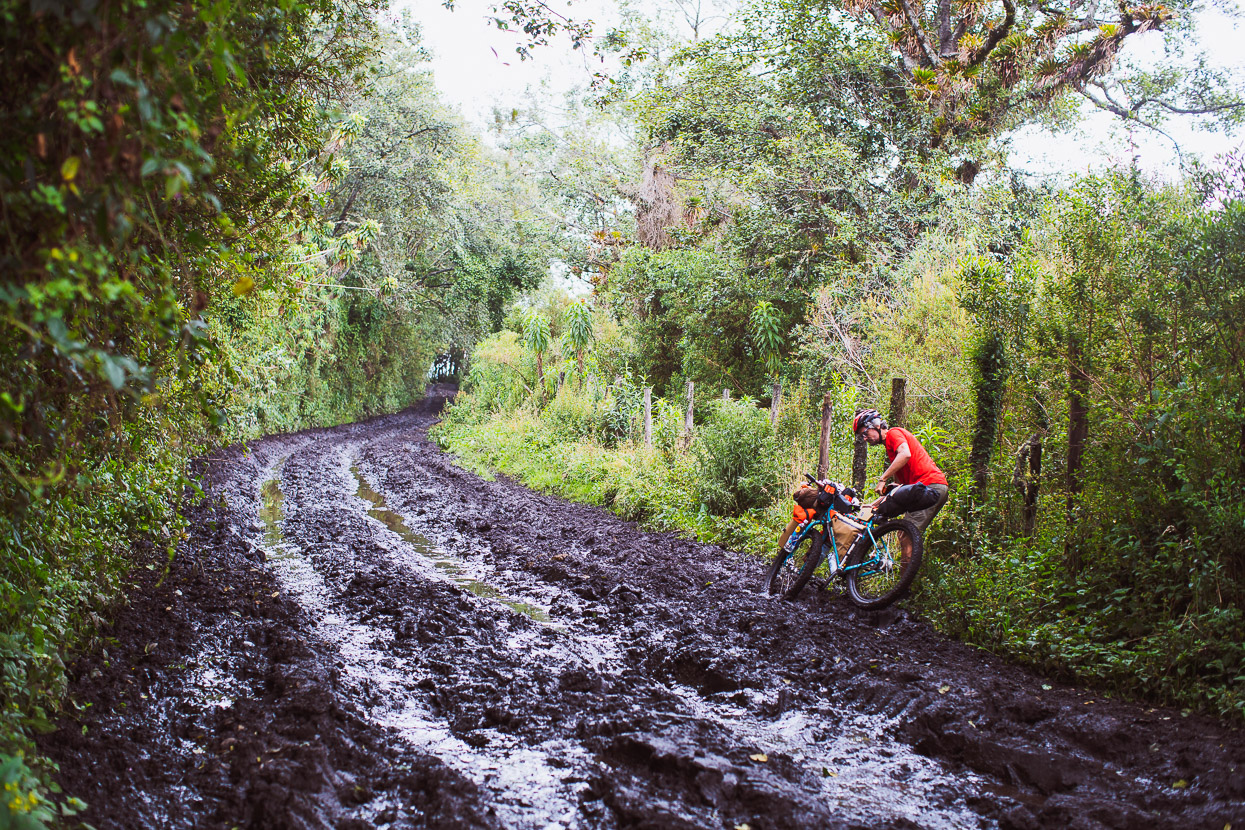
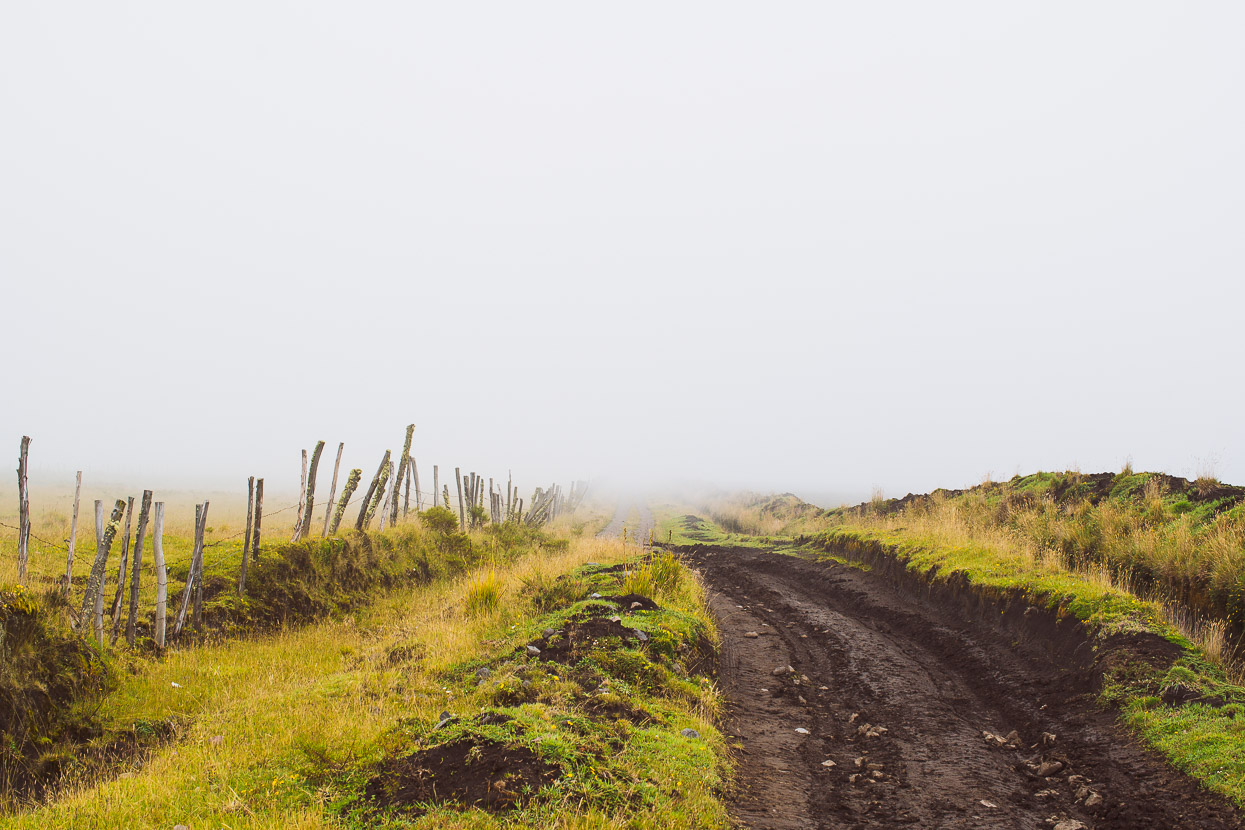
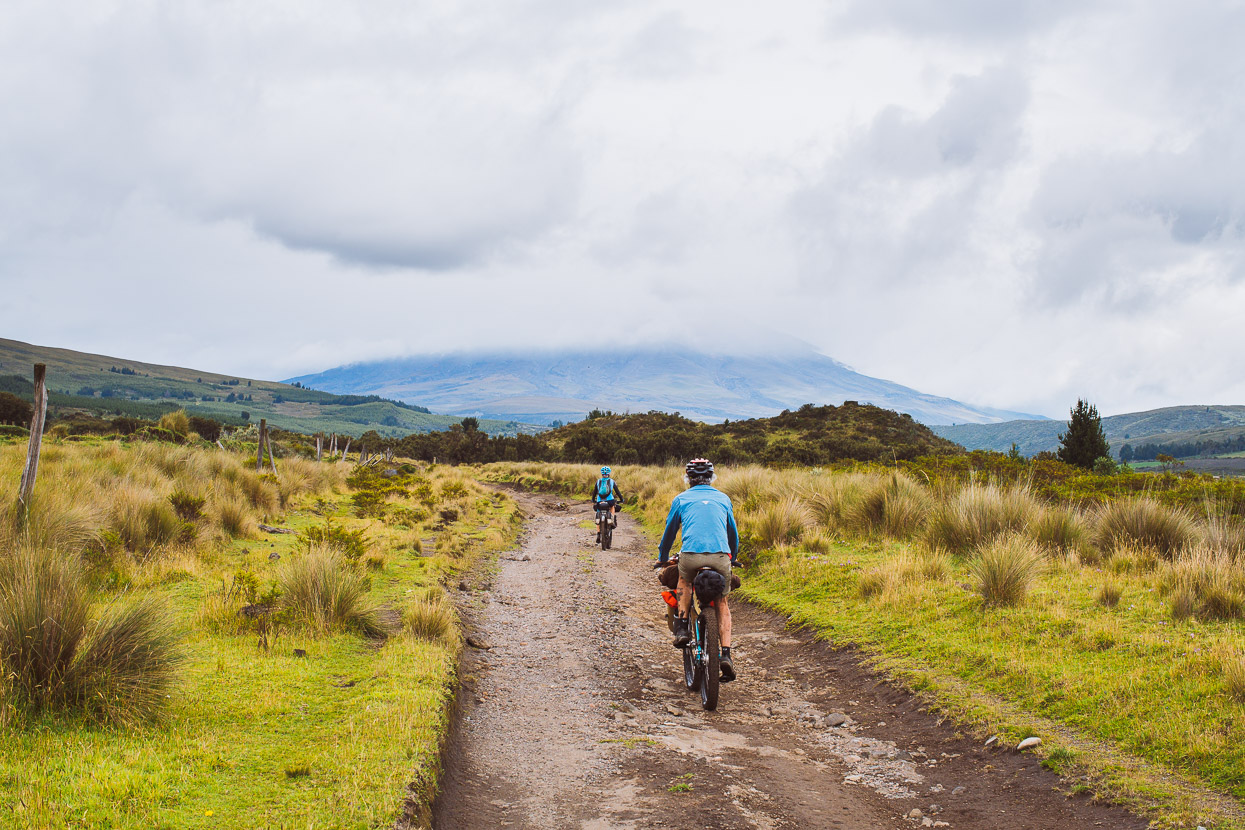
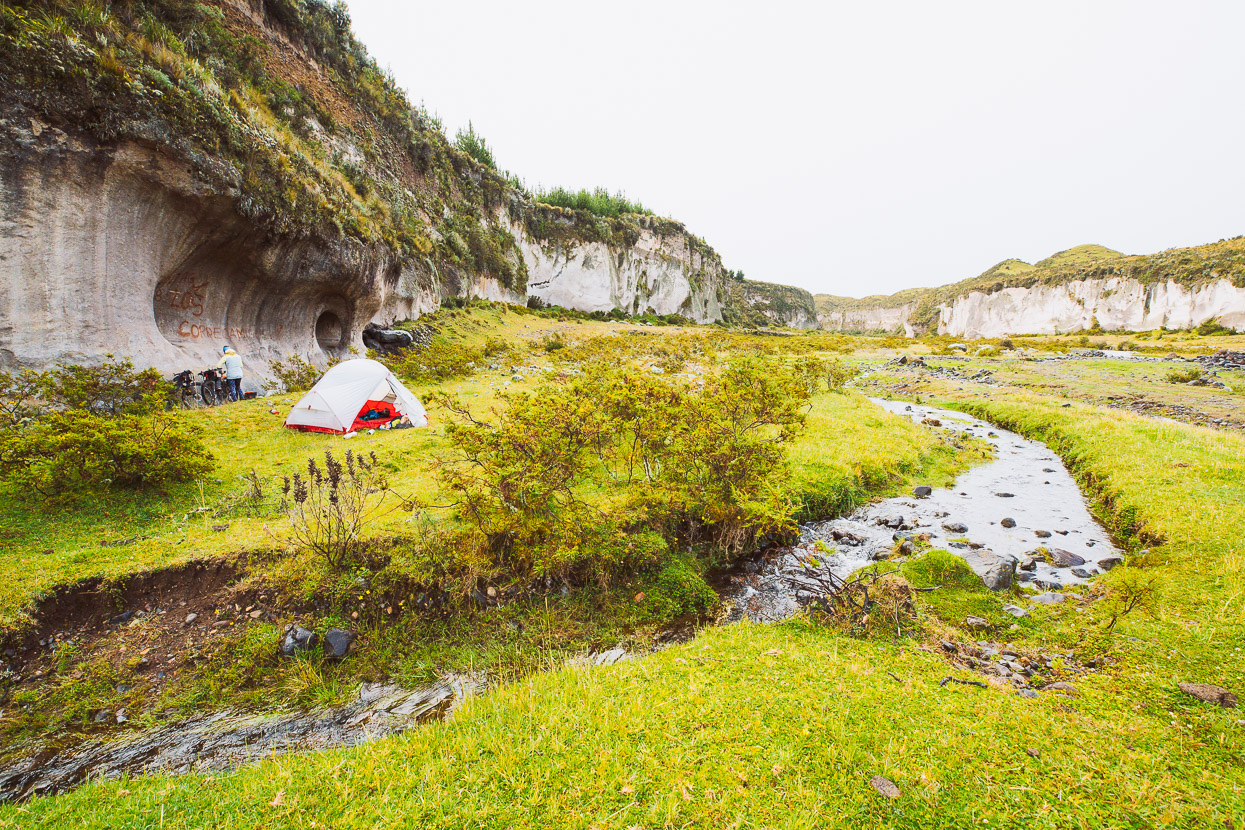
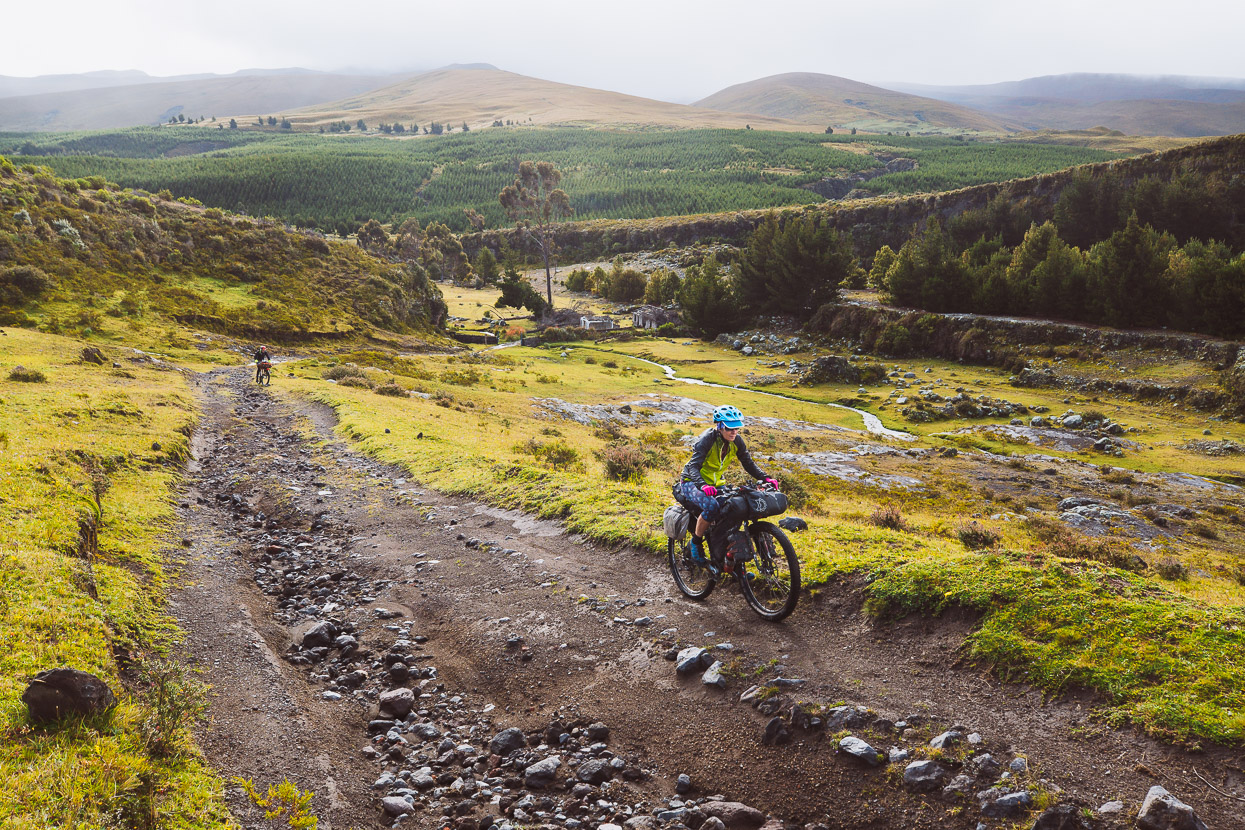
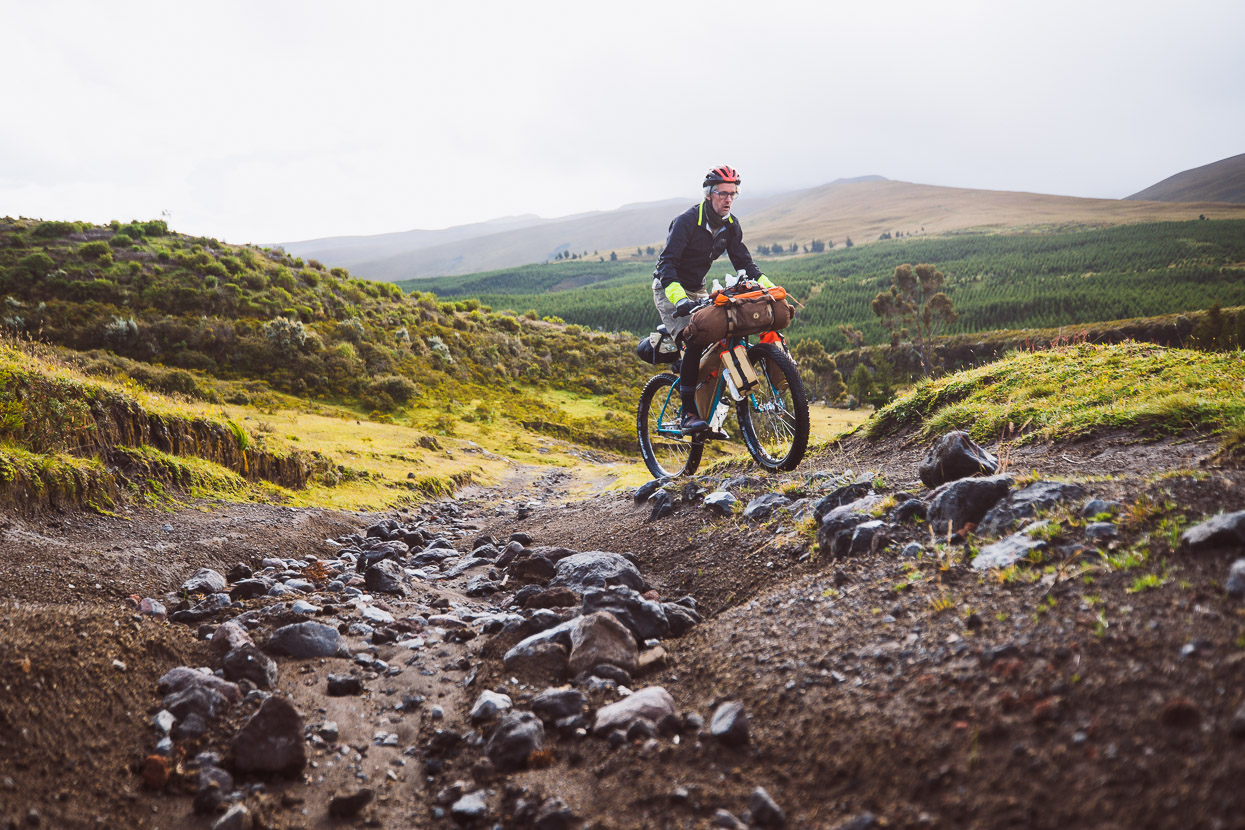
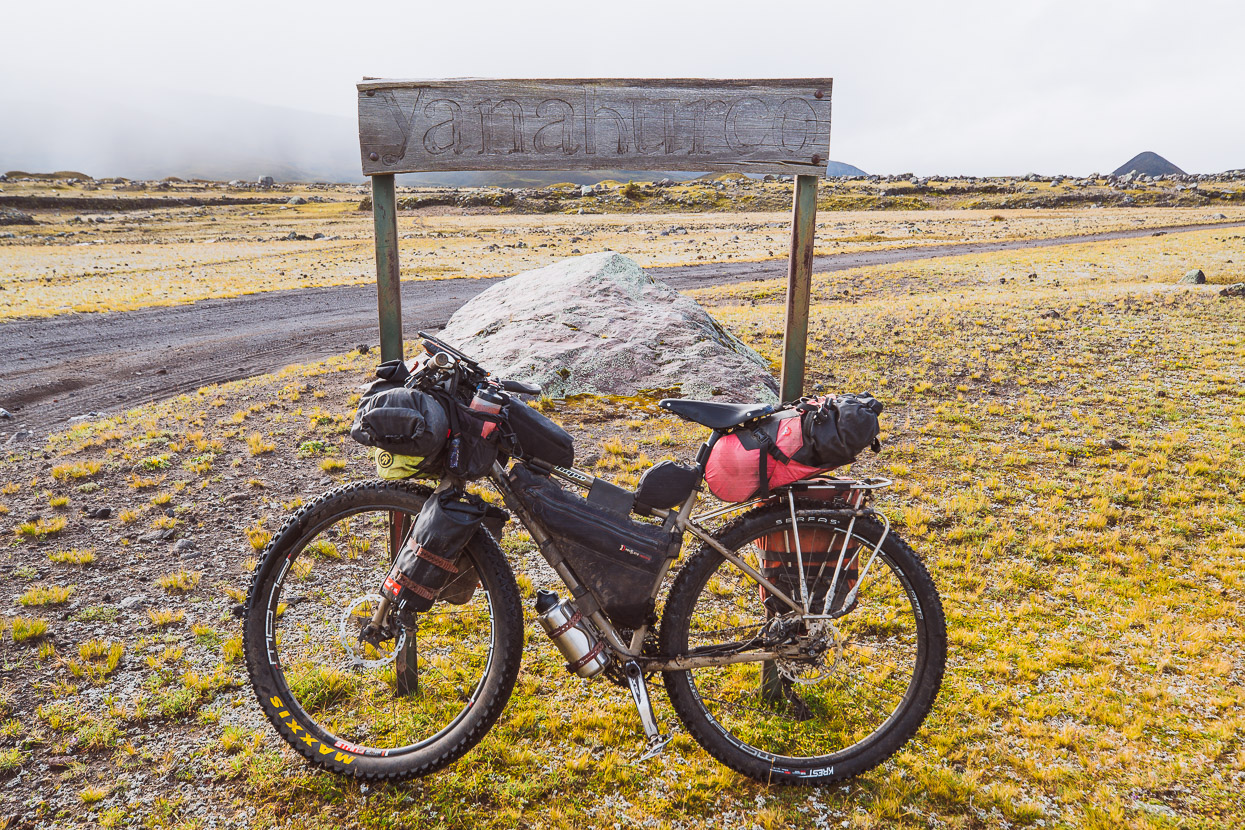
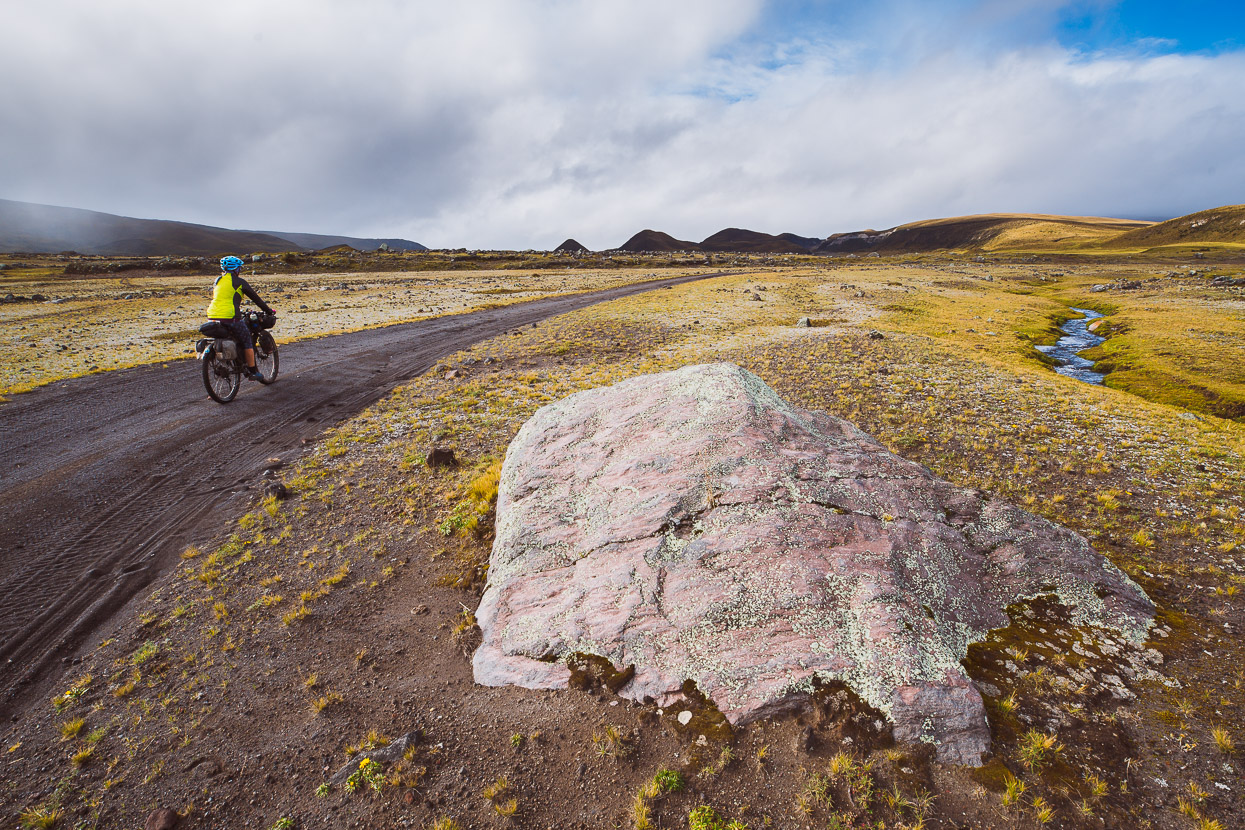
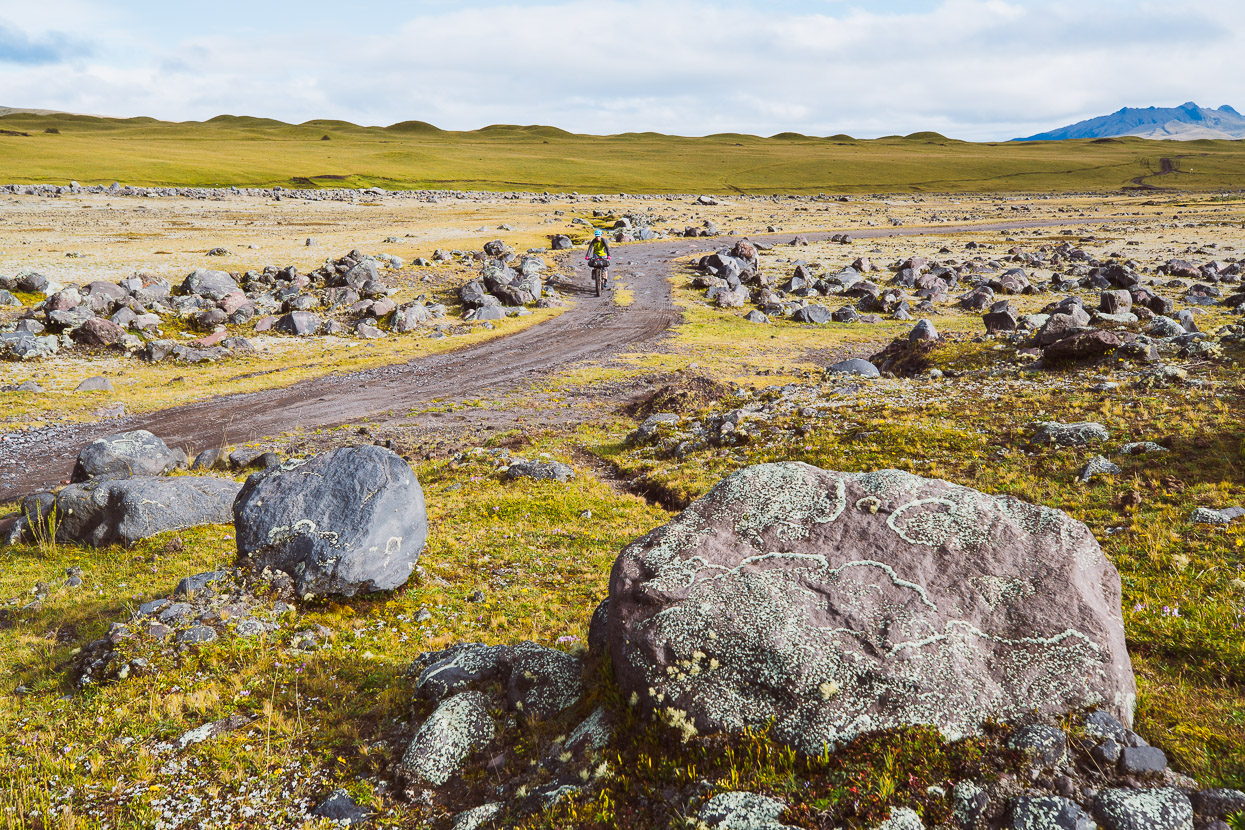
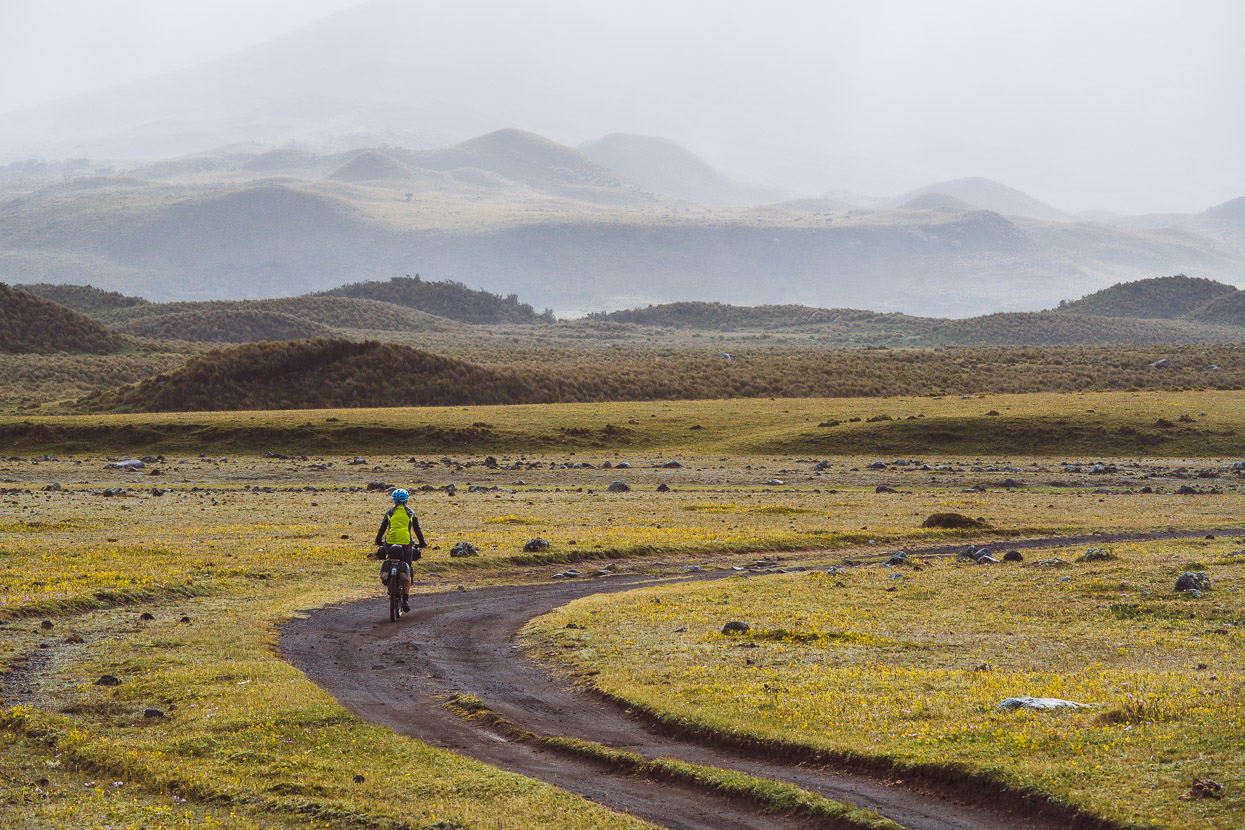
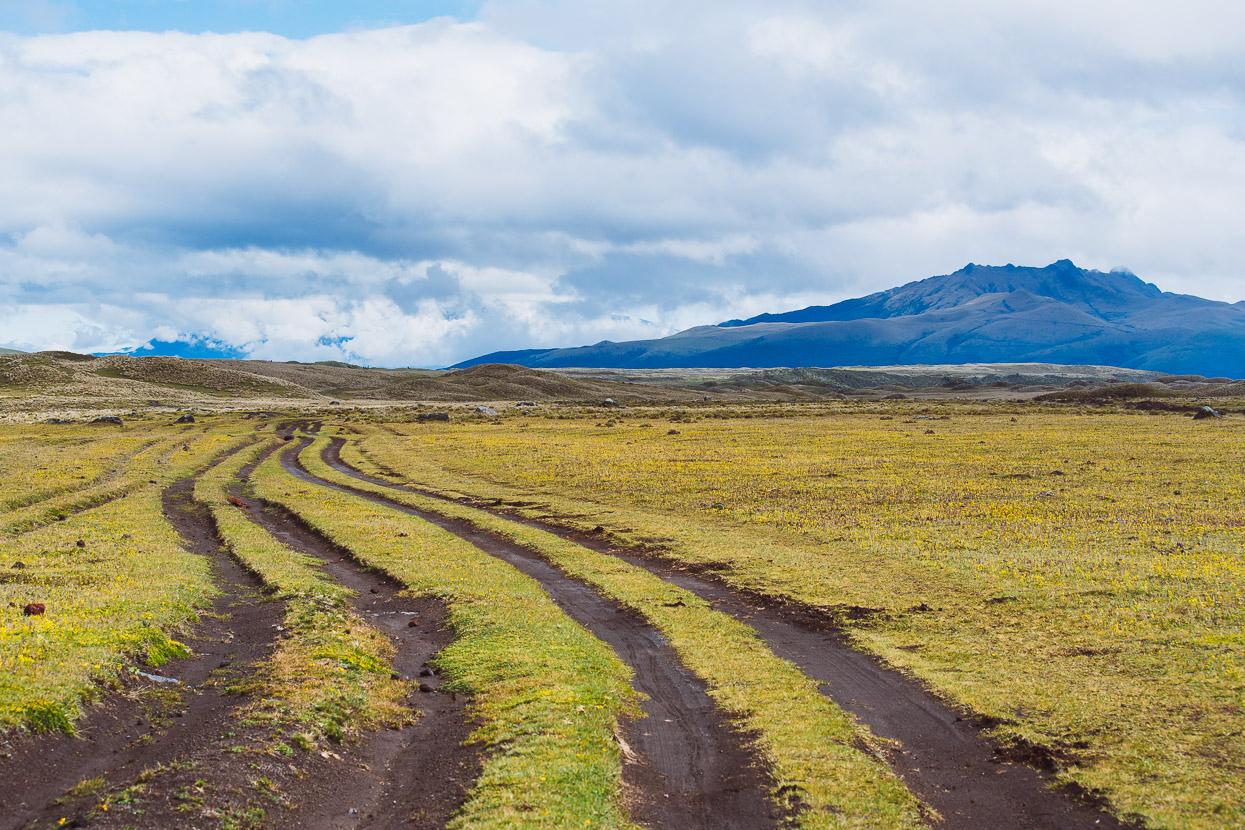
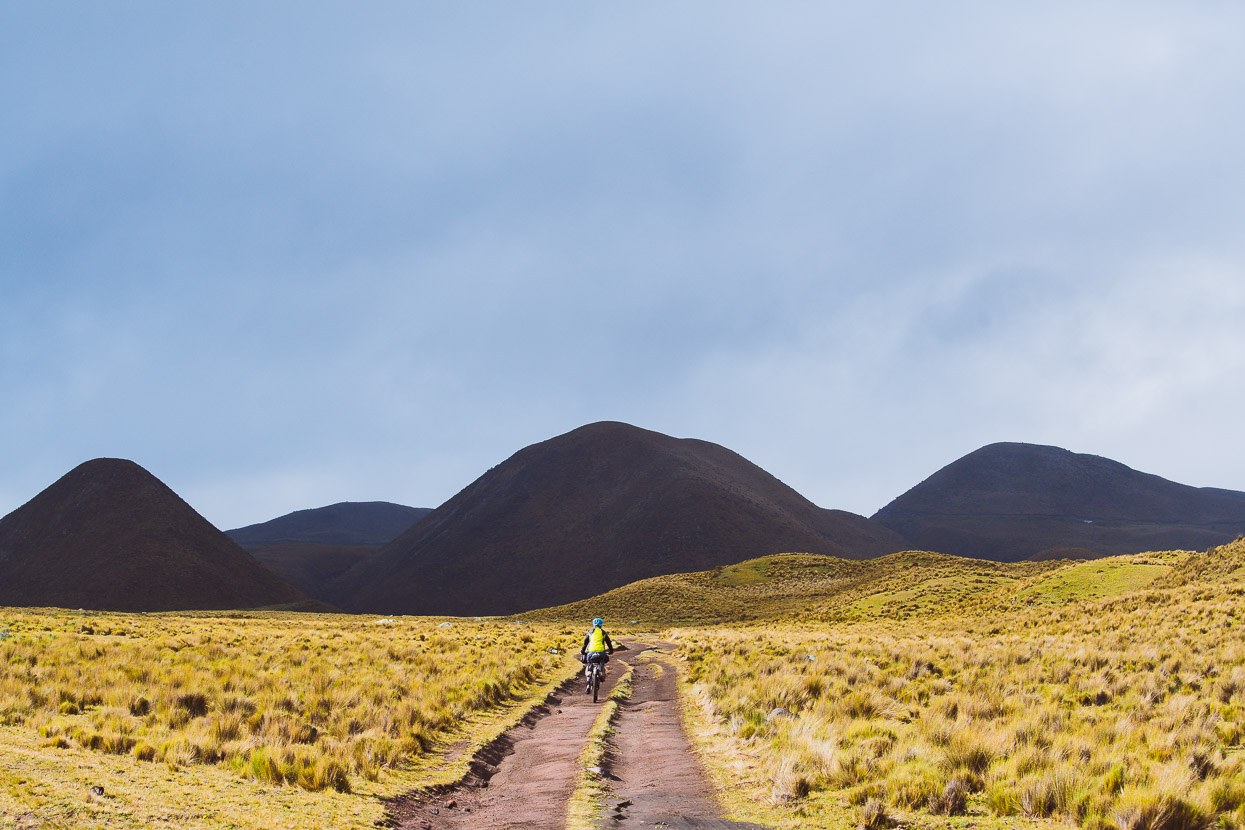
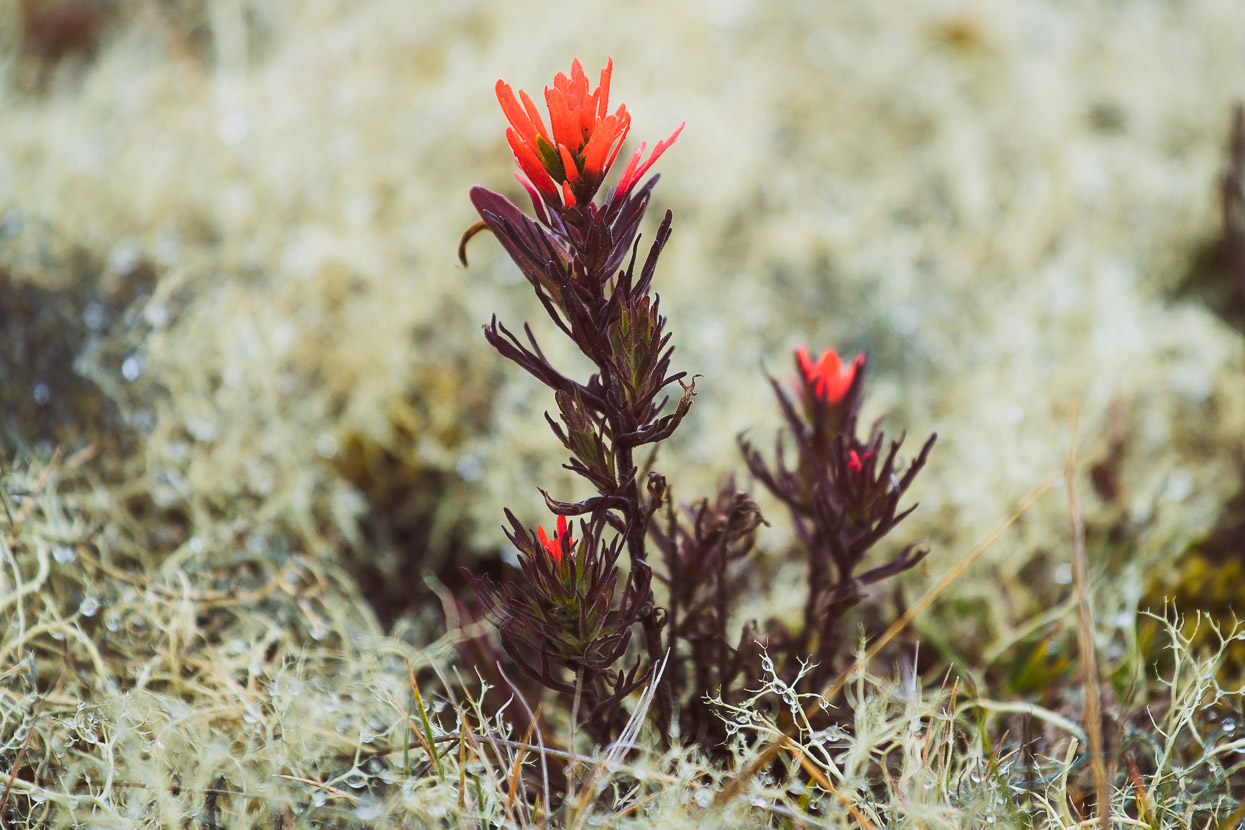
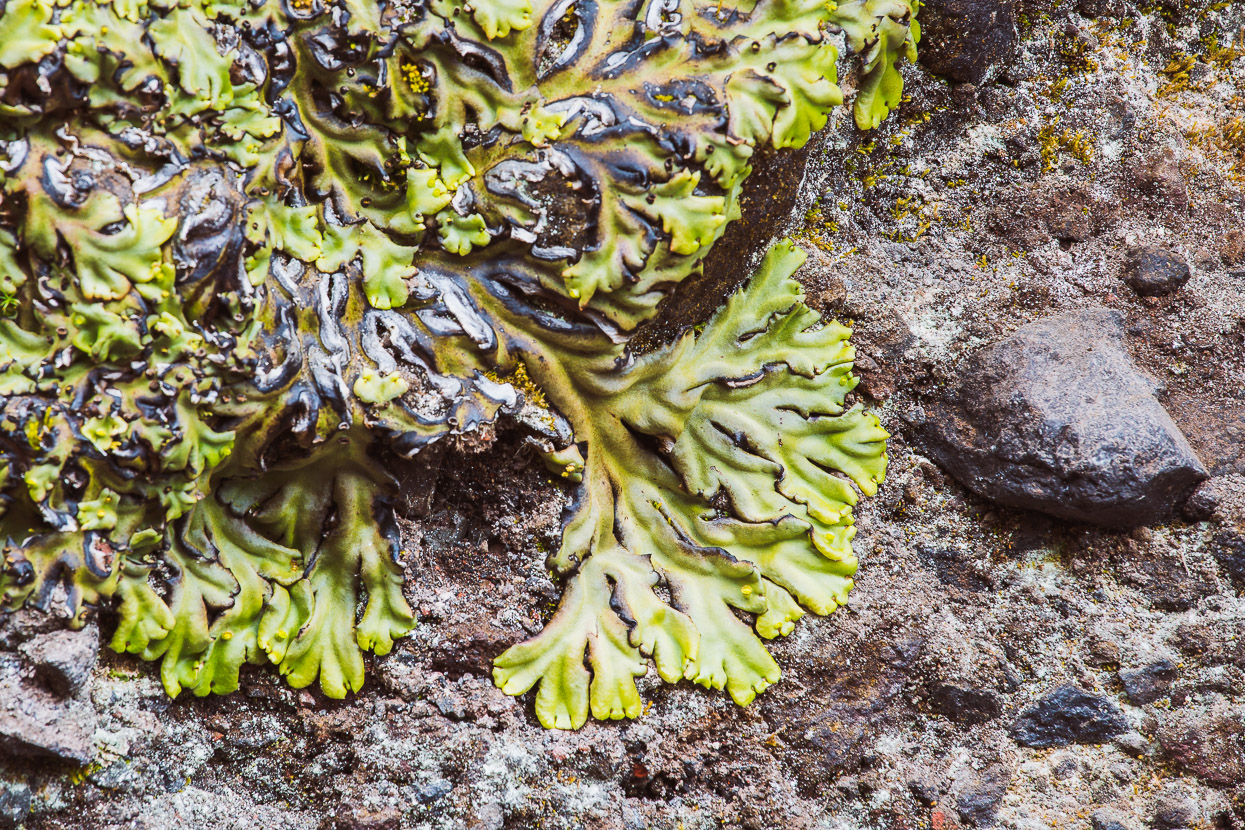
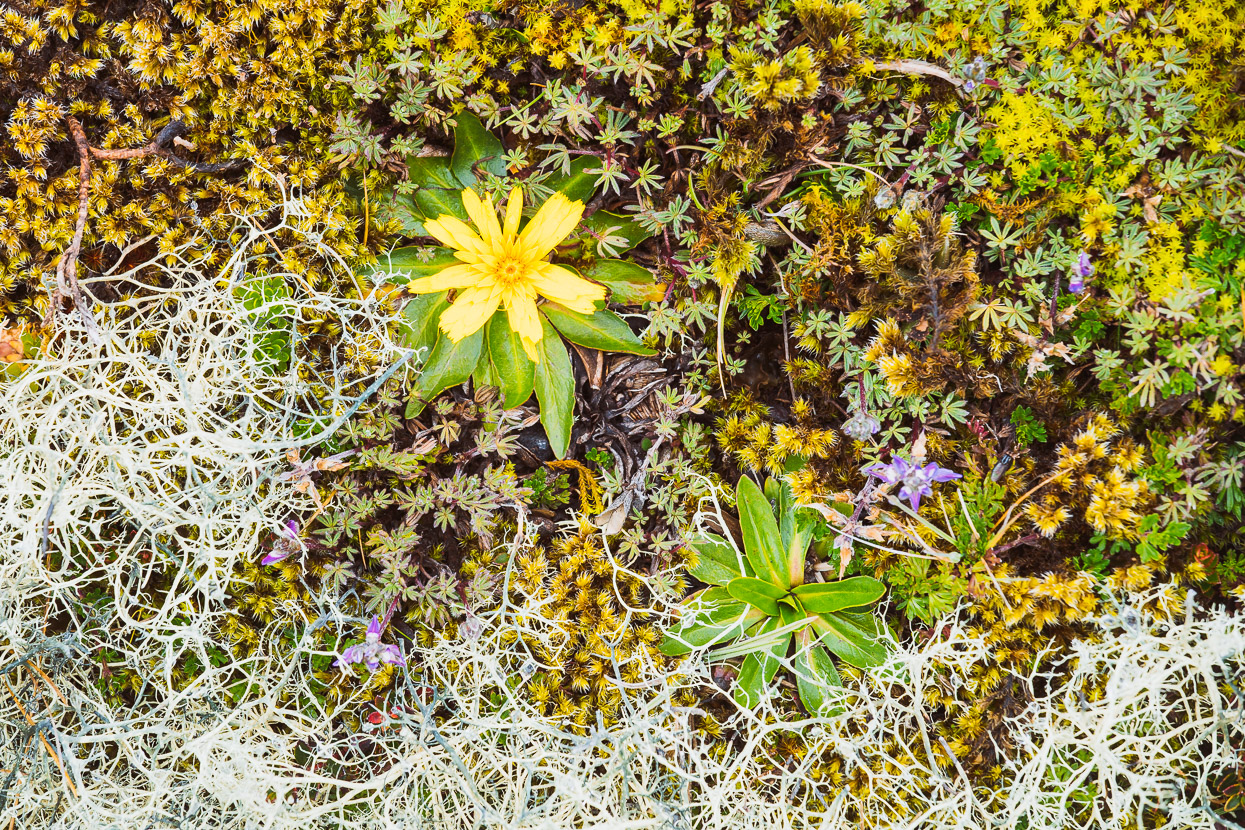
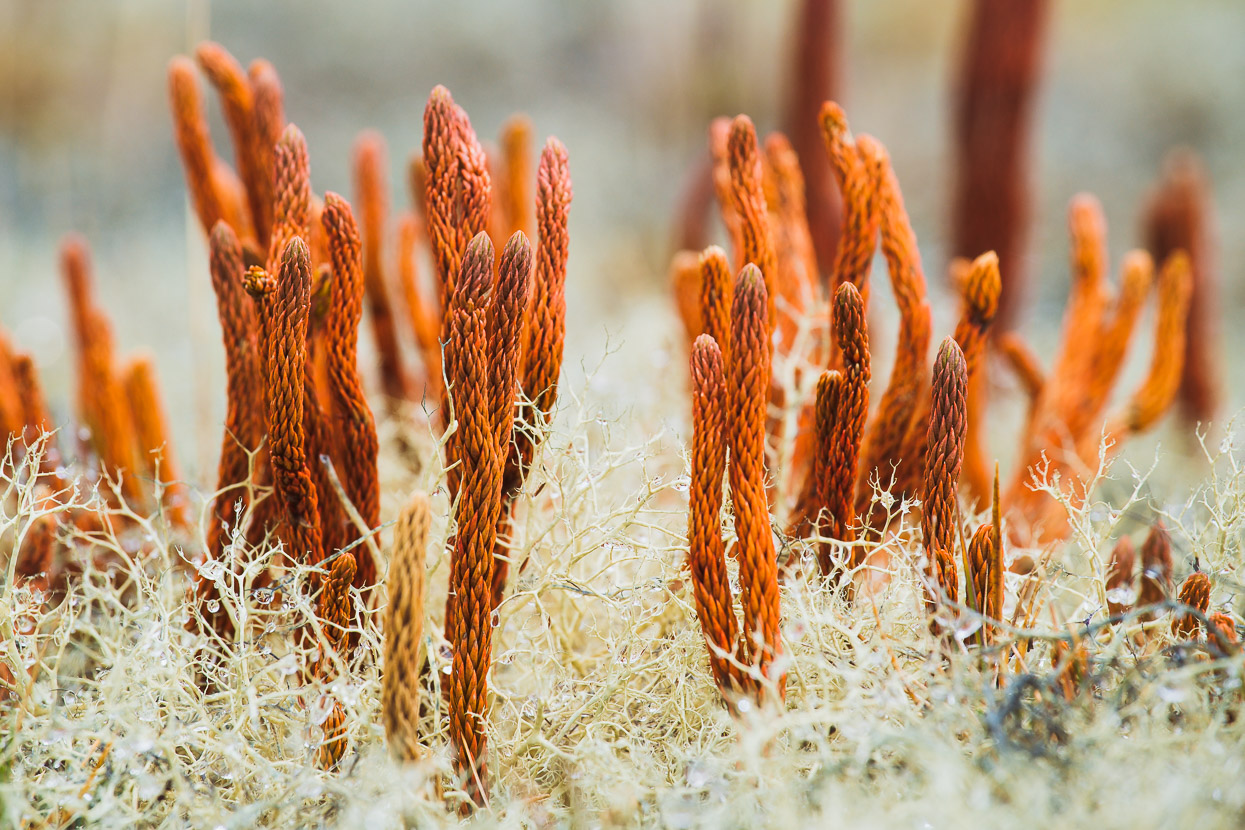
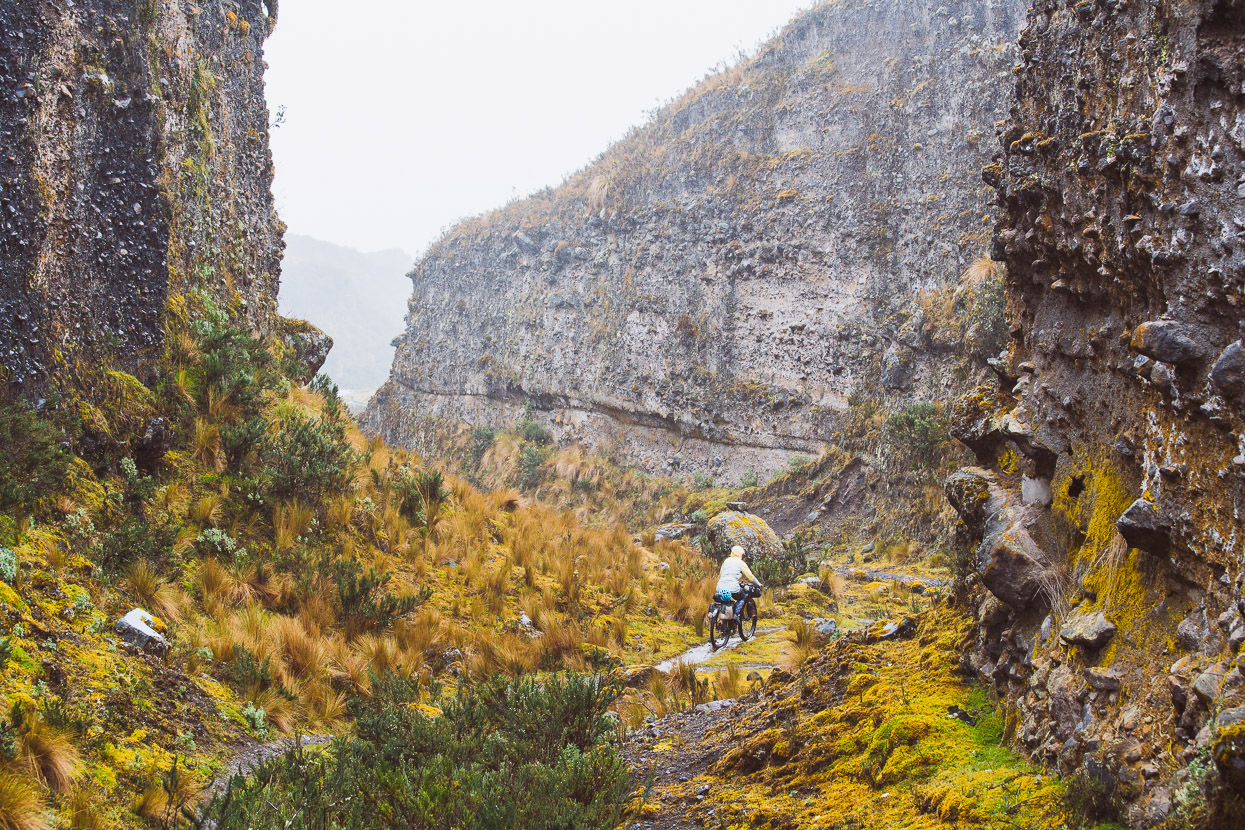
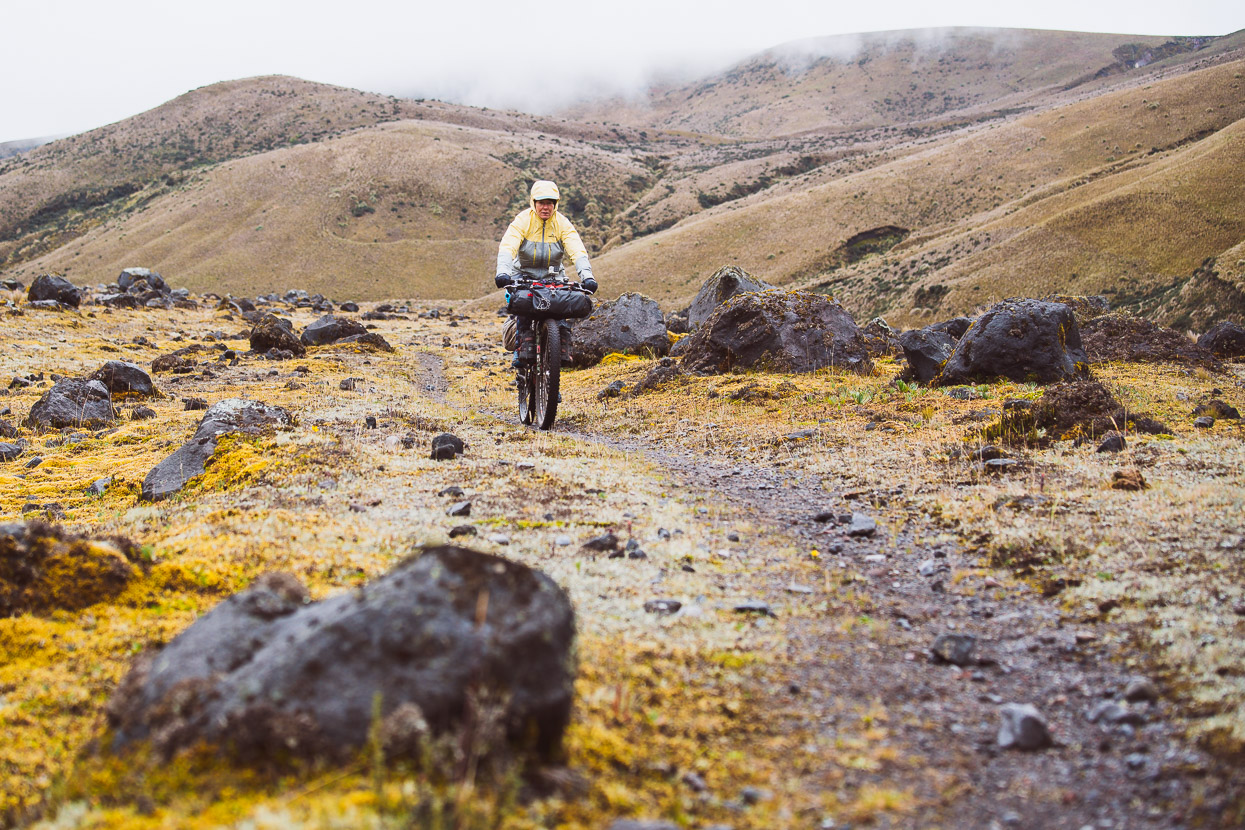
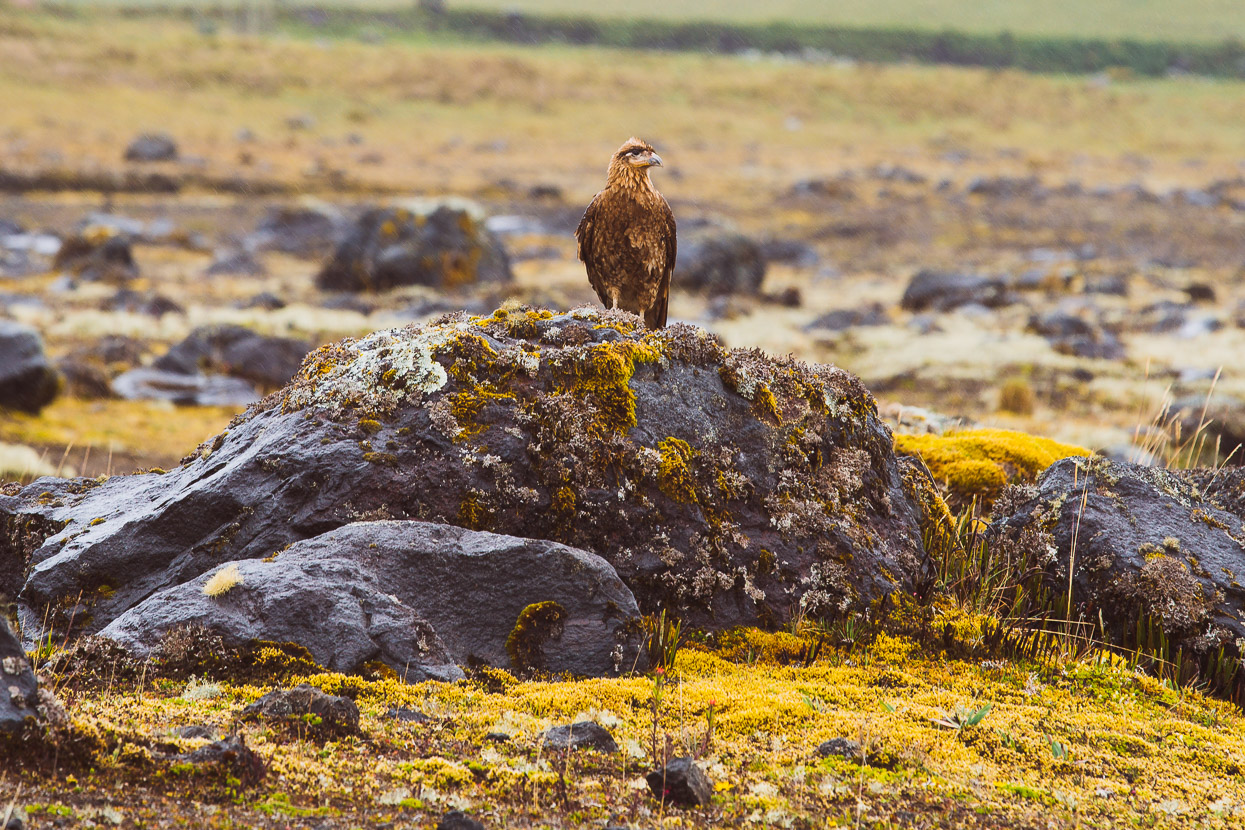
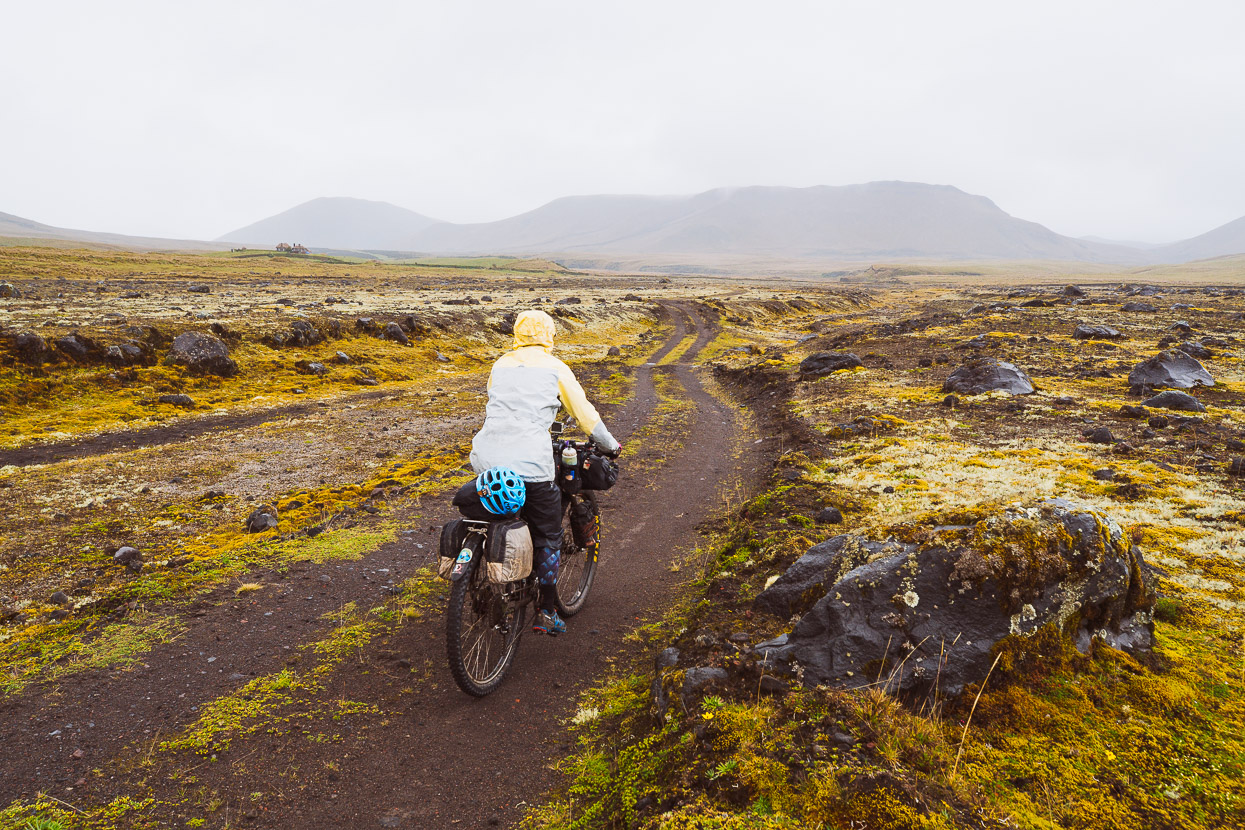
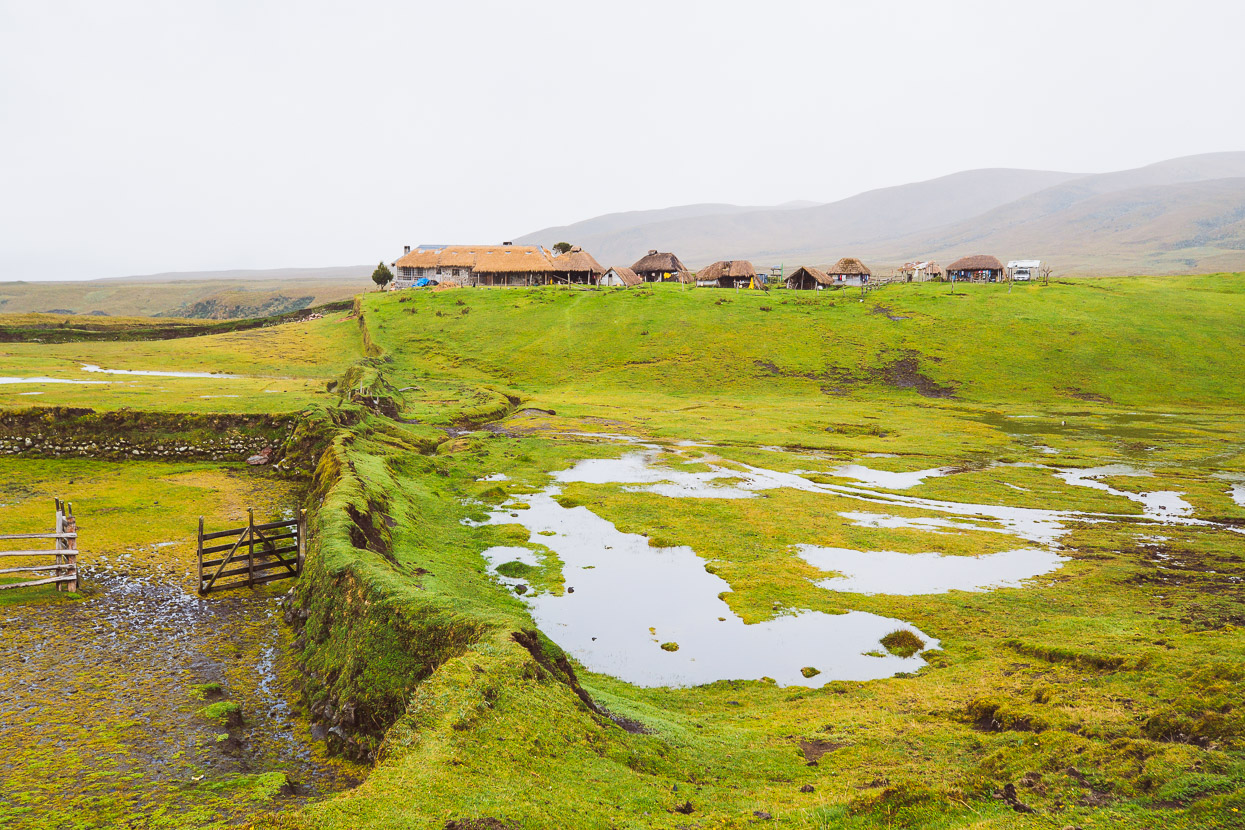
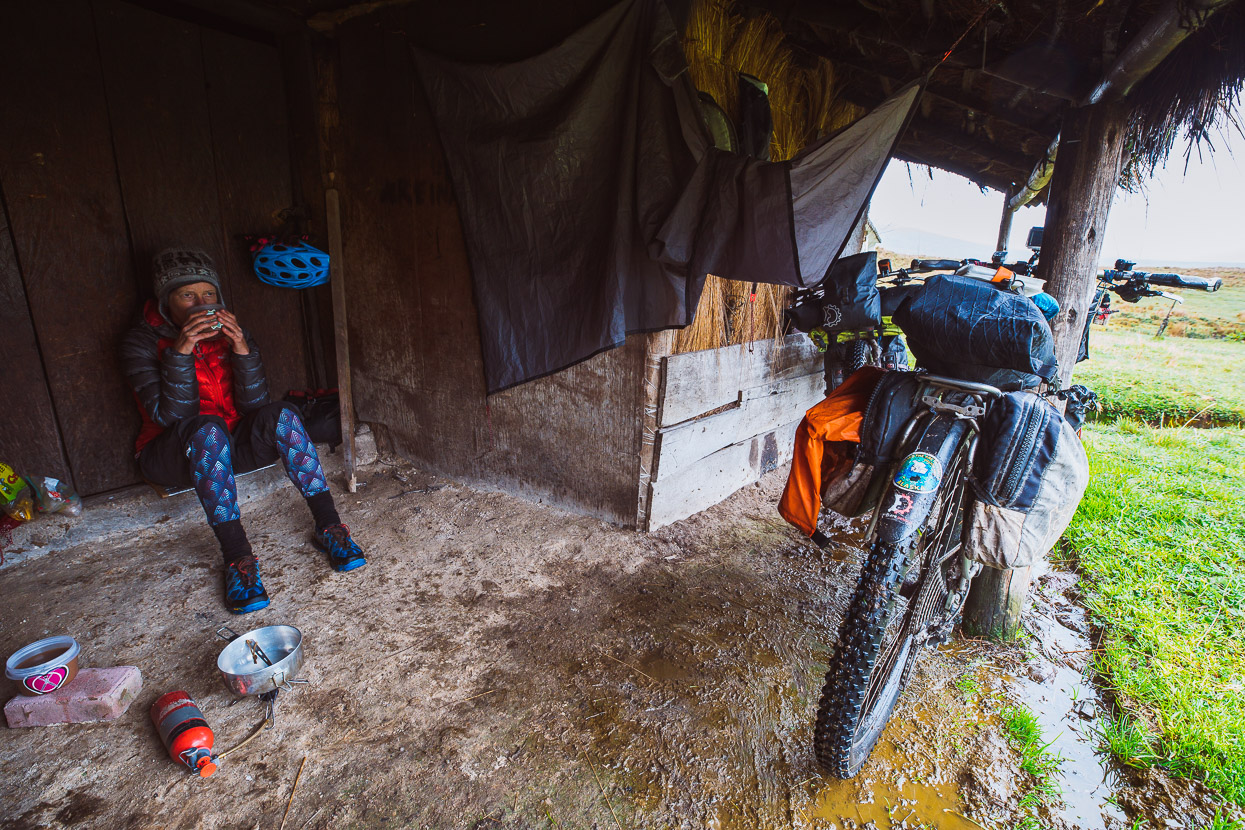
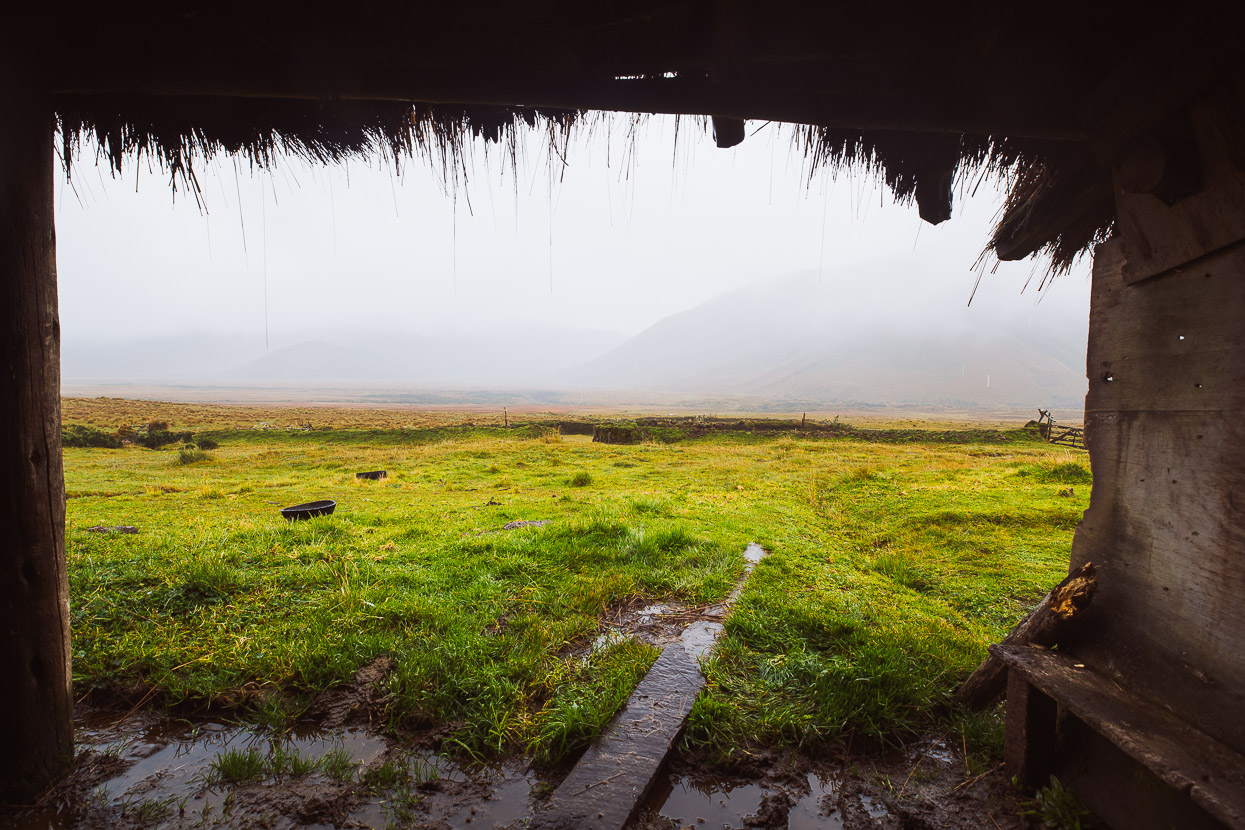
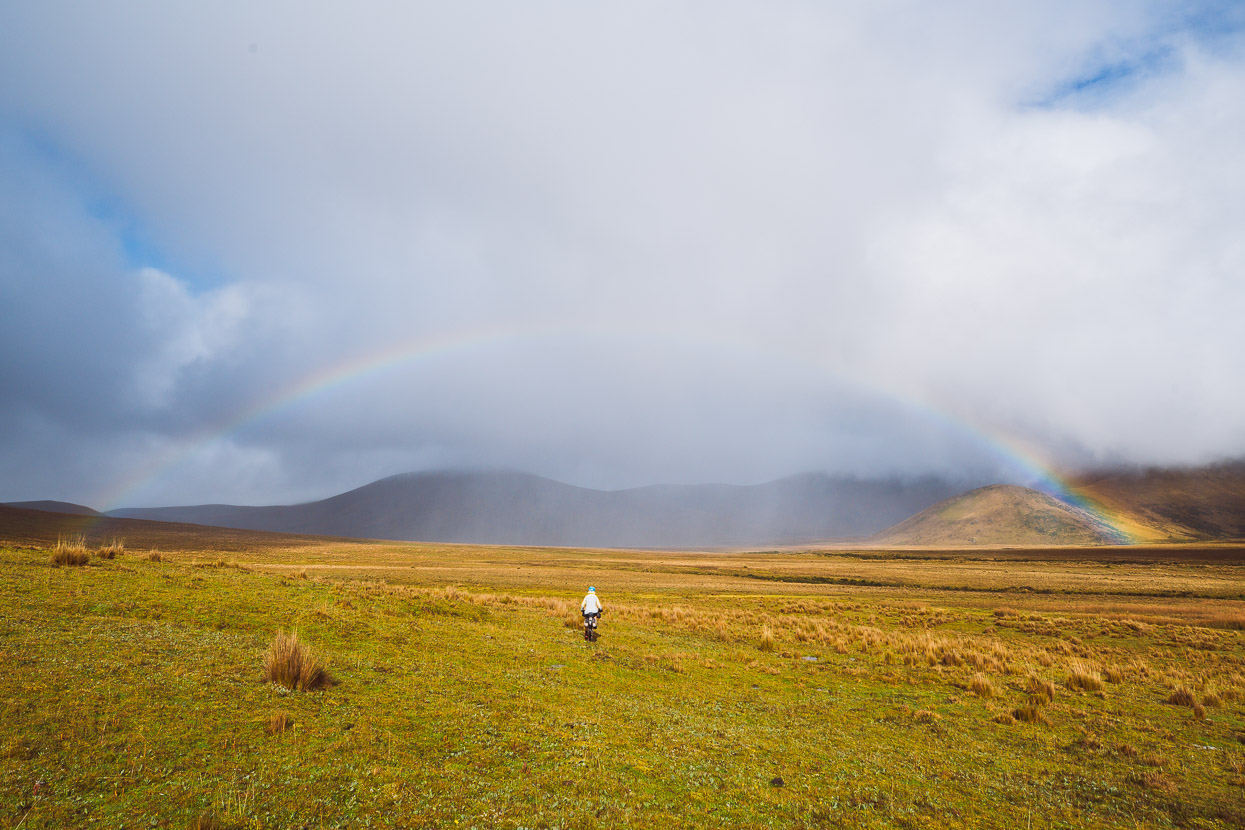
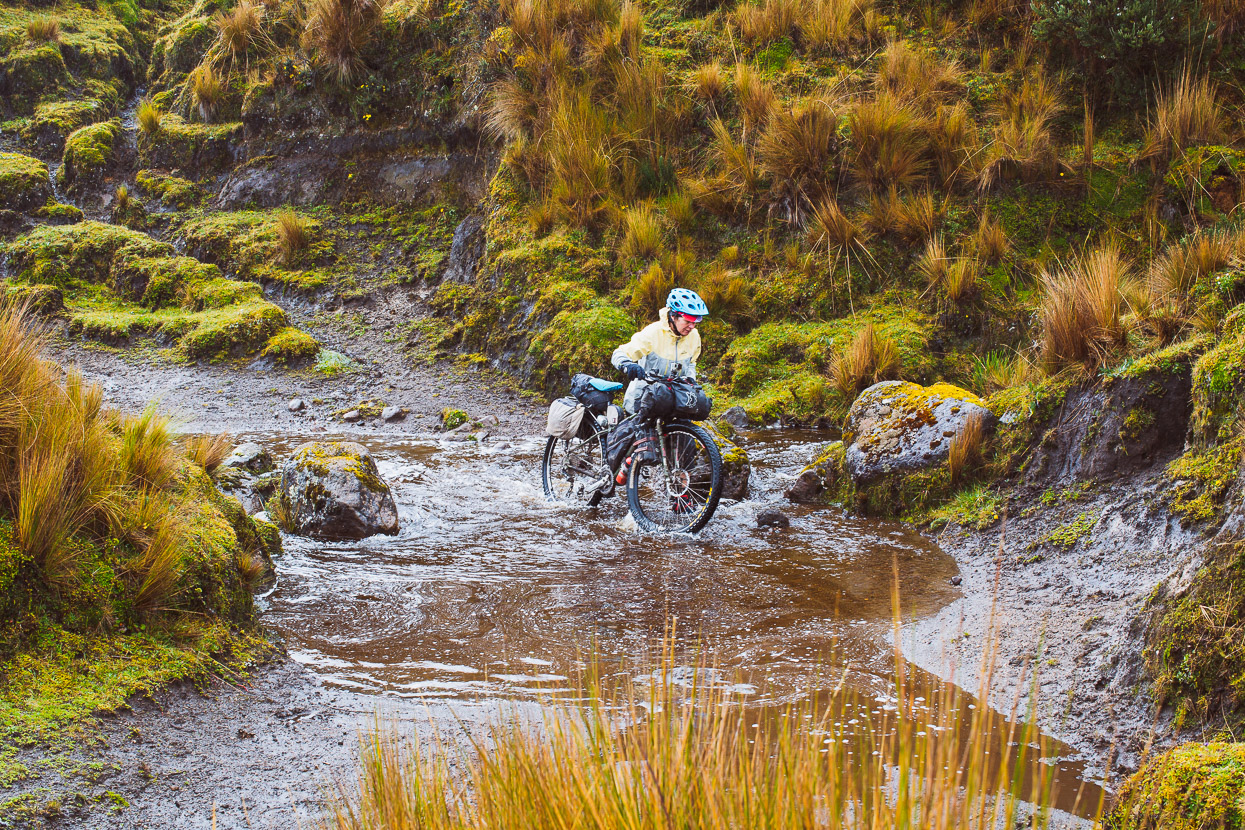
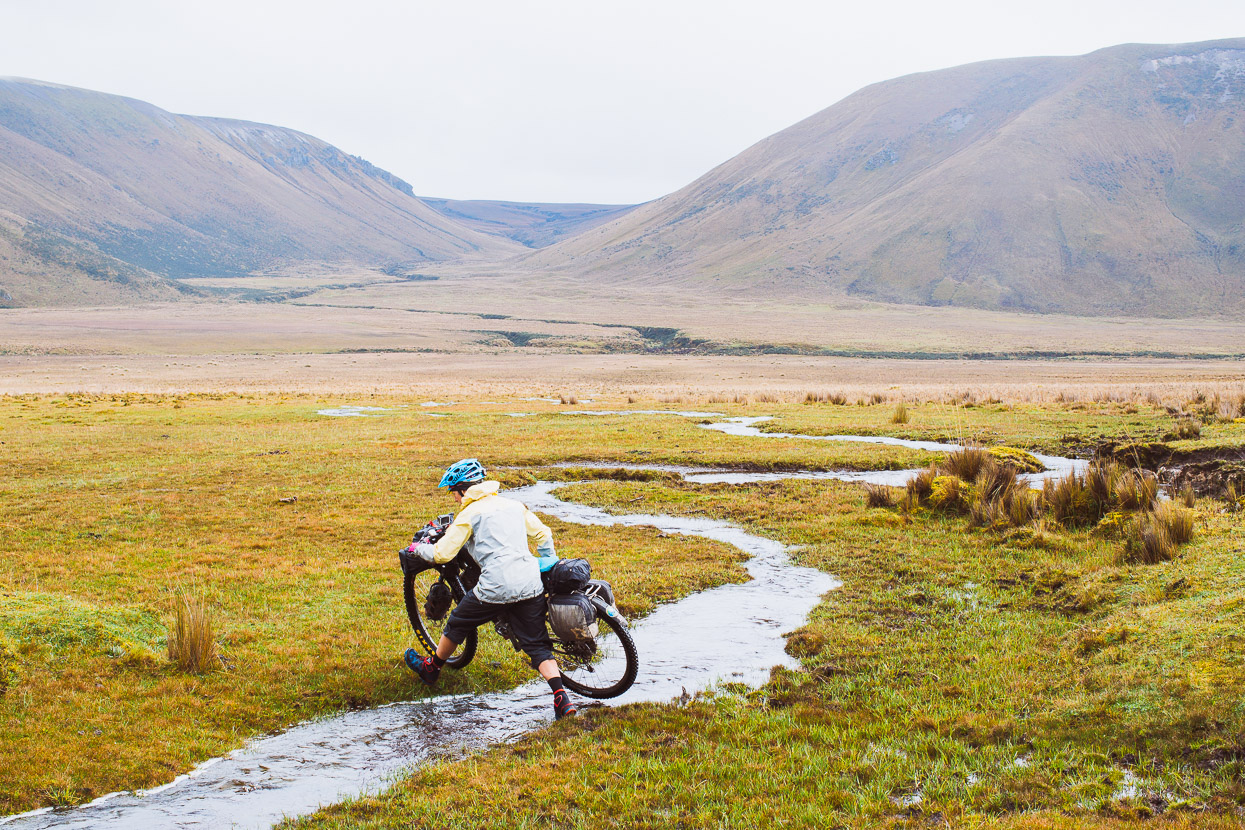
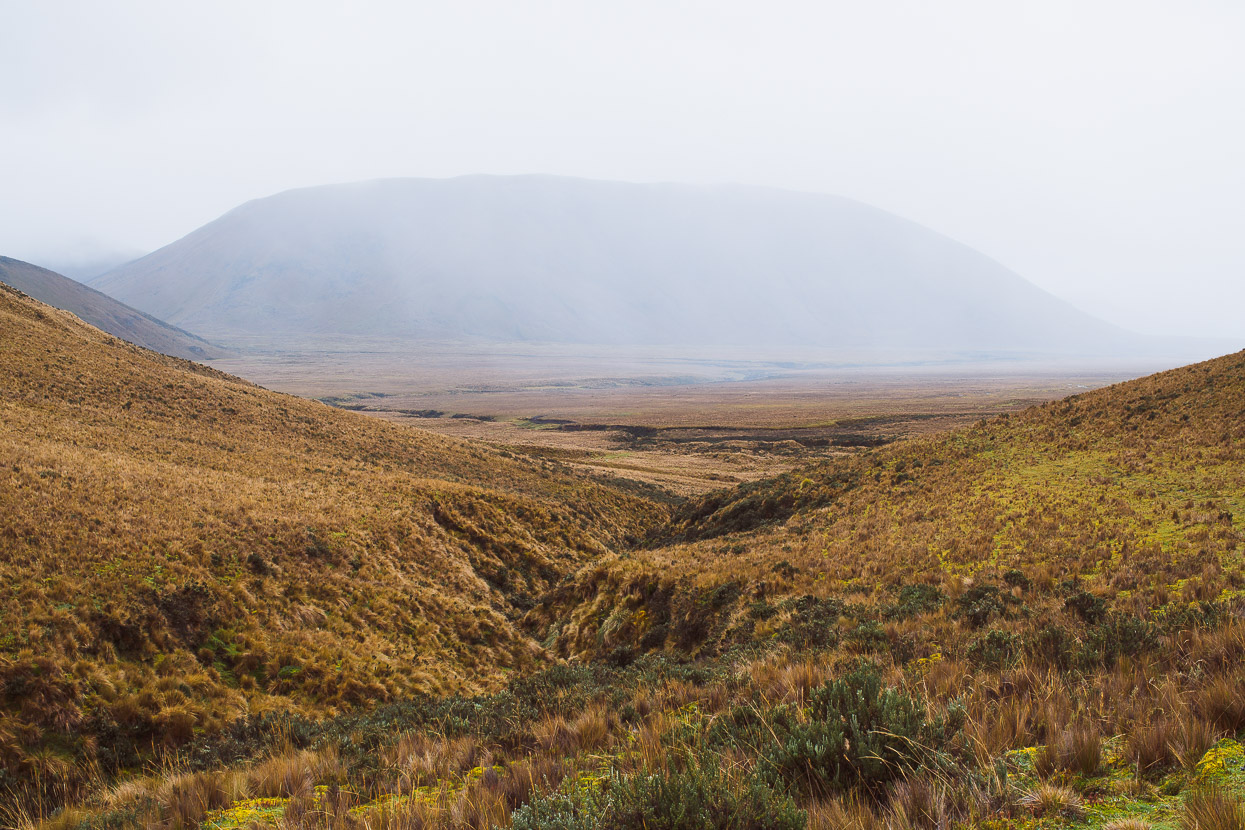
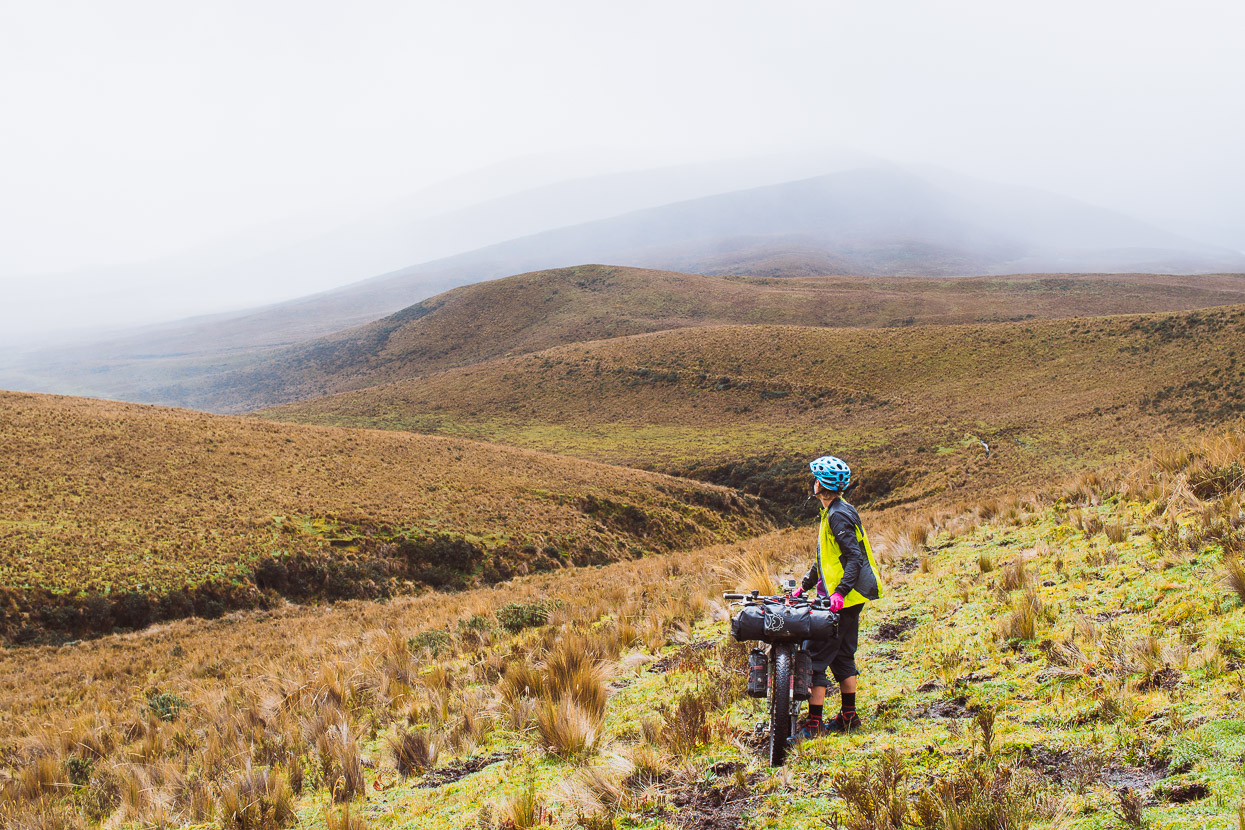
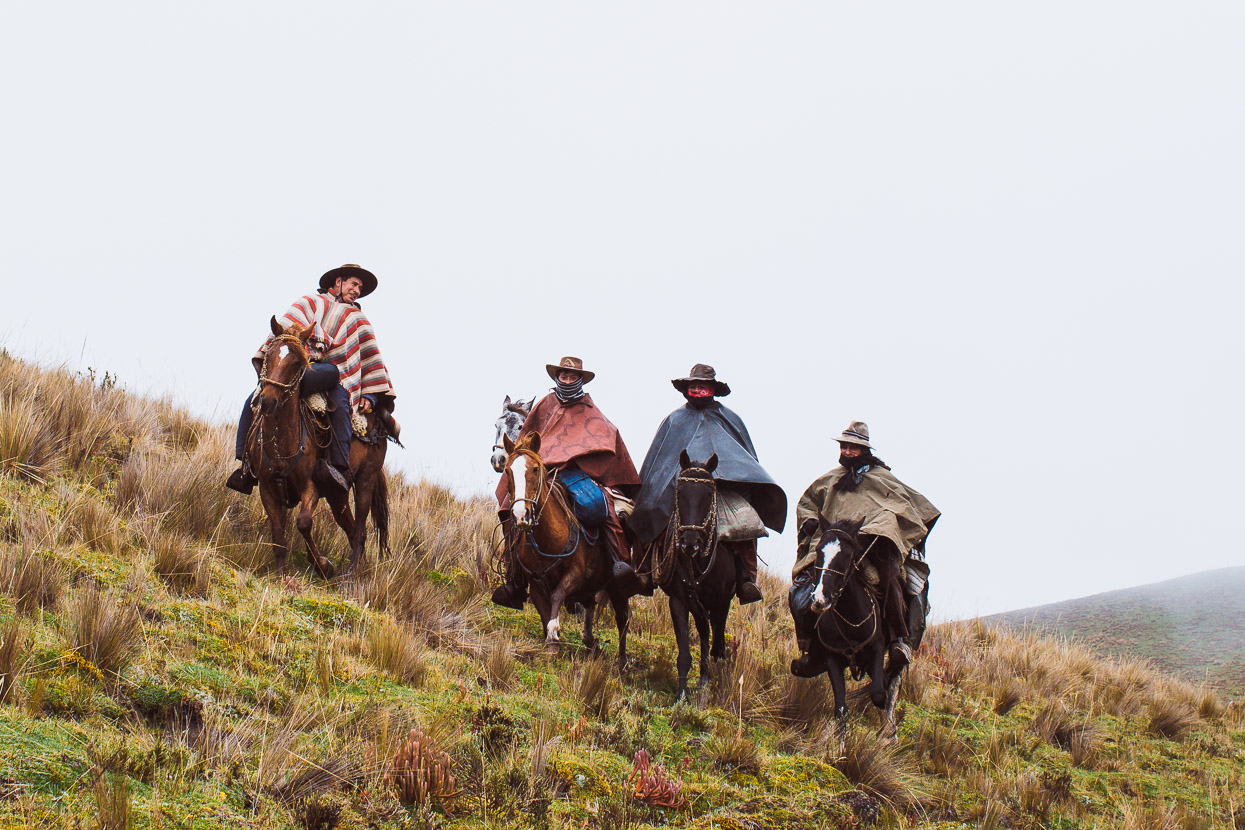
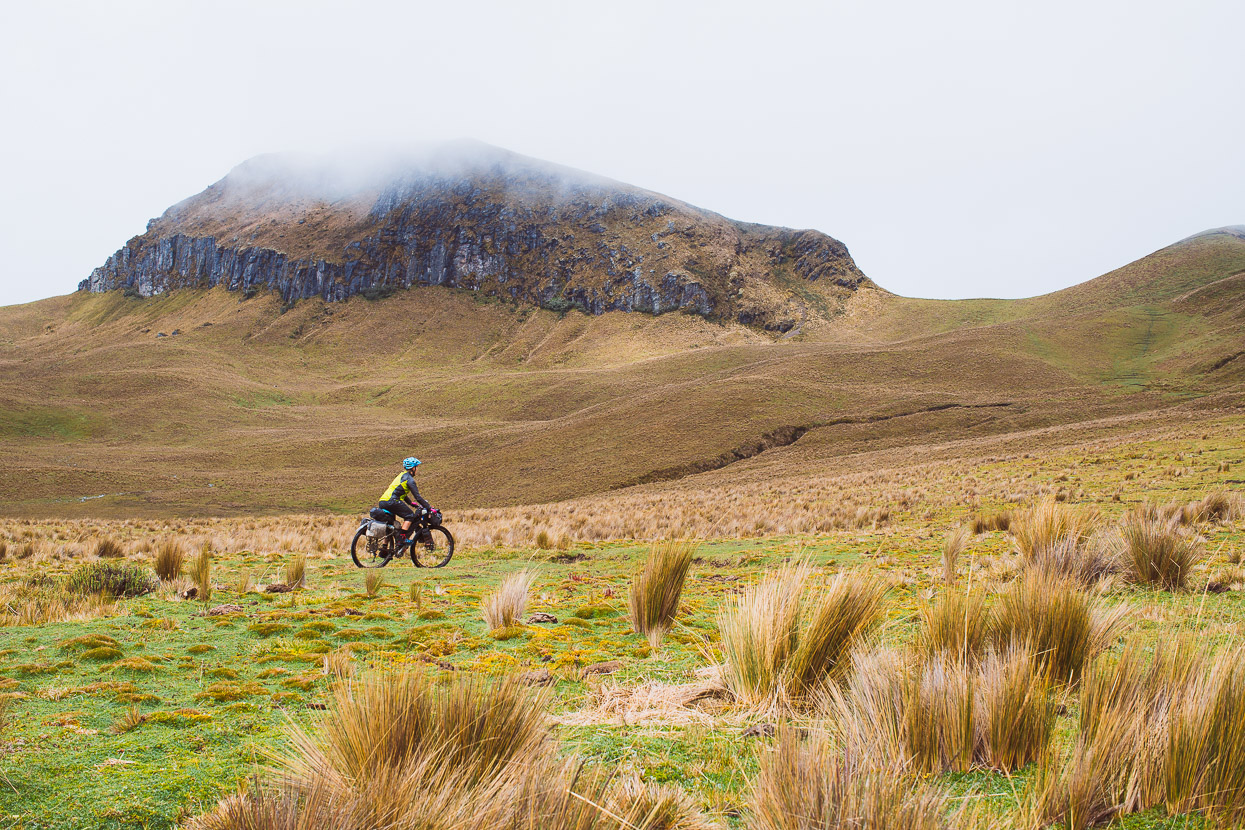
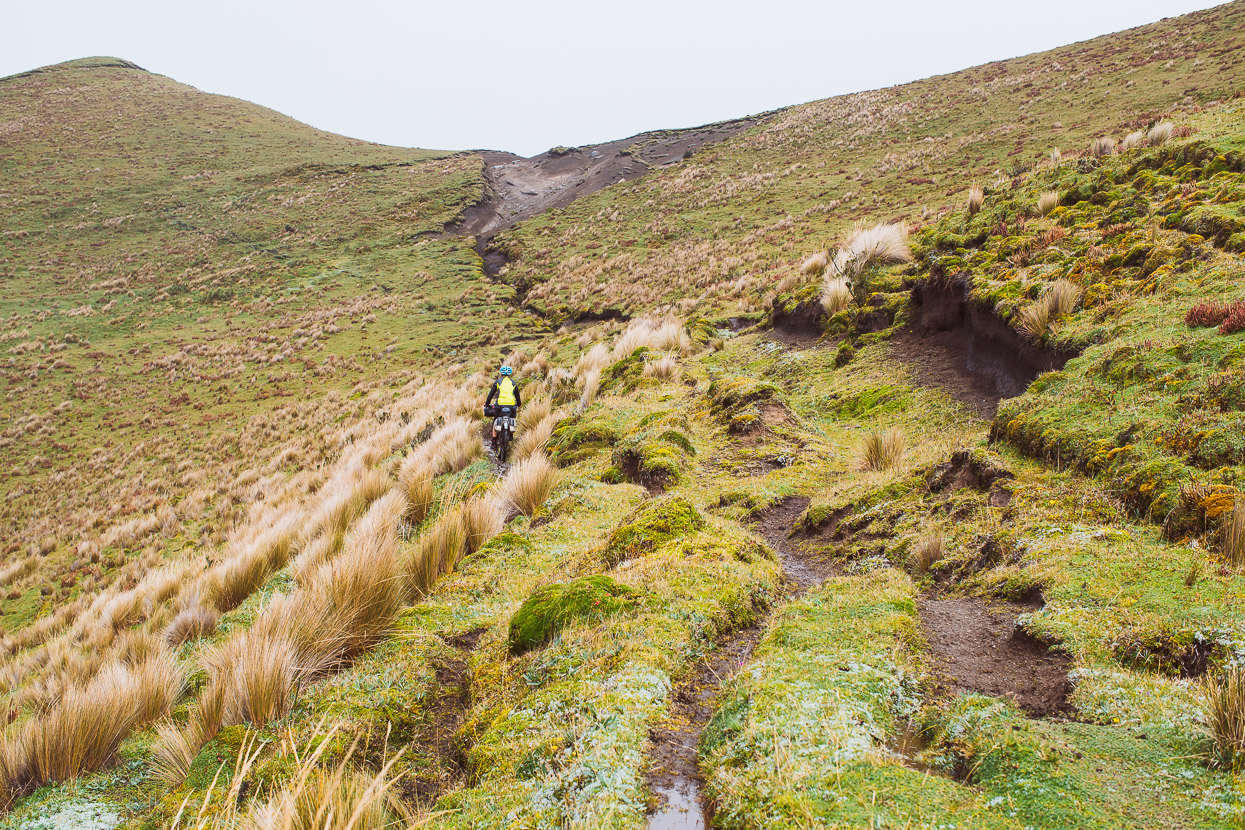
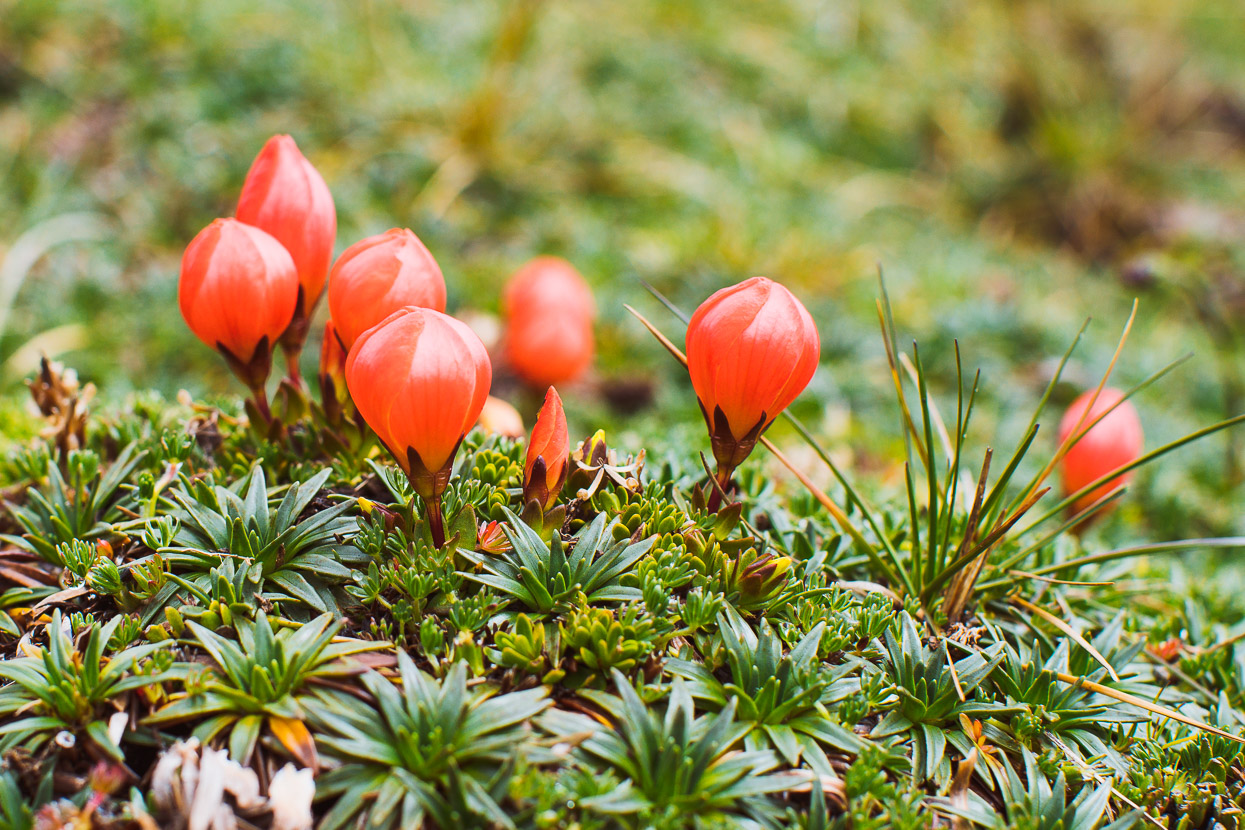
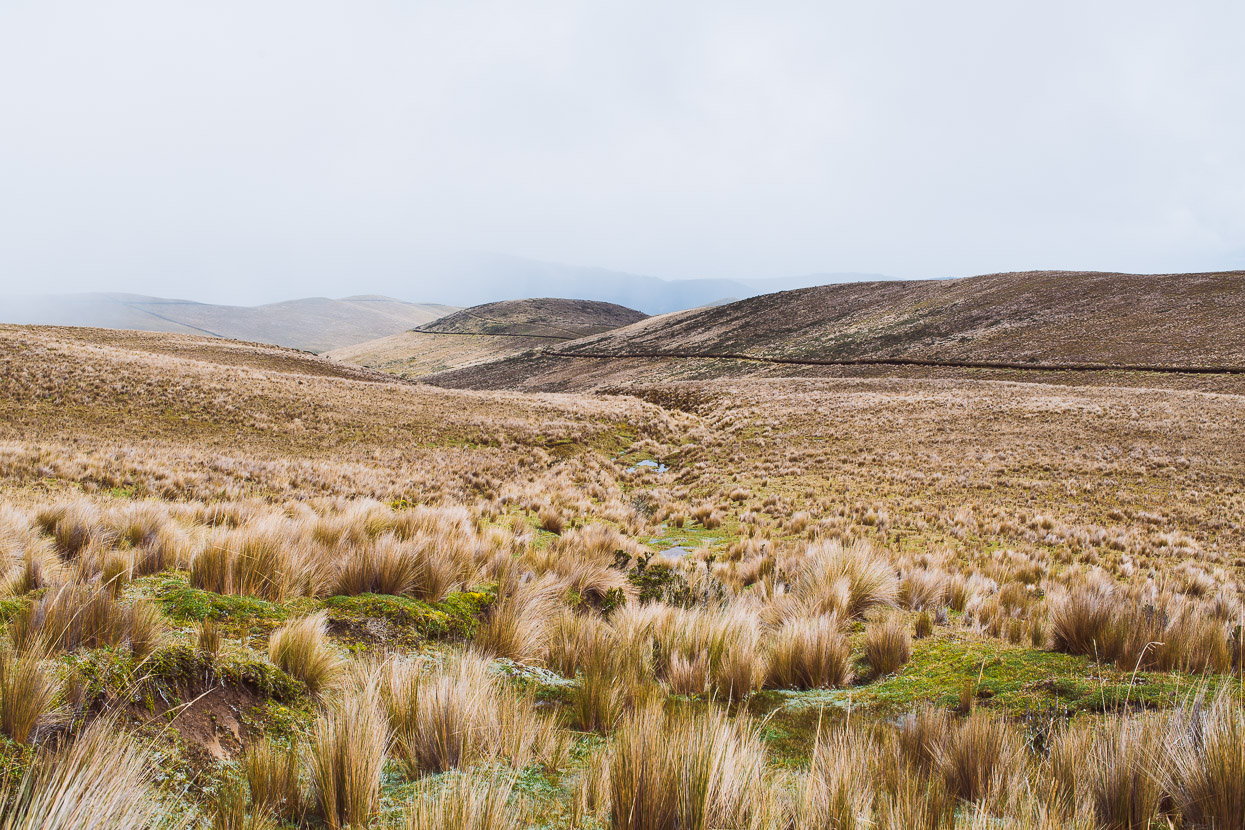
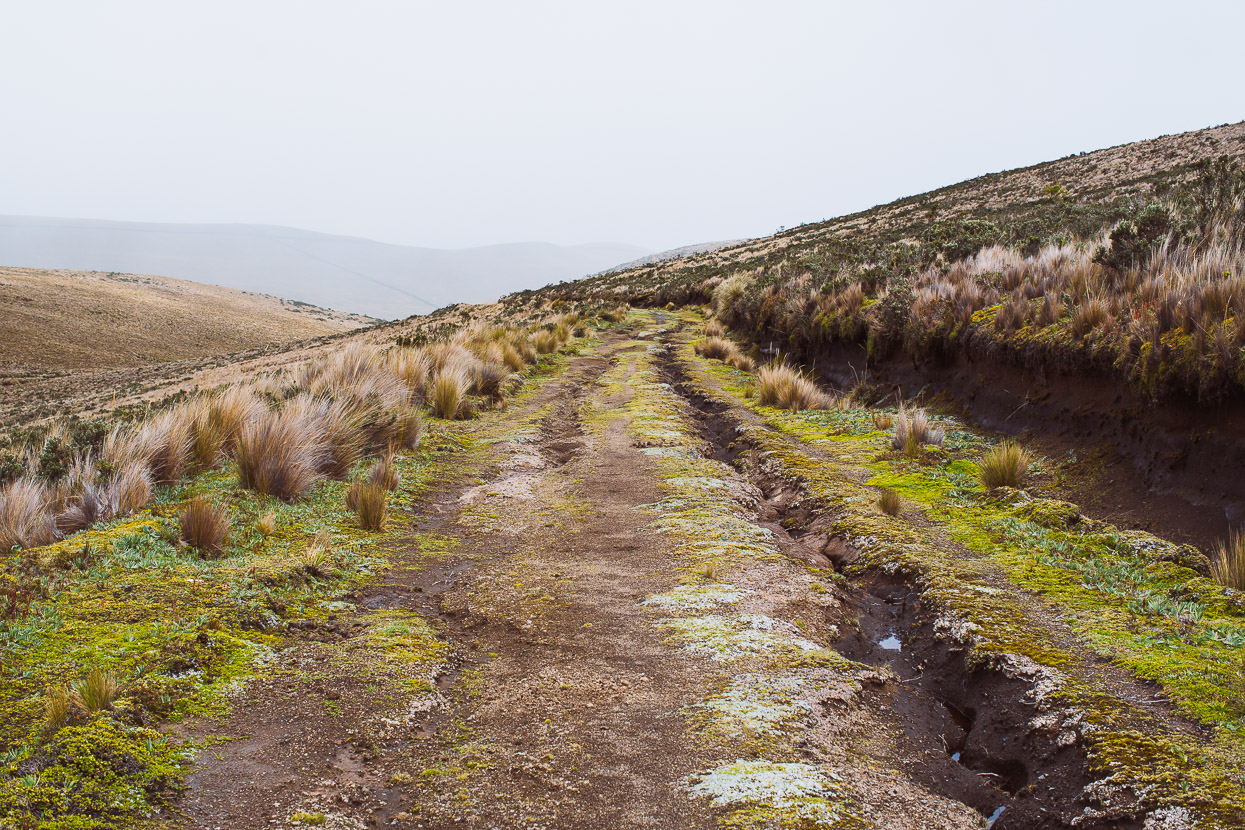
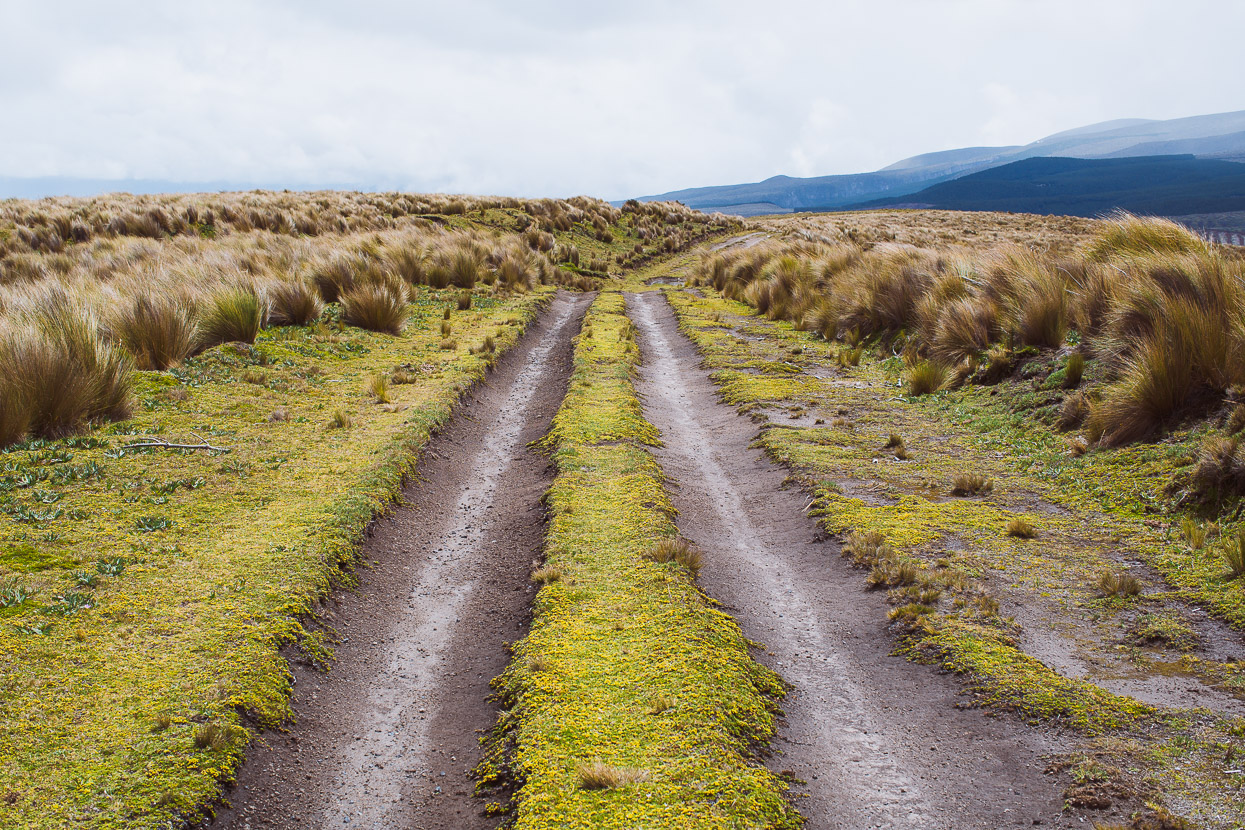
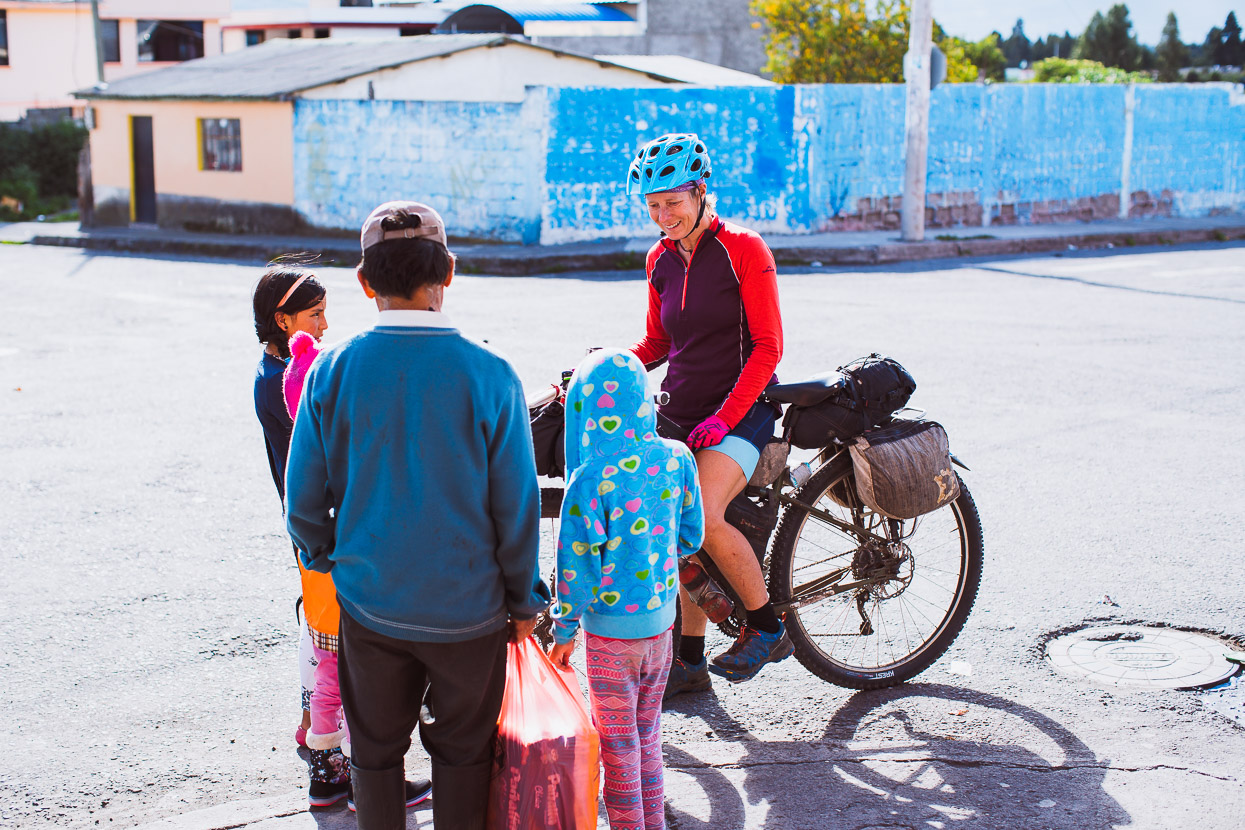





Freekin awesome as ever, so much in all those pics – spikey teeth on jockey wheel, terrain that could be mistaken for central NI, or Central Otago, towns & cities of immense character …… thanks – I have shared your website with my 91 year old father so he can indulge in vicarious travel, plus my 18 year old nephew who want to travel on leaving school ….
No worries Graham! Thanks for the comment. Yes the landscape is remarkably like NZ at times. Until you see a vicuña poke its head over a ridge 😉 More good stuff coming in the next post. Hope you are well!
Gee whizz, all that country & not an animal in sight ! Is it too cold/high for sheep or cattle ? Some of these pics are very like the Mackenzie Country. Glad you know where the tracks are !! Thank you for showing us Quito in all it’s glory; fascinating architecture. Any markets ?
Hi Madge! Yes we saw a few cows on the route around Cotopaxi – but hardly the numbers you’d see on NZ farms! I didn’t photograph them though as llamas are much more interesting – which incidentally we have seen a lot of lately… (next post). Been to one interesting market too and going to another in a couple days. Will report back 😉
Hi Mark,
How many kilometer have you estimated to have ridden when you needed to replace your chain, chain ring and roller?
Also, how many speed is your drivetrain?
Planning similar route come next year.
Thanks!
Hi Reynante. We replace our chains about every 2500km, this helps make the rest of the drivetrain last longer. In 30,000 km I’m now on my 3rd set of small and middle chainrings and 3rd cassette. We currently run 3×10 with 22t small chainring and 11-40 cassette which gives a very easy climbing gear for long/steep mountains.